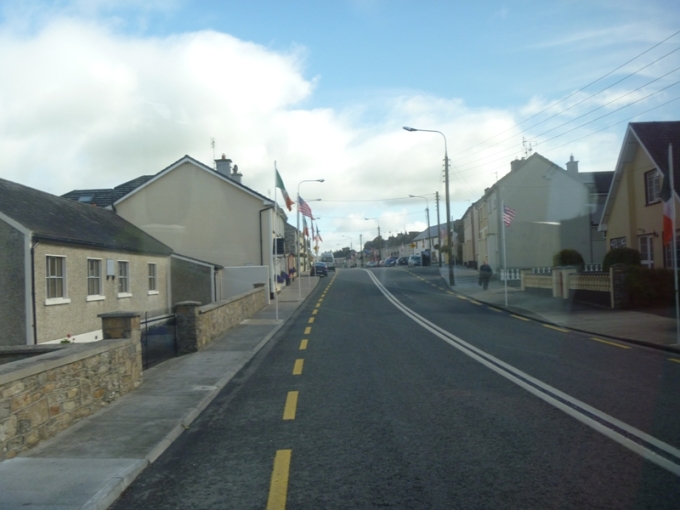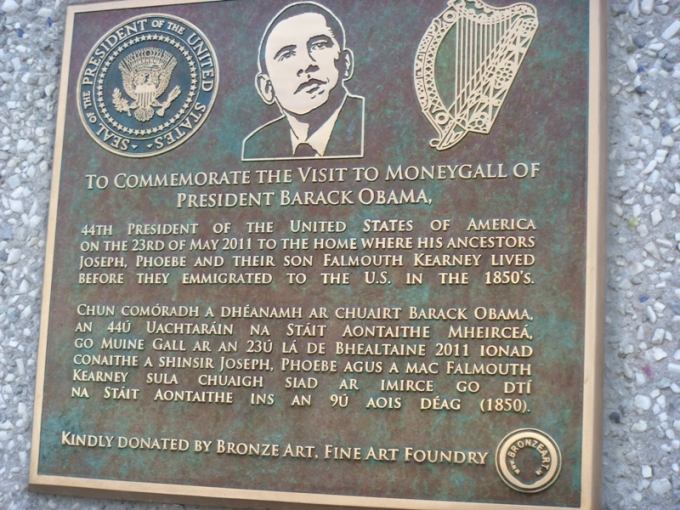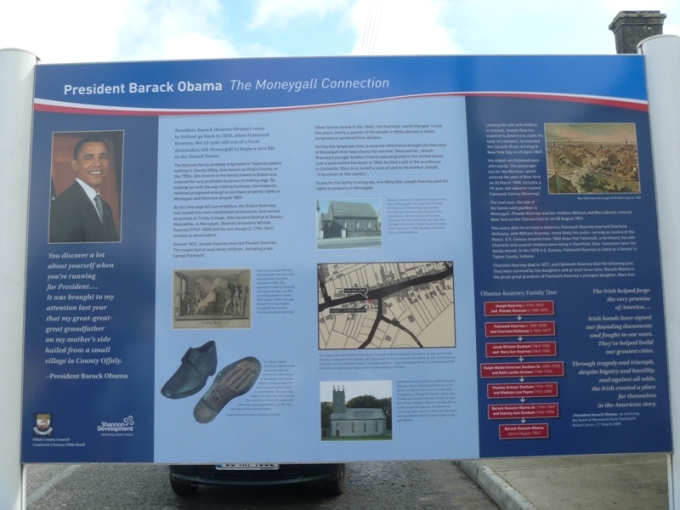From 7 to 14 September 2011 we had a long anticipated holiday in the County Kerry in Ireland. Below are photographs that some of us took during the week and these will be added to in time as others who were with us on the holiday add their contribution.
The main group of ramblers flew to Dublin fro Gatwick on 7 September. Eight of us had arrived in Ireland by other means and we all met up at Dublin Airport. A kind tourist volunteered to take this photograph of the eight as we waited for the plane to arrive.
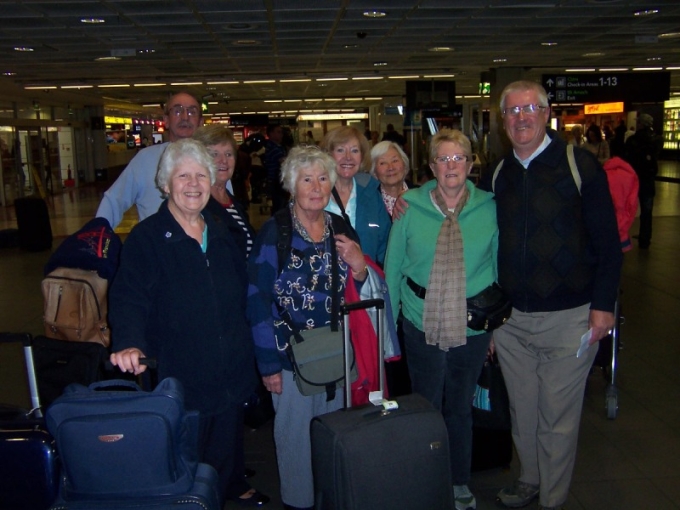
We were met at the airport by McGinley Travel's driver Brendan who looked after our hotel and travel requirements for the week. It was a long drive to our base in Tralee but the journey was worthwhile as flying into Dublin rather than one of the smaller airports enabled us to be flexible with members who decided to come at a later stage than the first batch. This meant that we could accommodate 22 members compared to the original booking of 13. The increase in numbers got us a handsome reduction of €40 per person.
On arrival in Tralee we checked into the Carlton Hotel, formerly known as "Fels Point" and were impressed by the quality of the accommodation and the friendly service provided by Carlton staff.
The five photographs are views from or bedroom windows, the fifth one showing, towards the bottom right, a small stretch of the river Lee which flows behind the hotel.
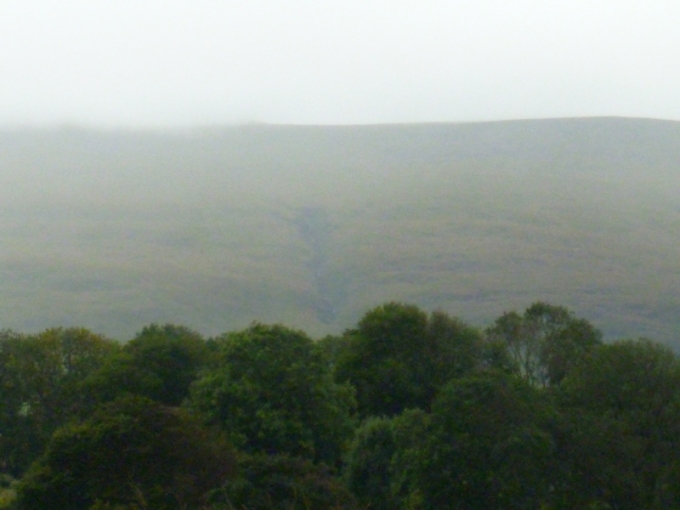
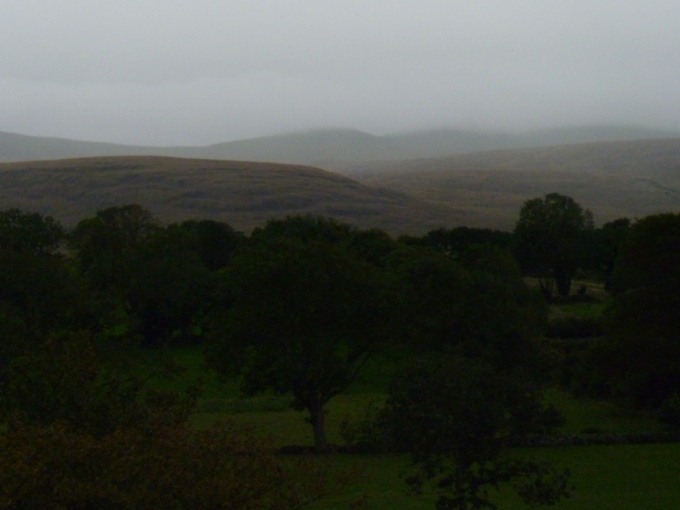
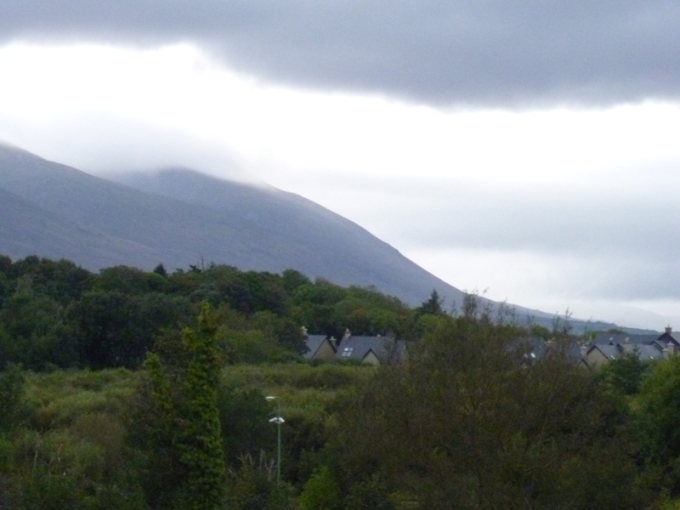
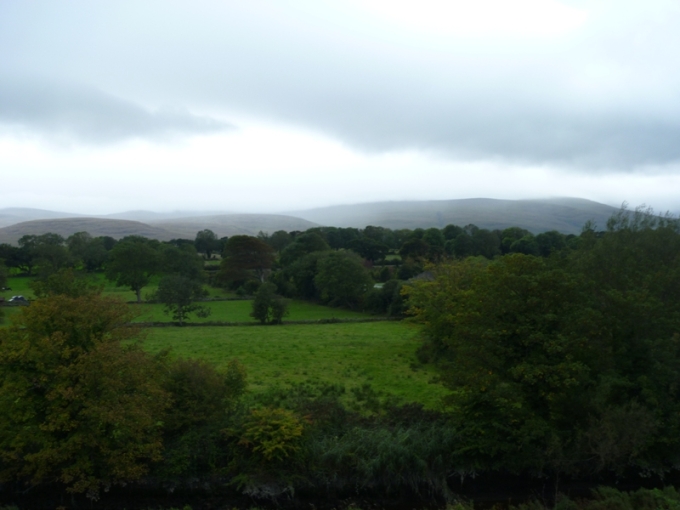
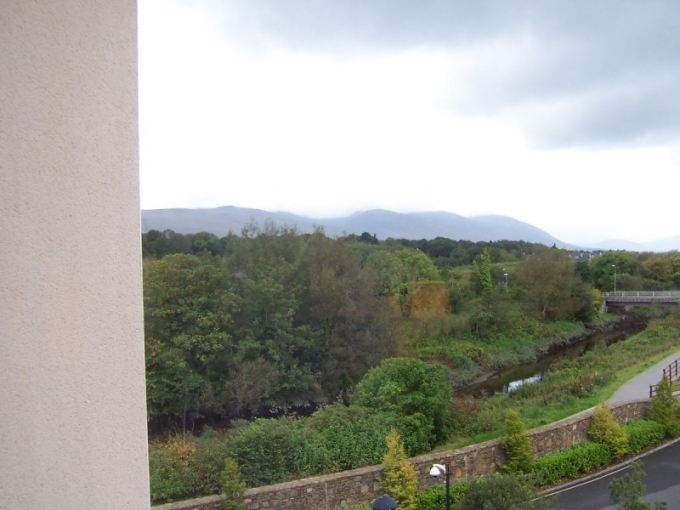
The restaurant at the Carlton fed us well first thing each morning and towards the end of each day. All our photographs there were at dinner rather than breakfast!!
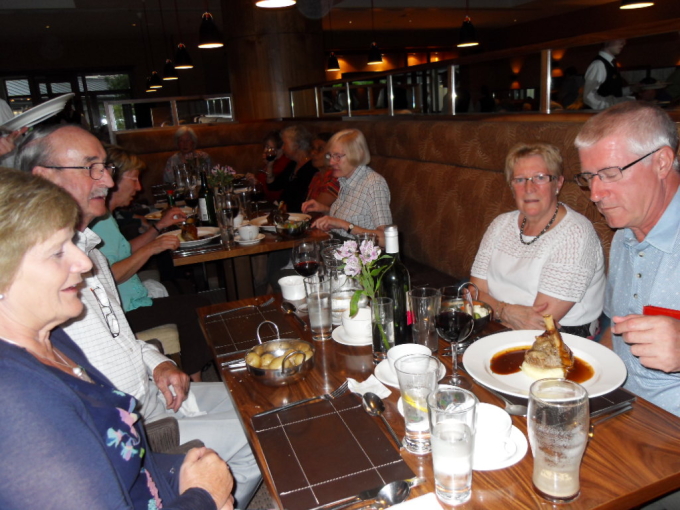
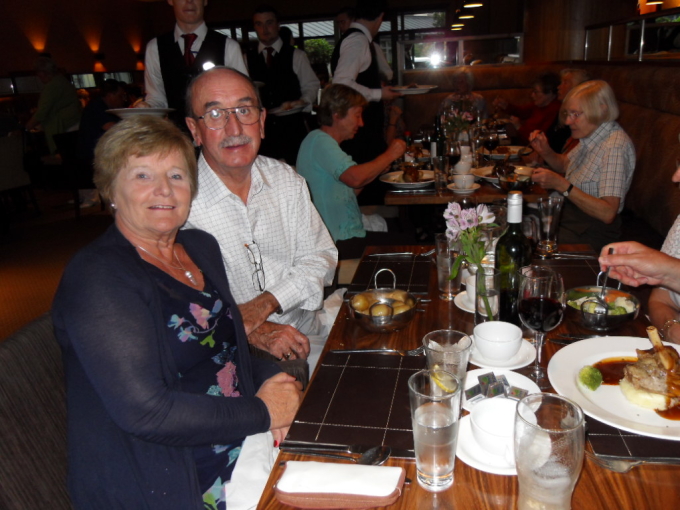
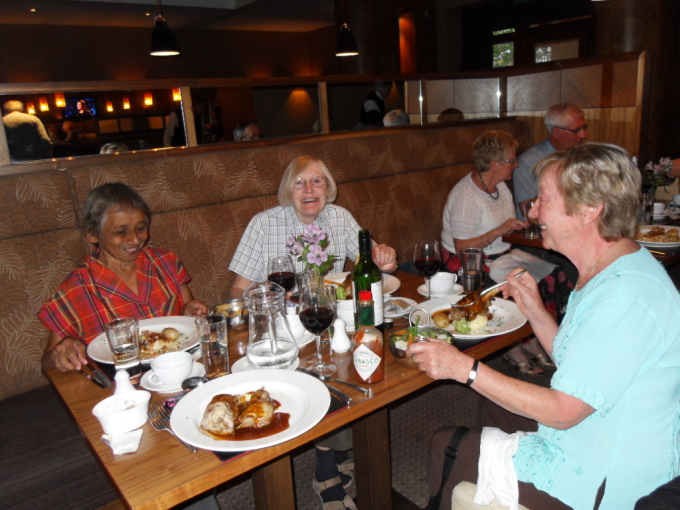
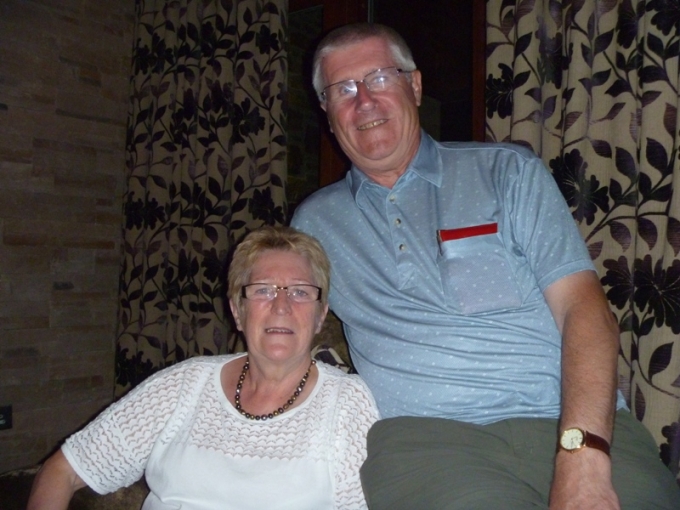
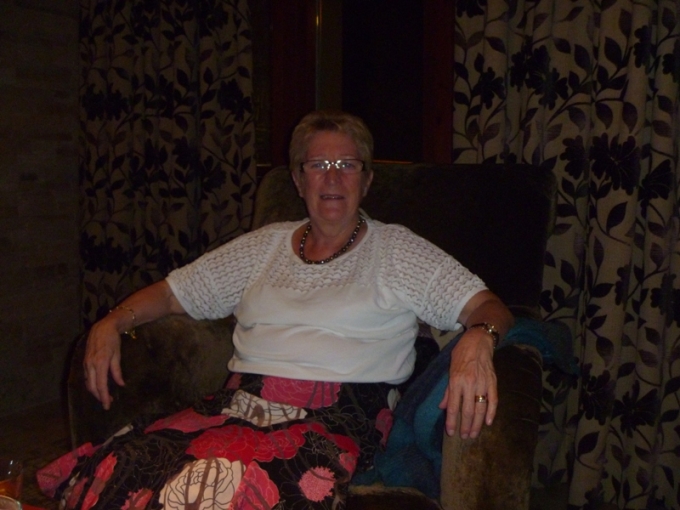
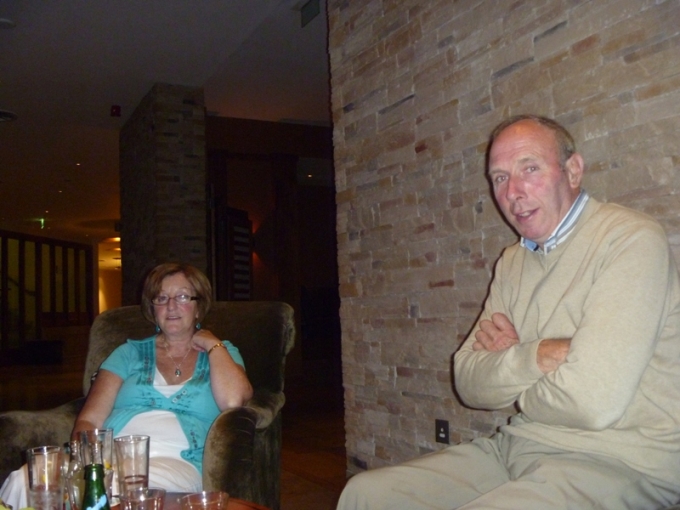
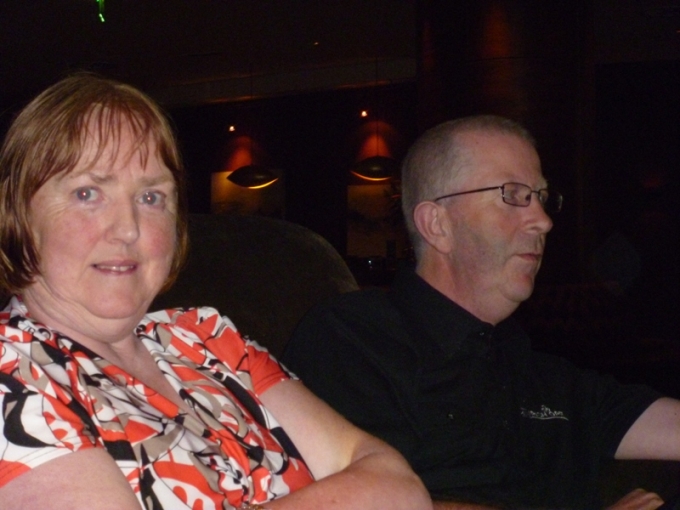
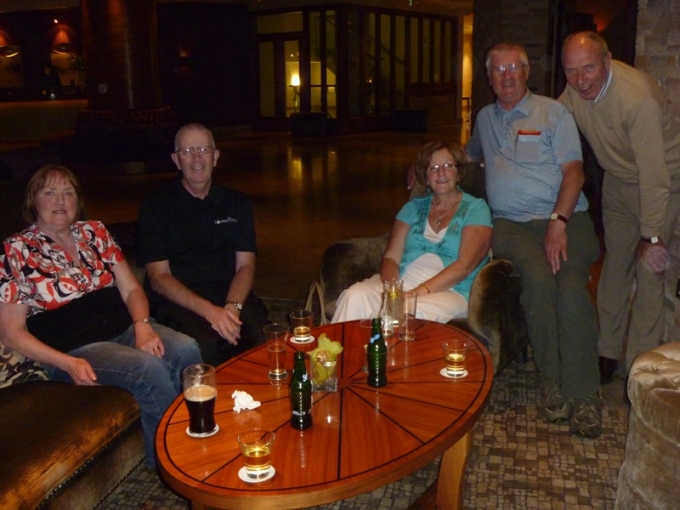
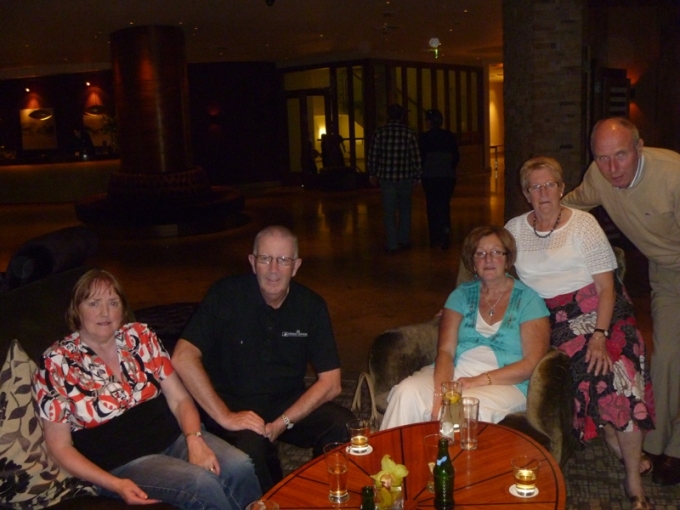
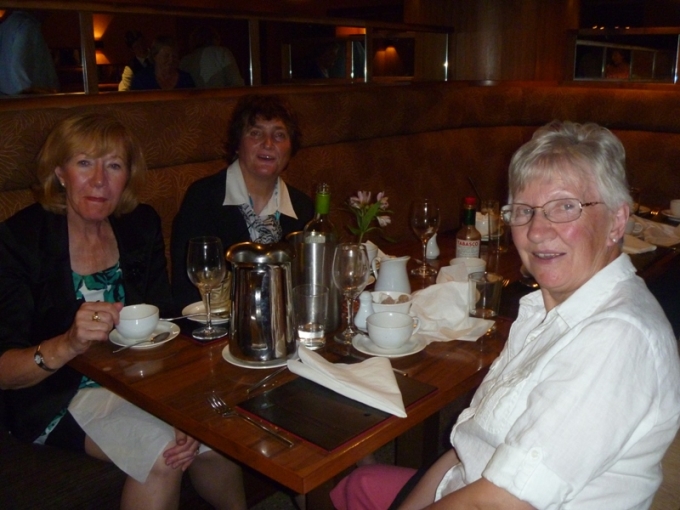
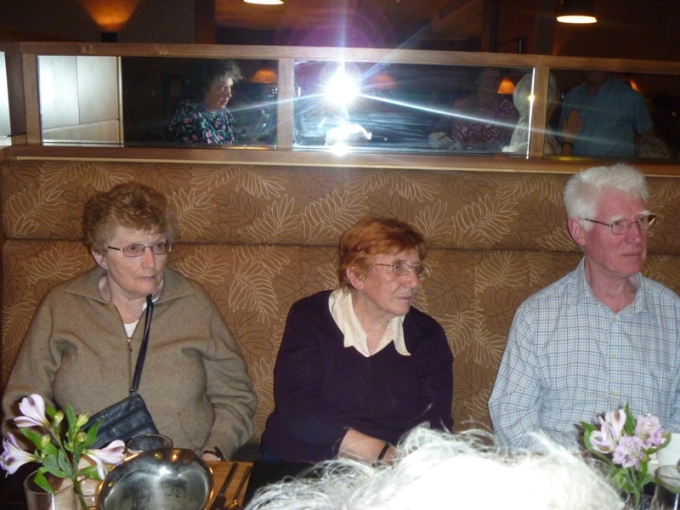
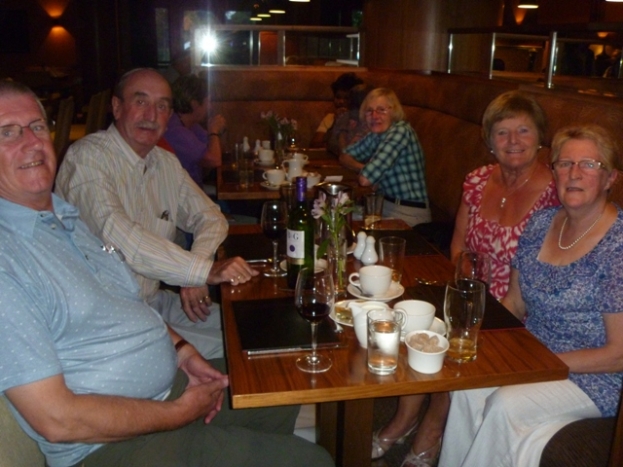
I seem to have the attention in this one so must have been announcing something interesting
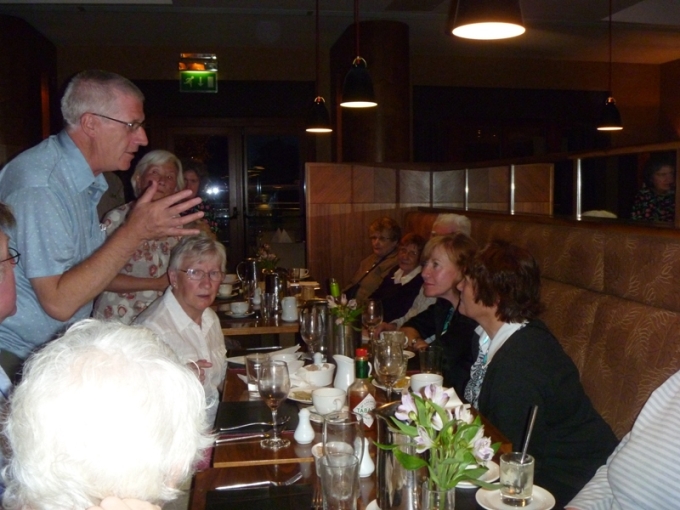
DAY 1: On Thursday morning after an early breakfast Fr Jim led us on walk along part of a long distance known as "Cosan na Naoimh"(pronounced "Cusawn na Nave" and translate as "Pilgrims Way" in English). Waymarks like this one appeared from time to time along the way.
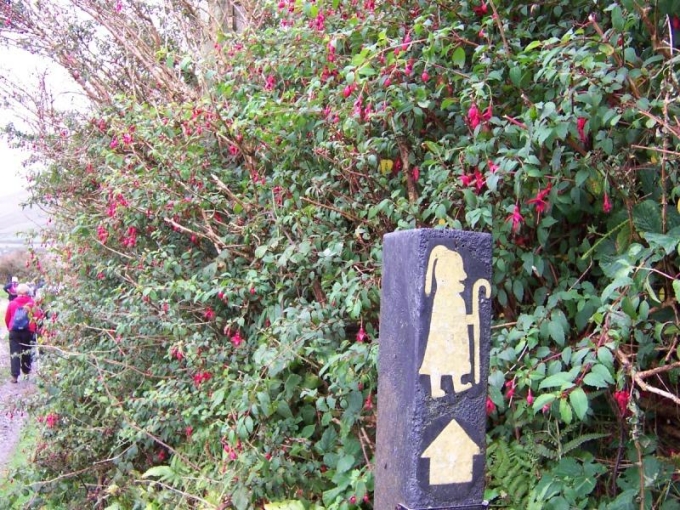
Straight into the countryside from our start point at Ventry we walked between hedges with the most prolific display of fuschias I had ever seen. In parts the fuschias shared their space with the lovely St Brendan's Lilly. I did not photograph the lilly but I saw other walkers doing so and hope eventually to include their photographs here as well
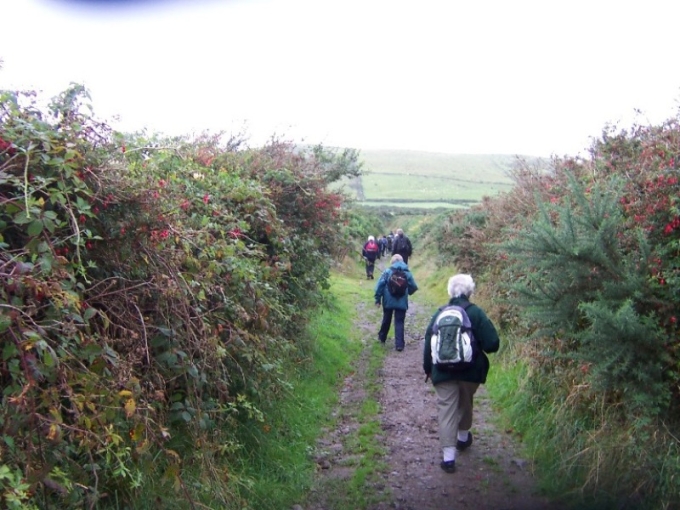
Throughout the walk we were surrounded by beautiful Kerry scenery and I caught this striking view of mist on the mountain top.
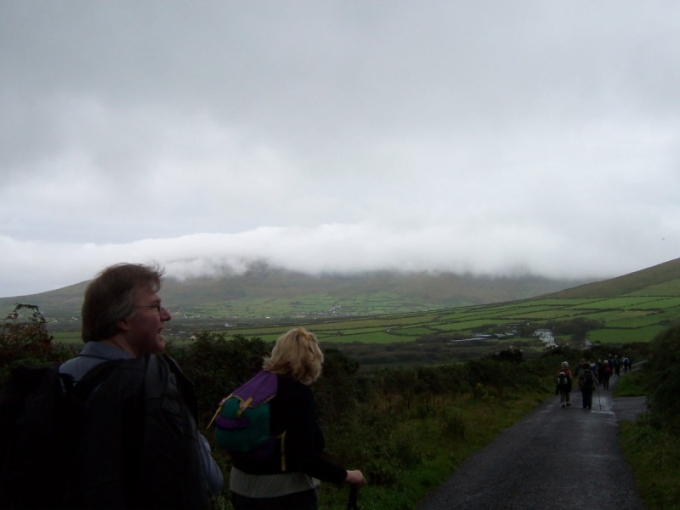
And of course on the Dingle Peninsula you are never far from the sea and in the background. In the background here is a beach known as "Ceann Trá", (pronounced Keown rhyming with clown, Traw and meaning Head of the Strand).
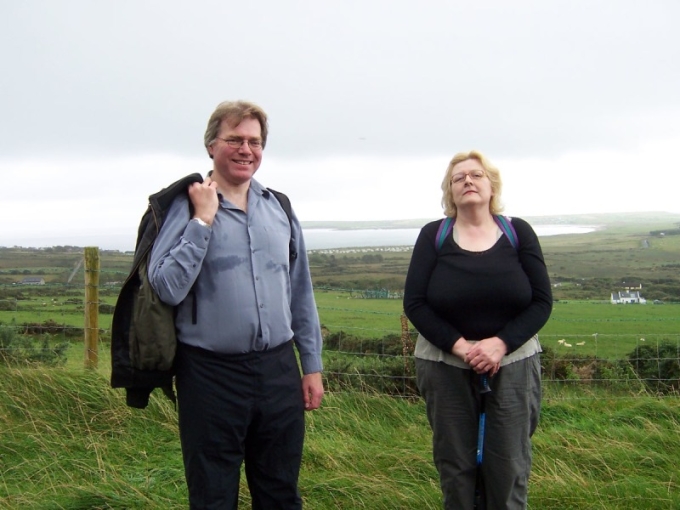
As always on a ramble our group spread out from an early stage and when the front runners waited for the rear to catch up we had an opportunity to photograph the full group in the beautiful Kerry setting. The first one below was taken by Alice with me in it and the second was taken by me with Alice in it.
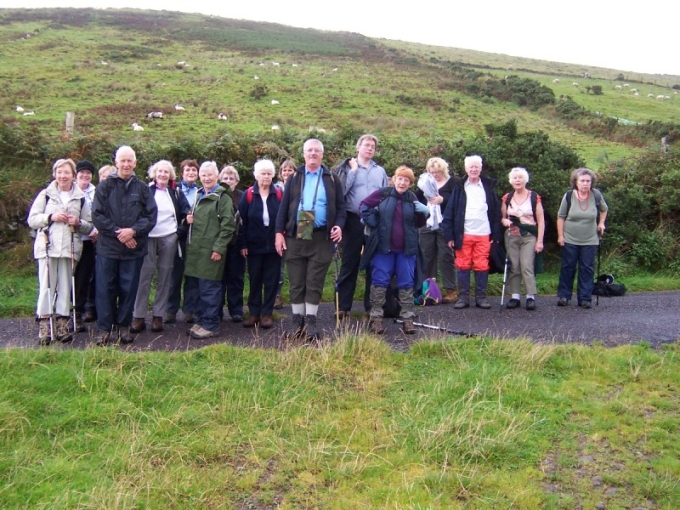
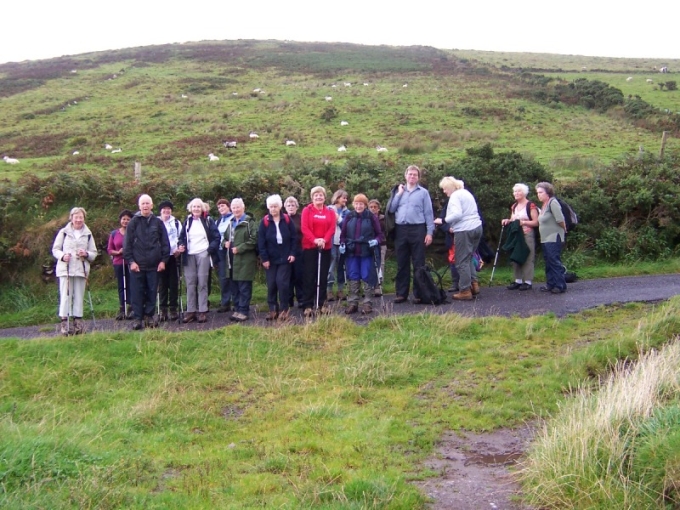
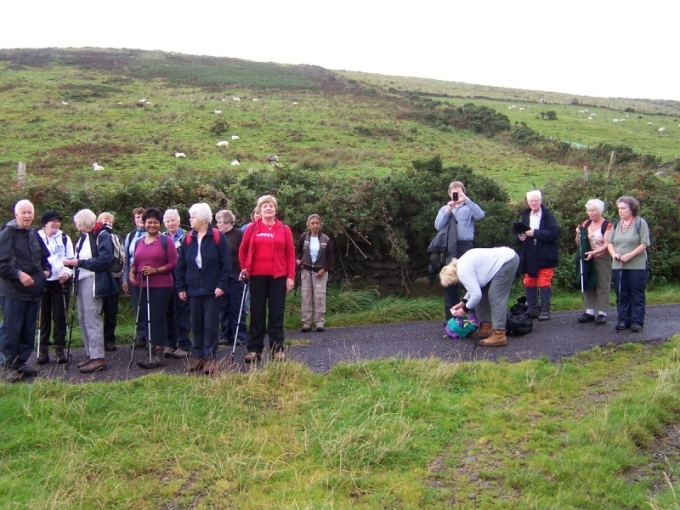
Shortly afterwards Fr Jim took us to the remains of an ancient oratory, of which there are many examples in the South West of Ireland and this one provide an ideal setting for our first recitation of the Peace Prayer of St Francis.
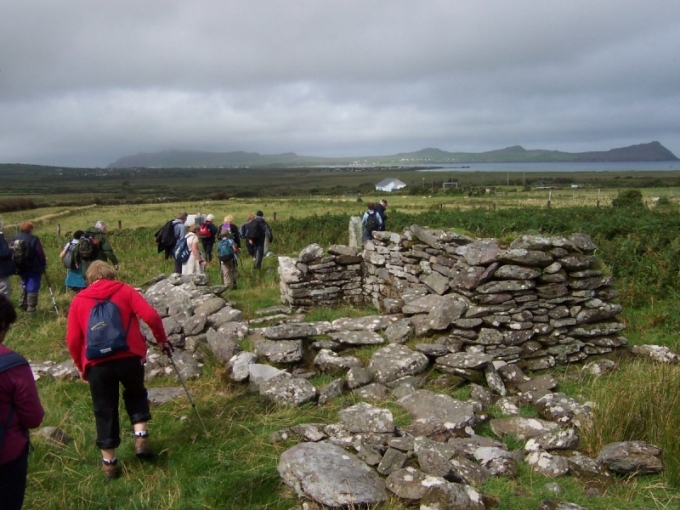
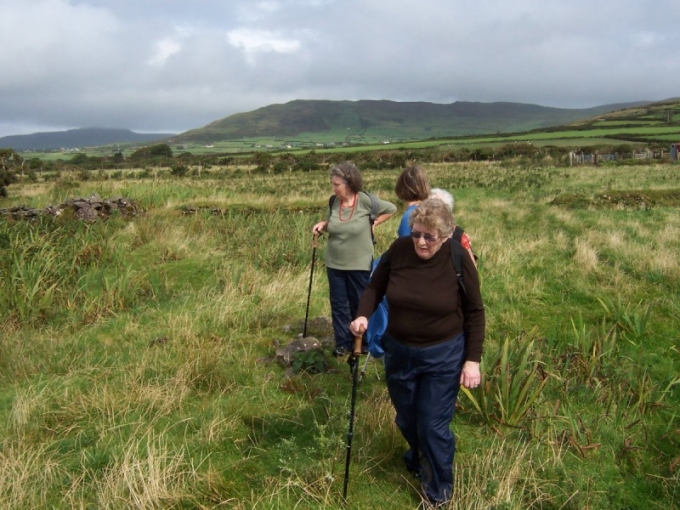
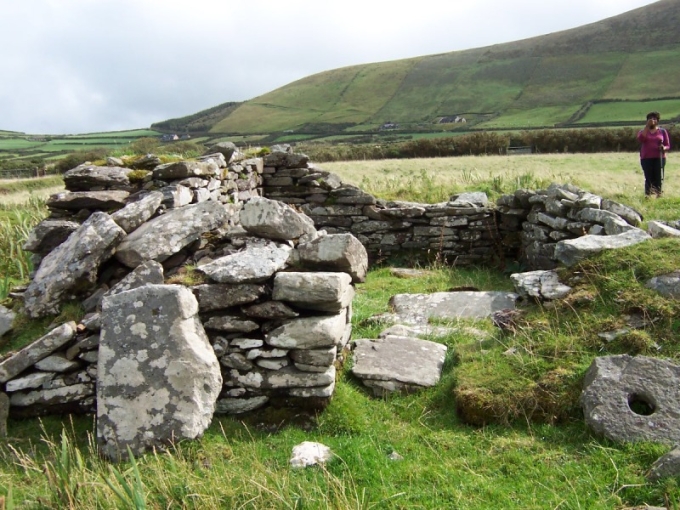
Here we saw a good example of a standing stone, also found frequently in the South West.
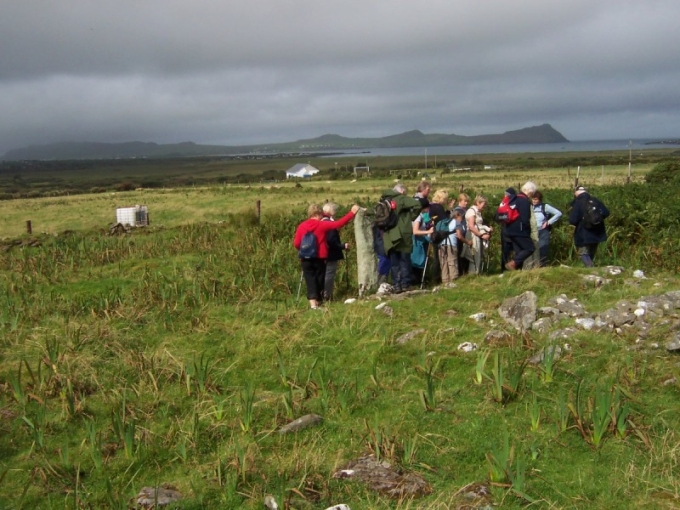
These two were taken by Ant with her I Phone
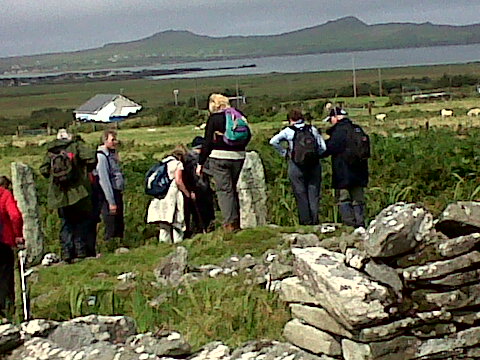
A little further on we saw more elaborate remains of a Chief's house.
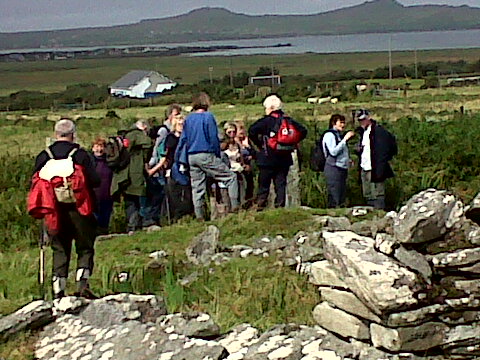
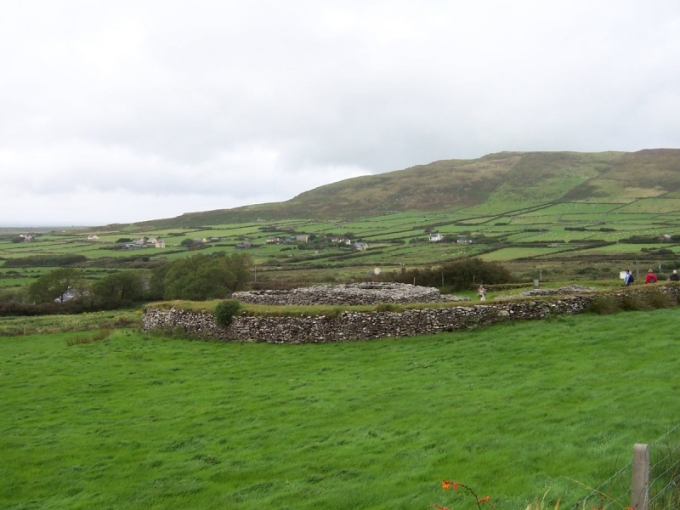
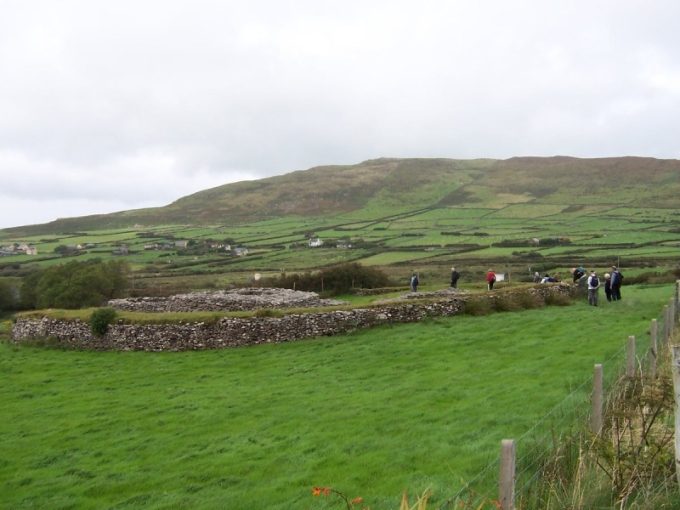
Then we visited what is known as "The House of the Chancellor", the residence of a senior church official, the Chancellor of the Diocese of Ardfest. The Chancellor was paid out of monies collected at Kilmalkedar Church which we visit later in the day (some photographs below).
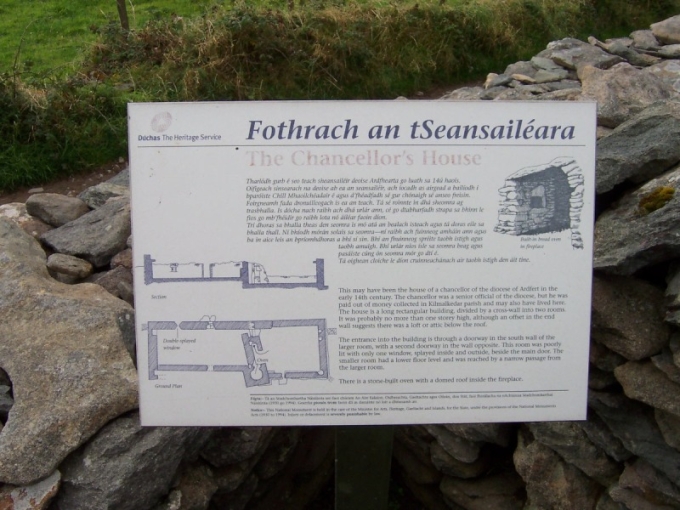
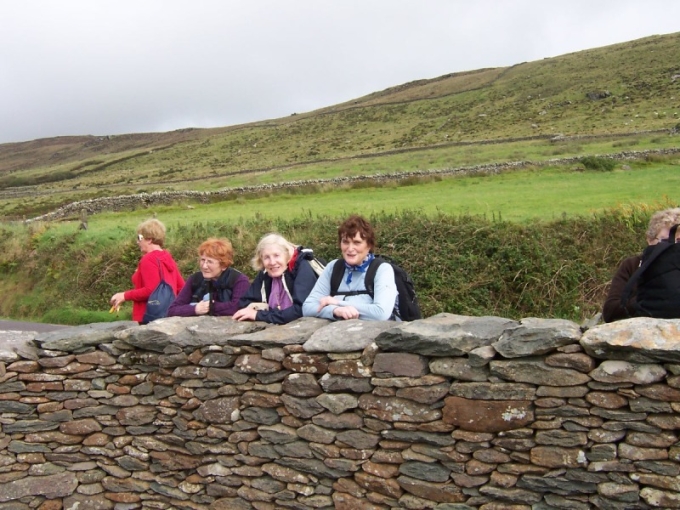
Clearly the Chancellor's House is in a good state of repair and more remains exist than of many buildings of the 14th Century.
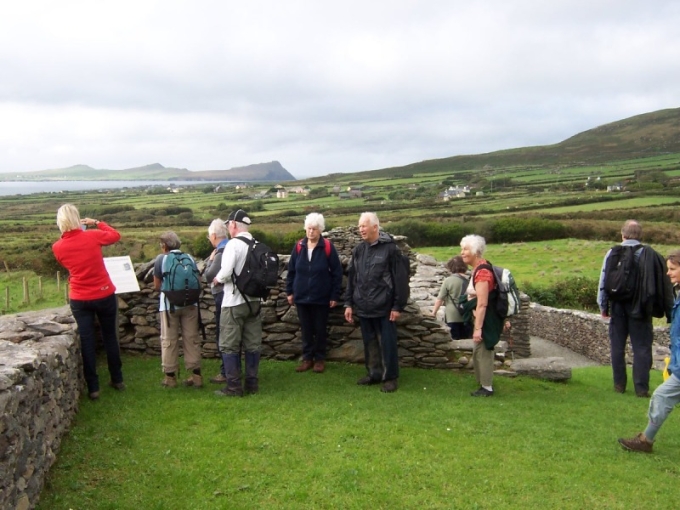
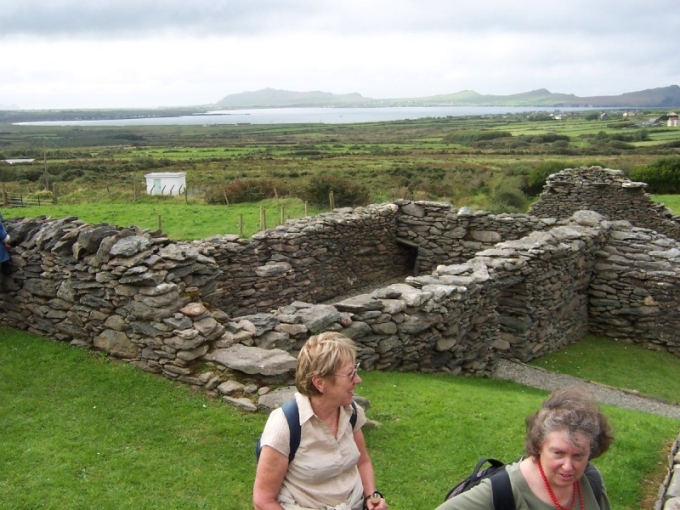
A major point of interest was a building known as "Gallarus" (meaning "The Foreigner's House", an oratory built some time between the sixth and twelfth century depending on which authority you believe but in any case an incredibly well preserved example of early Irish Church architecture. There is an ineresting article about it at http://en.wikipedia.org/wiki/Gallarus_Oratory
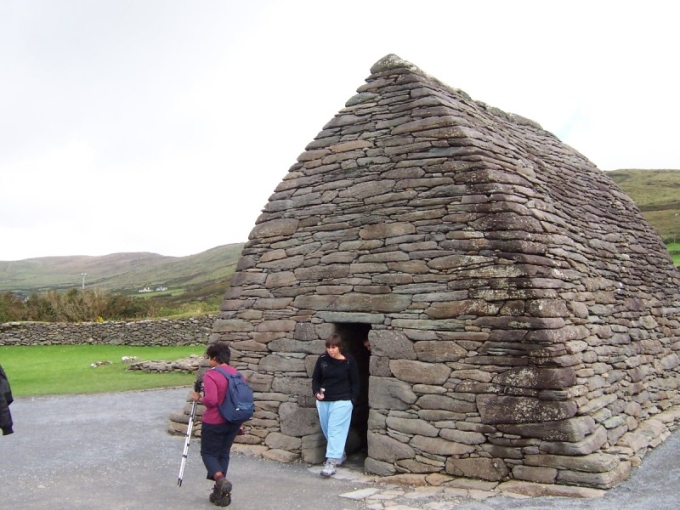
Fr Jim gave us the benefit of his knowledge about this and similar buildings on the Dingle Peninsula.
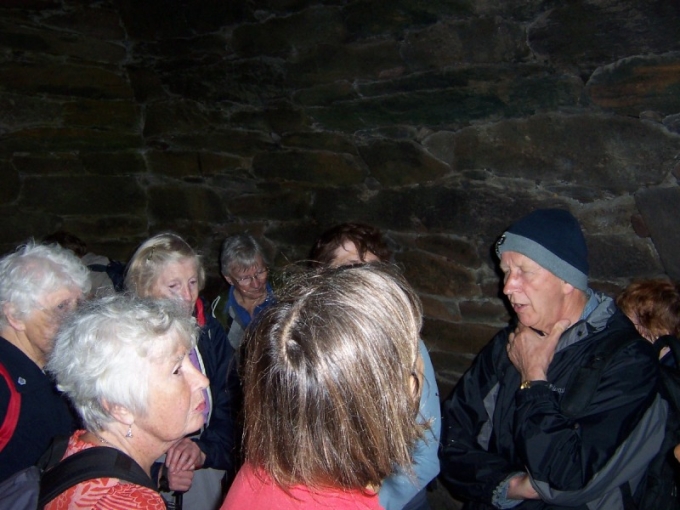
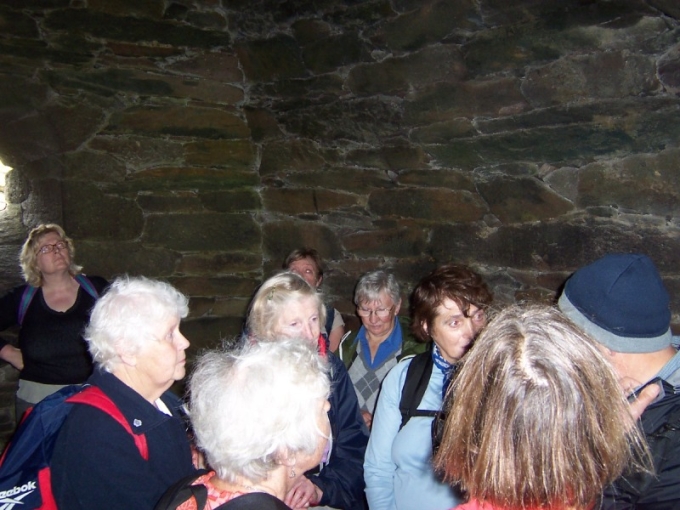
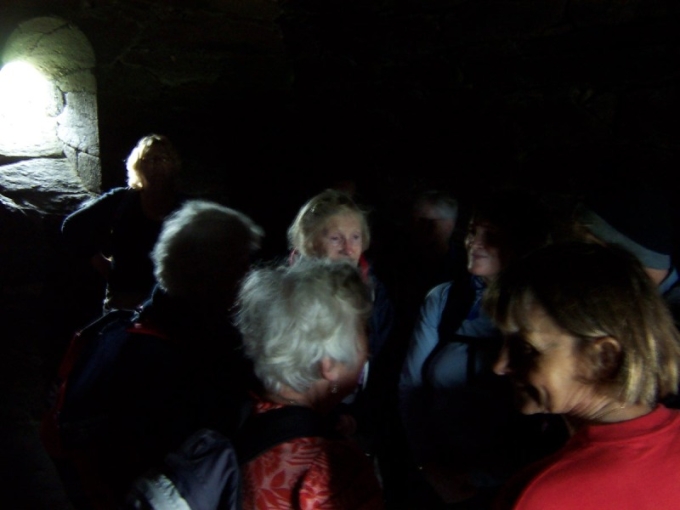
The little window behind Frances here is the only source of light in the oratory so obviously the flash was essential to get a reasonable photograph inside.
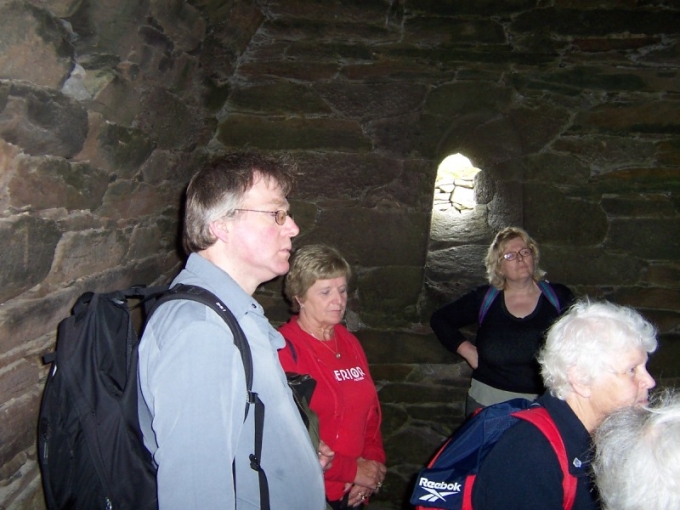
Alongside the oratory is this fascinating example of an ancient burial ground
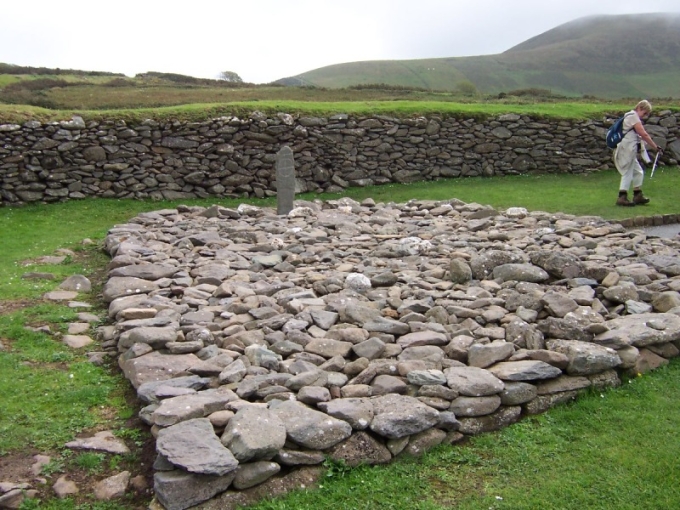
Having been misinformed by someone at the Gallarus visitor centre about the way to get to Kilmalkedar Church we retraced our footsteps up a short stretch of road to find the correct most appropriate route and again the group spread out considerably before we reached the top.
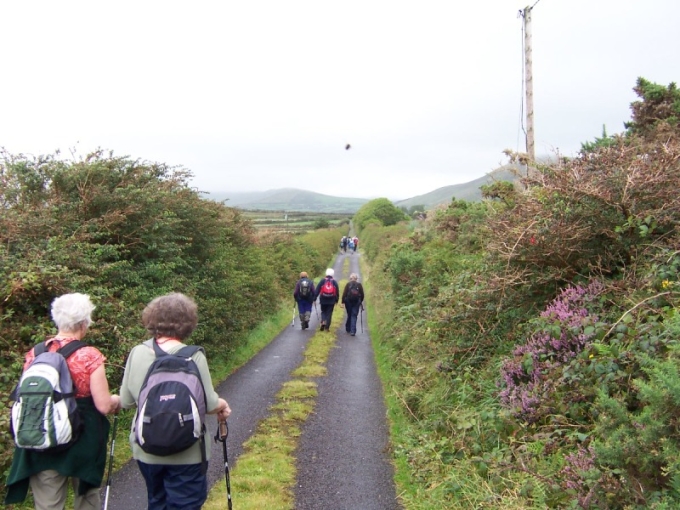
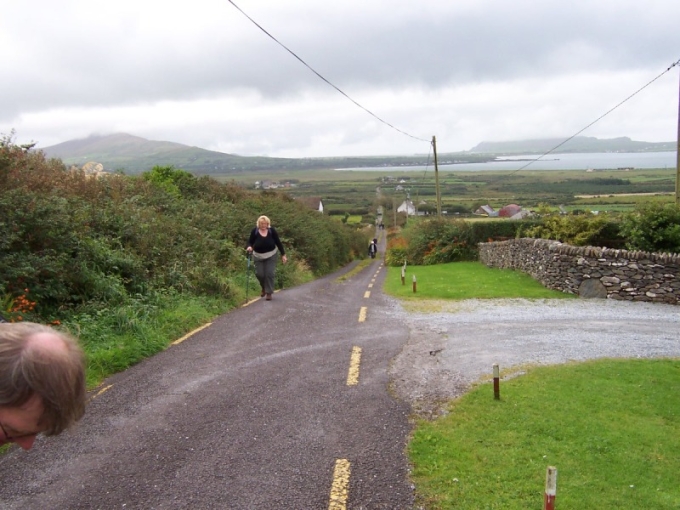
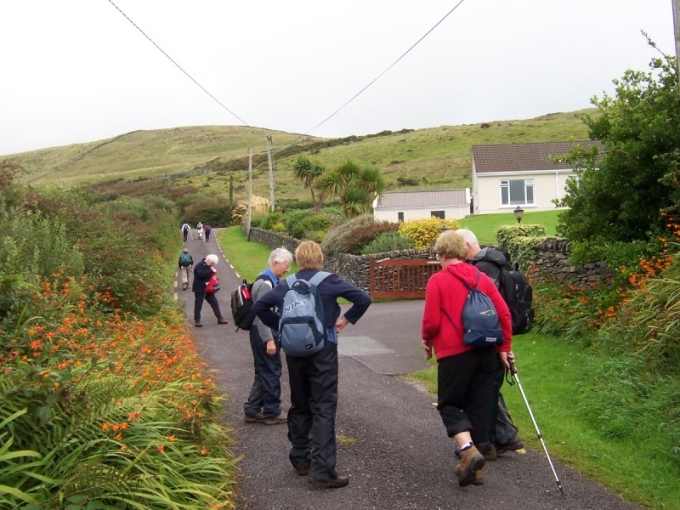
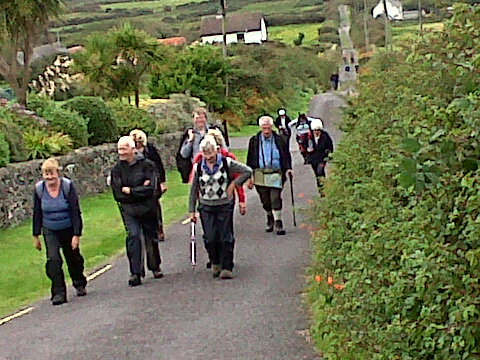
We passed the site a medieval castle (Rathanane Castle) and Fr Jim paused to tell us a bit of local history.
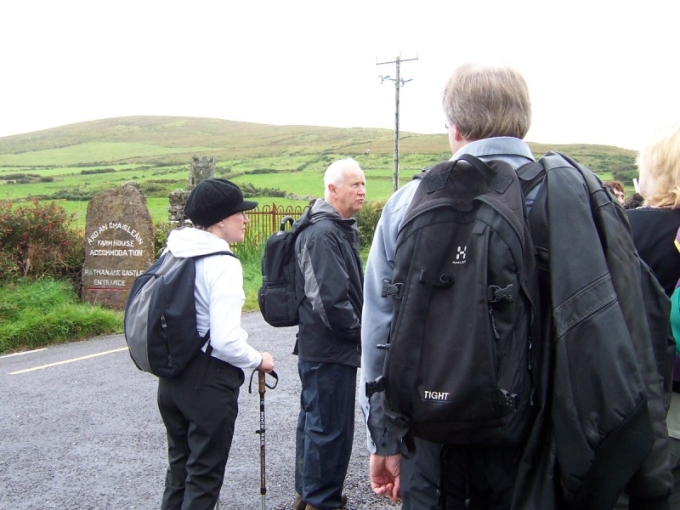
Very little of the remains of the castle remains following the ravishing of the local area by Cromwell's soldiers who were active here, although it is doubtful whether Cromwell himself got as far as Dingle.
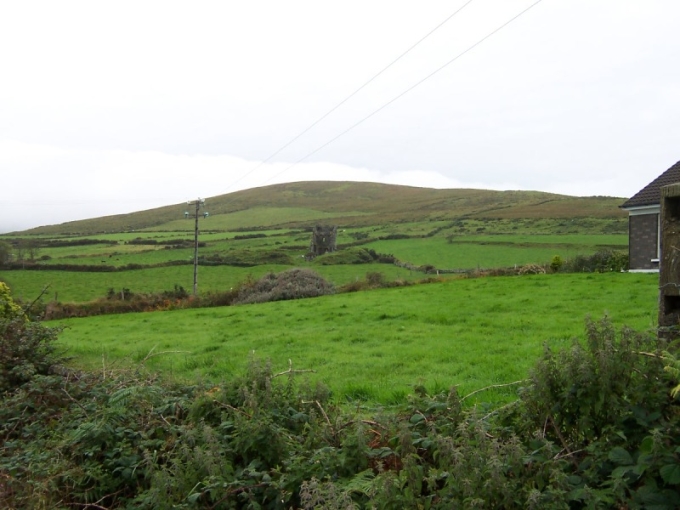
So eventually we reached Kilmalkedar and the signpost nearby provided welcome confirmation that we had arrived.
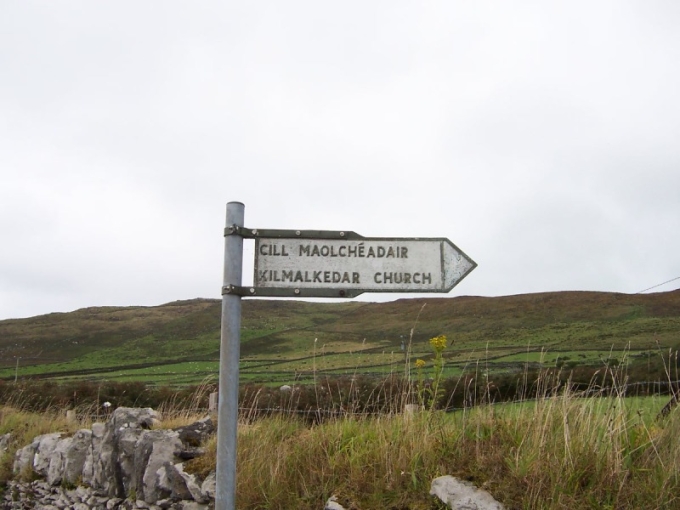
This is another ruin in an excellent state of repair and is referred to by some authorities as the most important Church on the Dingle Peninsula. There is an interesting article at http://www.flickr.com/photos/click_click/137494272/.
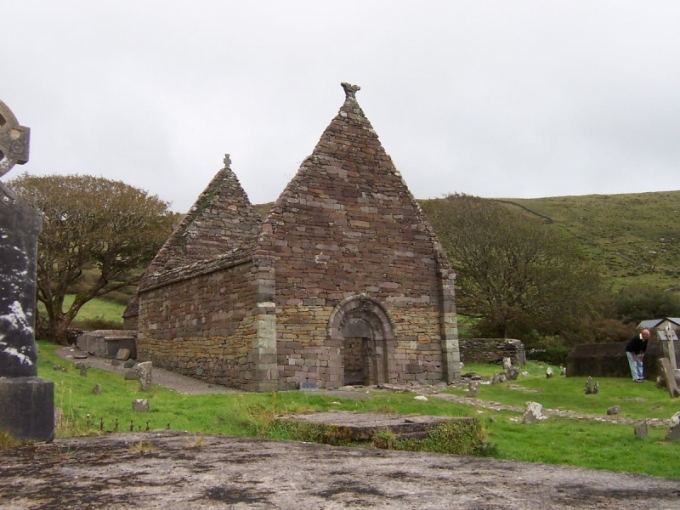
The side wall of the nave is very well preserved and access to this church is completely free.
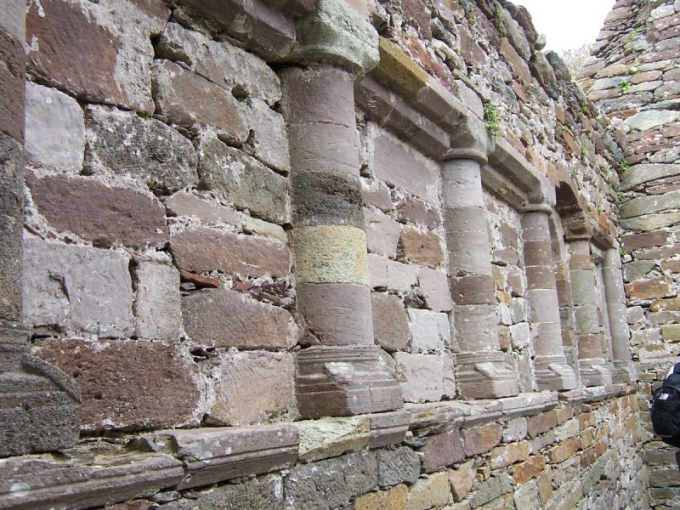
The narrow window behind Henrietta here is lnown as "the eye of the needle".
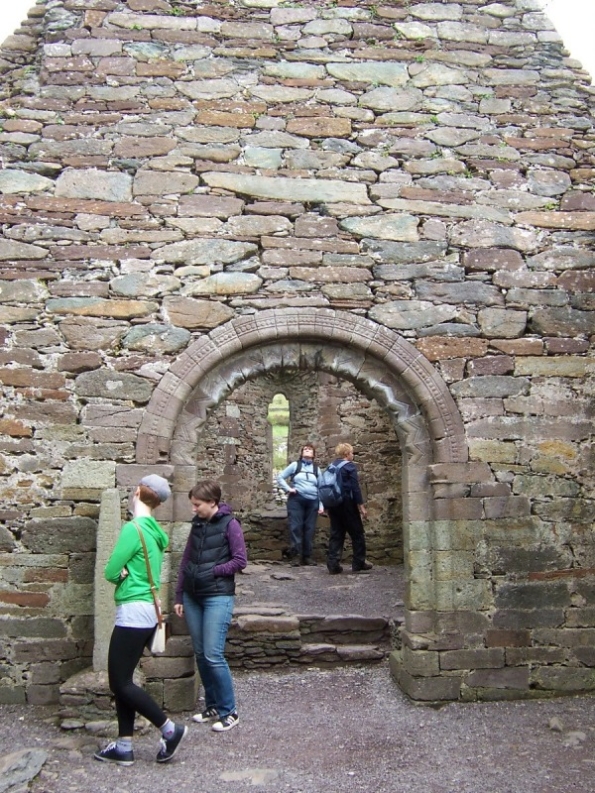
Below is a close up of the eye.
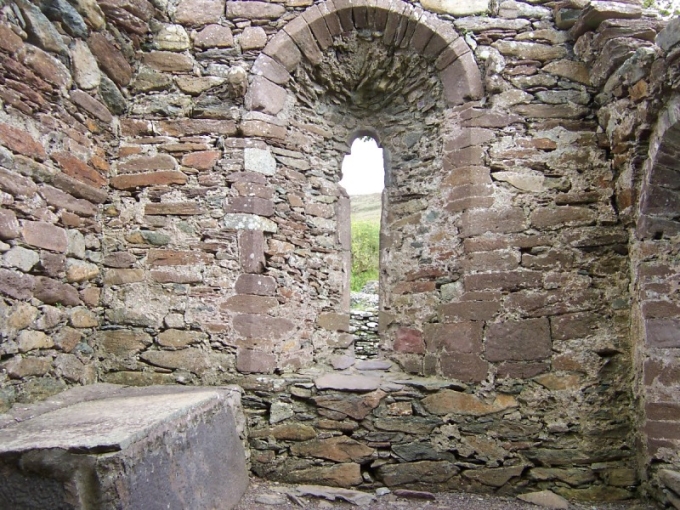
The local legend has it that if you can squeeze through the eye of the needle you will go to heaven and Tom was not gong to let that challenge pass!!
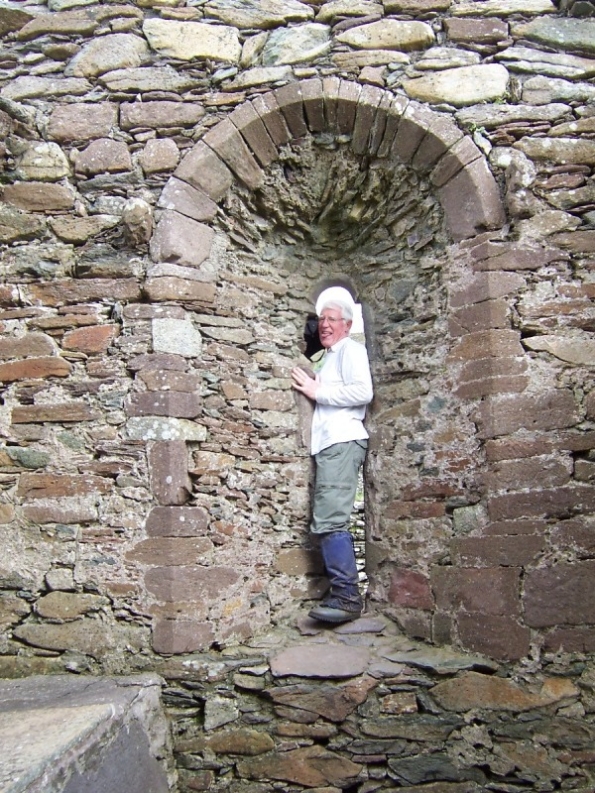
There are several internationally know artefacts around the Church and perhaps the most interesting is this Ogham Stone. The etchings on the stone are the Ogham alphabet and until this stone was discovered it had been impossible for experts to decipher the hieroglyphics on other Ogham Stones found in profusion on the dingle Peninsula.
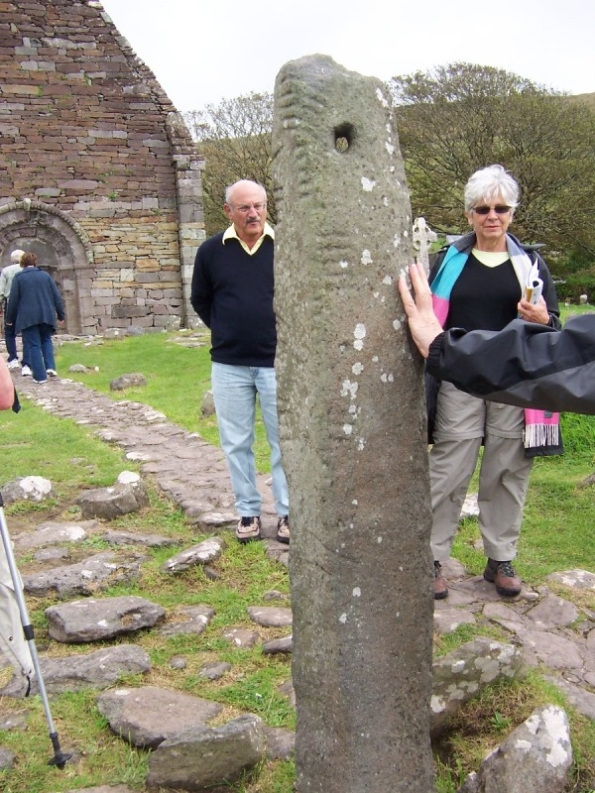
At this point we decided that the hill which was looming up would be too much for some of our group so as the main group headed for the hill seven of us headed in the opposite direction to complete the day's walk by road. We walked along the road through Boherboy where we turned inland towards Bally Brack car park where we were to meet the rest of the group. In the event Brendan kindly drove down to meet us and saved us the last half mile of road walking.
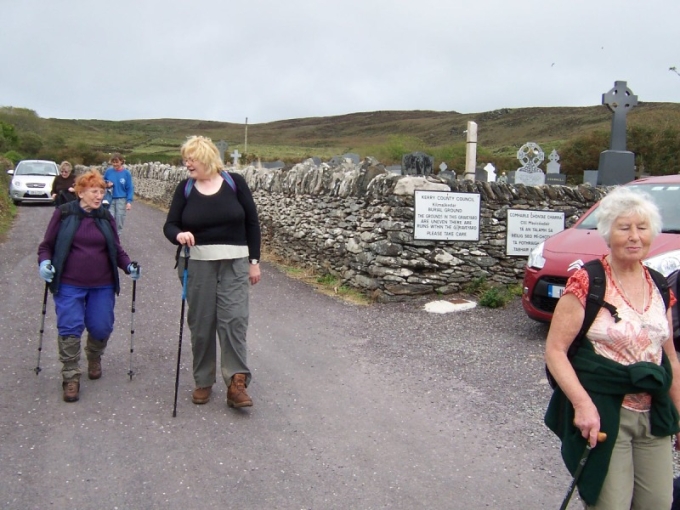
DAY 2: After another early breakfast our trusty driver took us to Inch Strand, the scene of some parts of the film Ryan's Daughter and also The Quiet Man so we followed in the footsteps Robert Mitchum and John Wyne as we walked 4 miles out and four miles back.
Throughout the walk we had magnificent views of mountains across the water, although Mount Brandon was shrouded in cloud and a music festival which had been scheduled to take place on the peak was cancelled due to weather conditions.
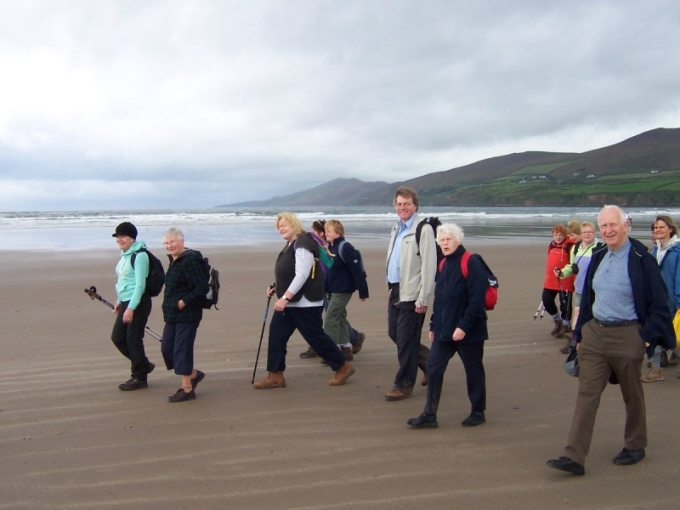
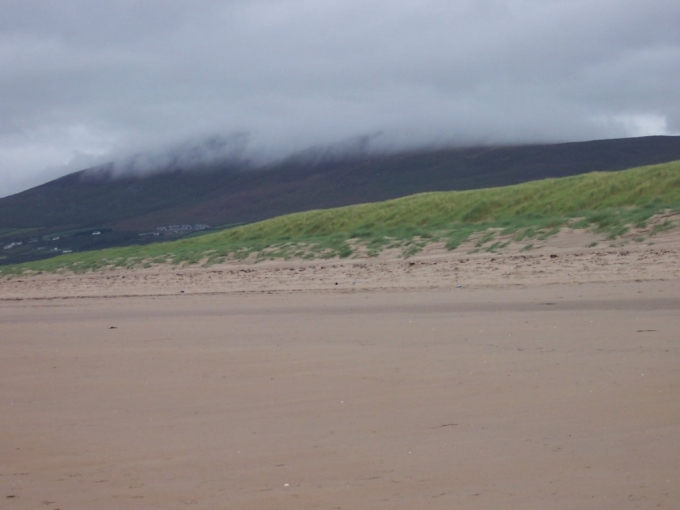
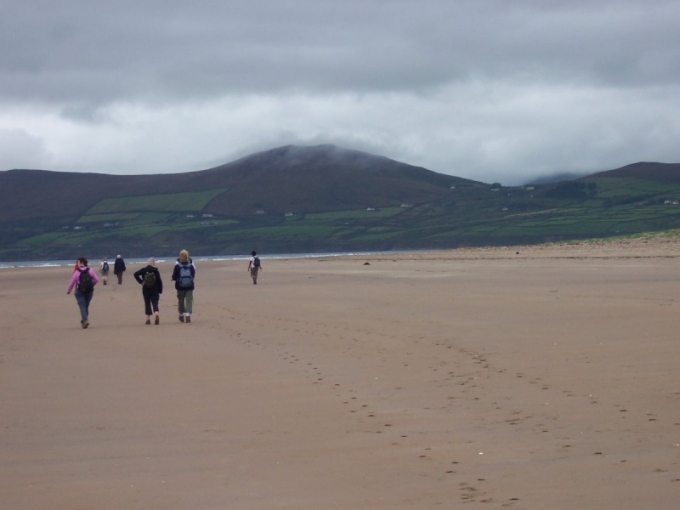
At the turning point there was an opportunity for those who felt inclined to paddle
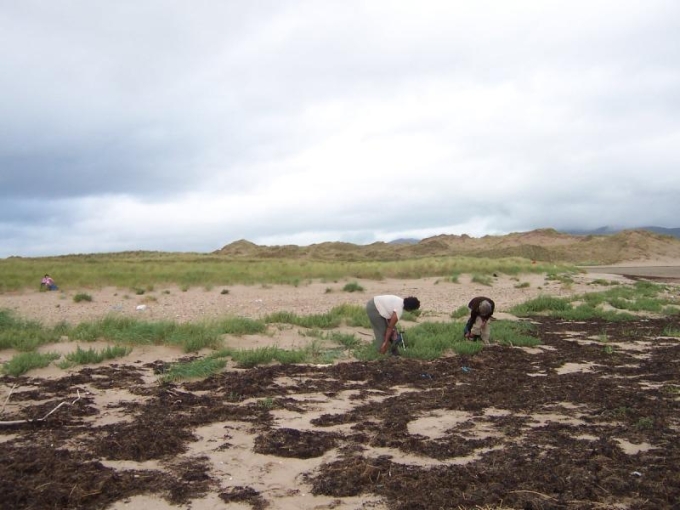
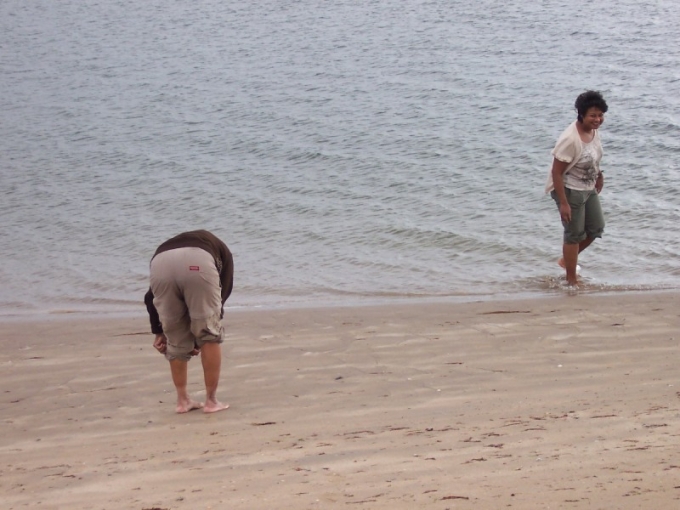
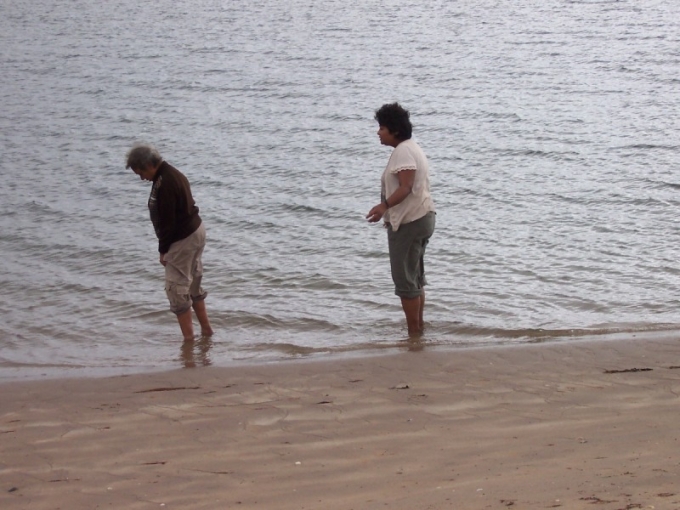
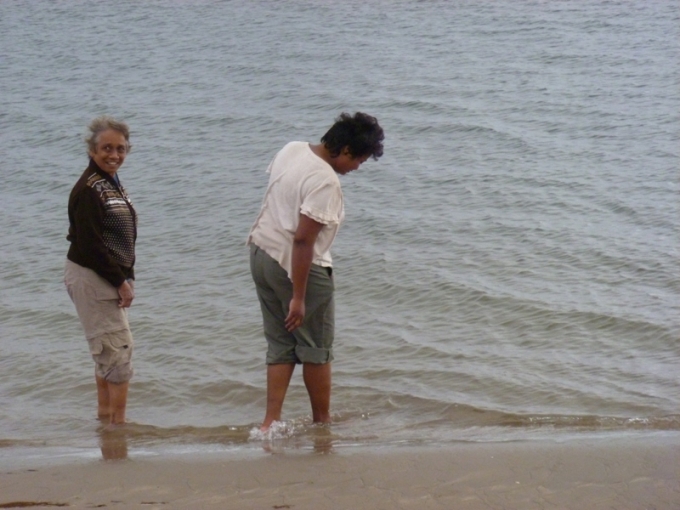
And space to relax for those who didn't paddle
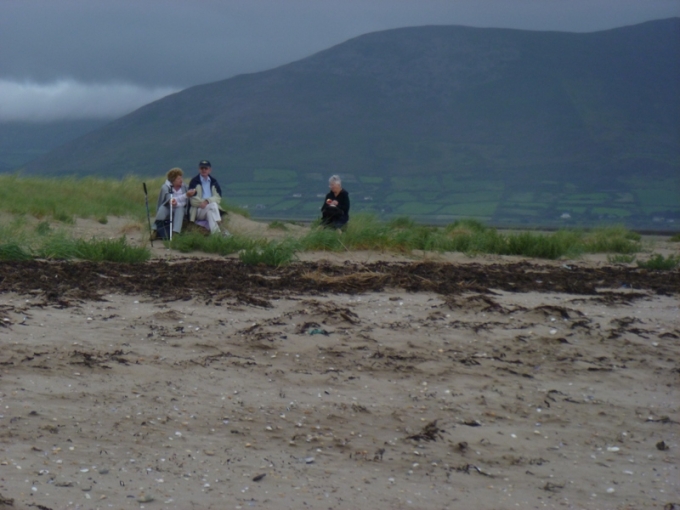
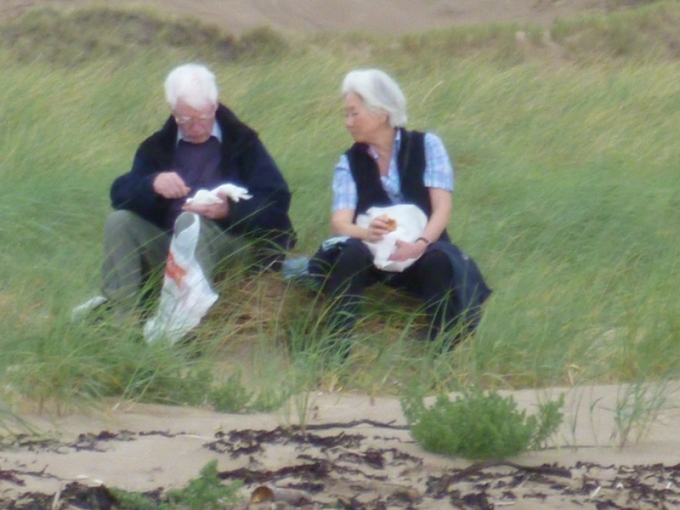
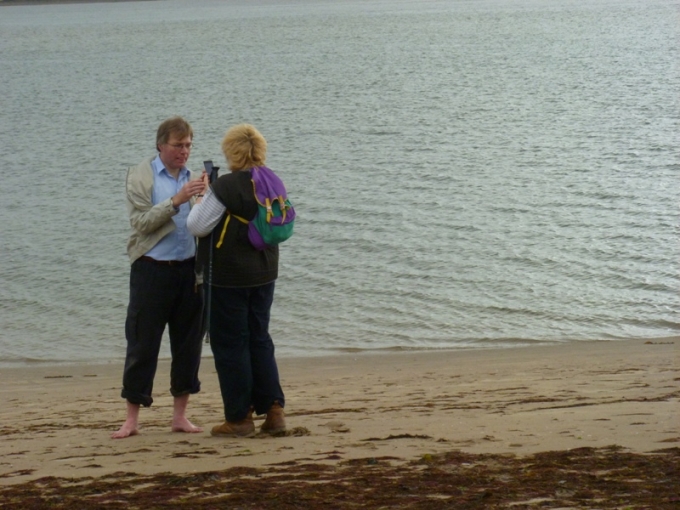
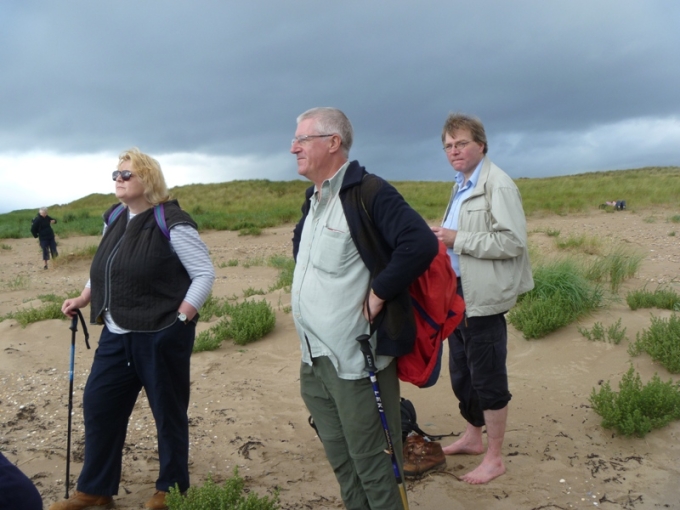
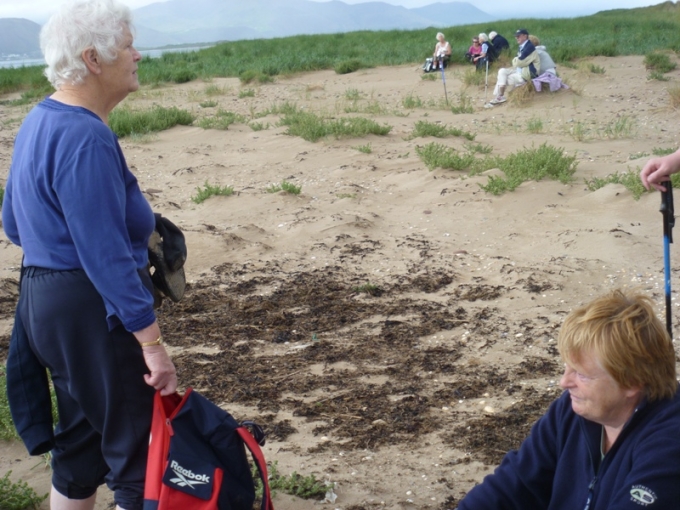
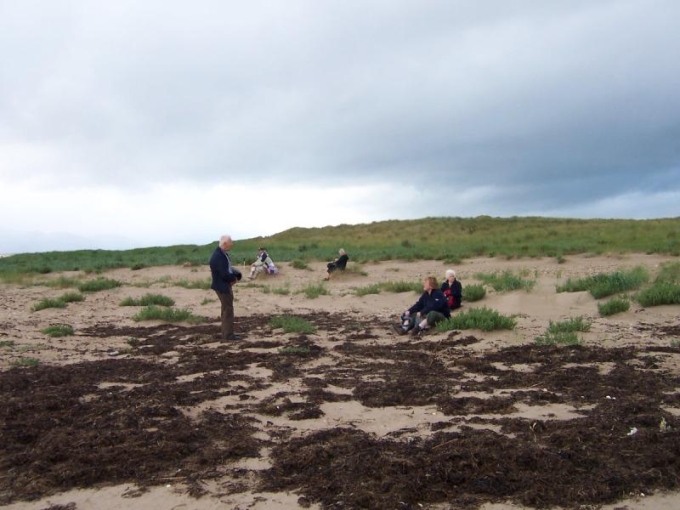
The view across the water was of Killorglan, the venue of the famous "Puck Fair" where horses are traded, traditional Irish music is played and a wild goat is crowned king!! An interesting article is at http://www.puckfair.ie/.
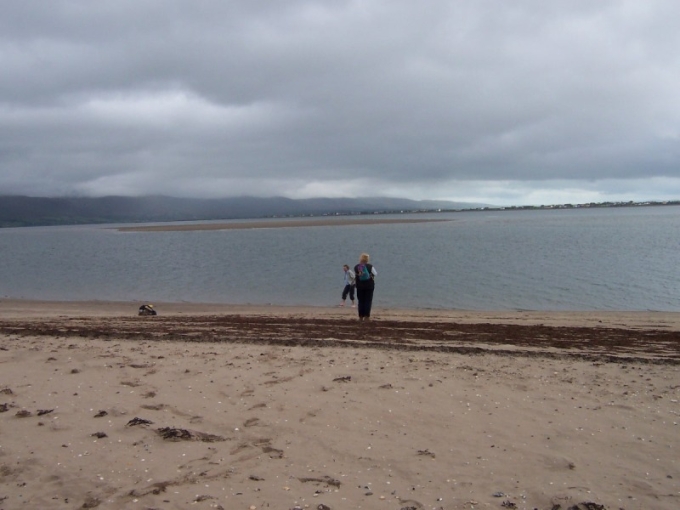
And so for the return walk back to the starting point at Inch.
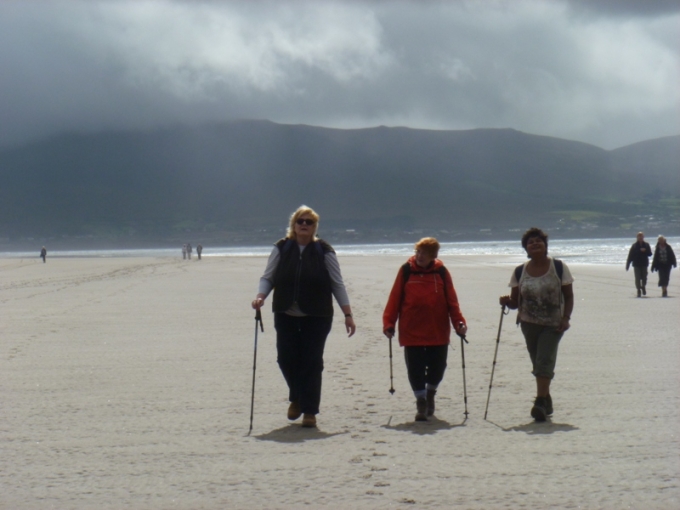
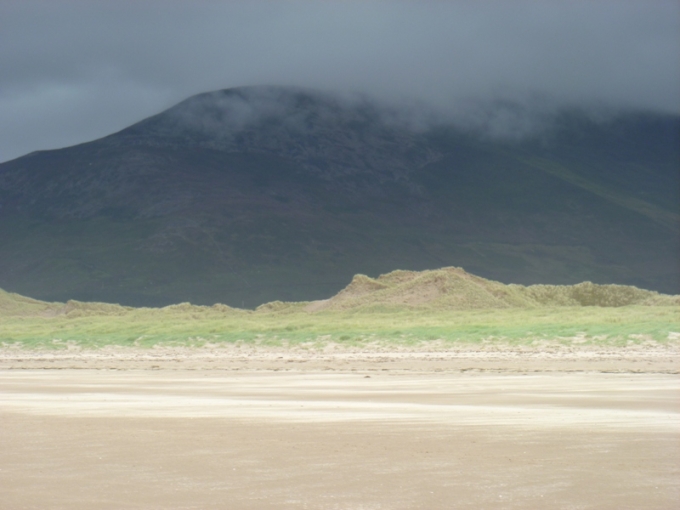
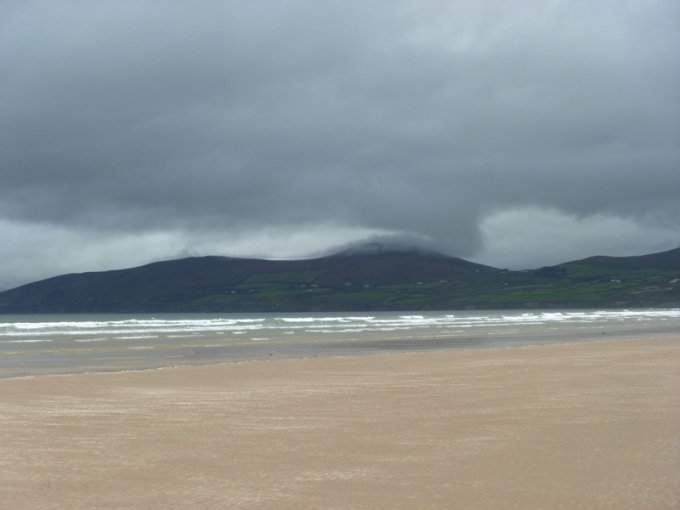
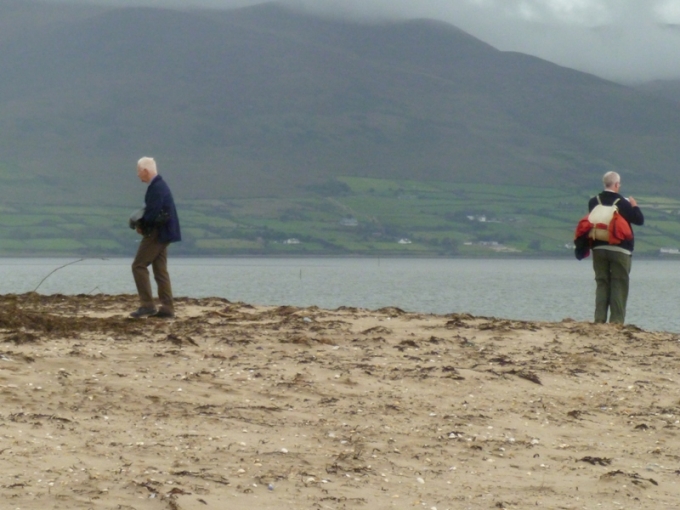
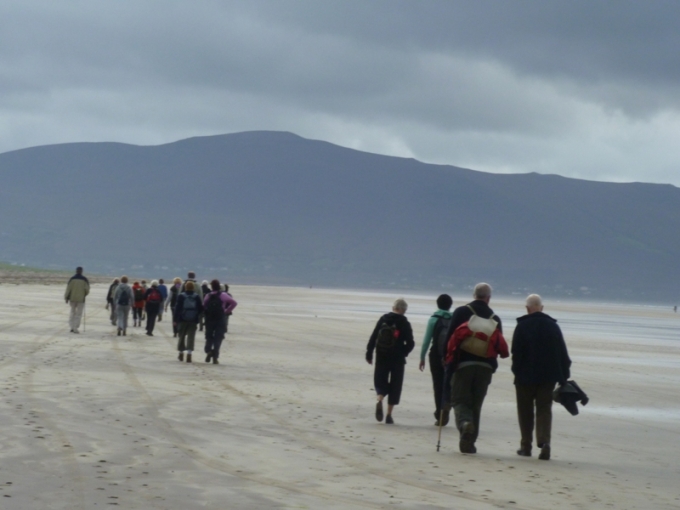
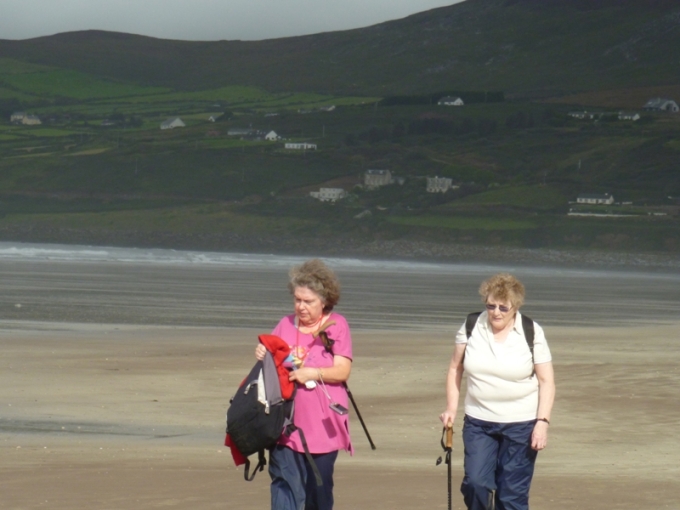
Back at Inch we found a family of feral cats.
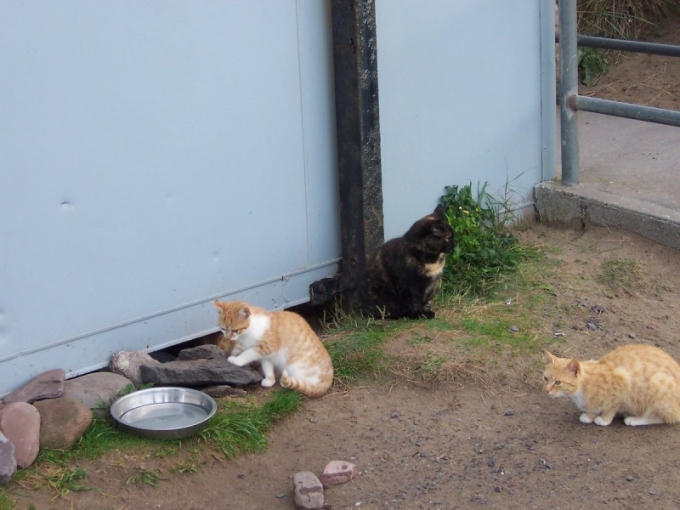
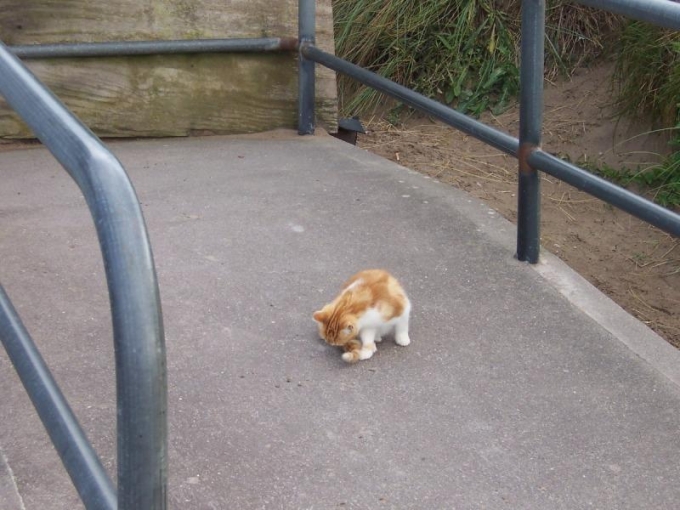
The tortoise shell seemed to be the leader of the pack although with such different markings can hardly have been the mother of the sandy ones.
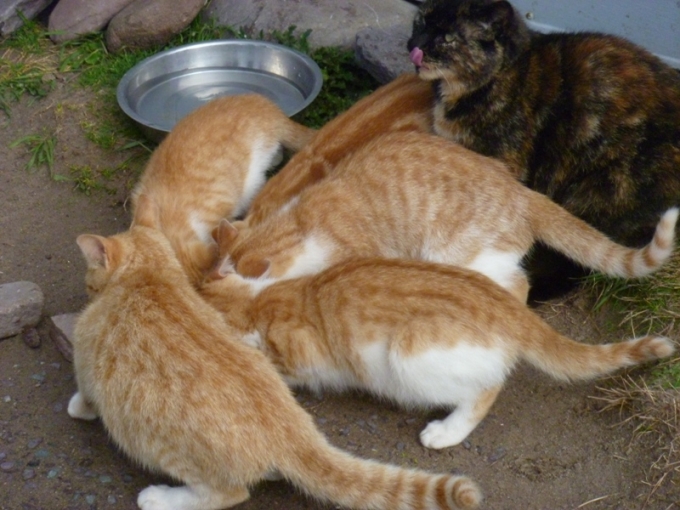
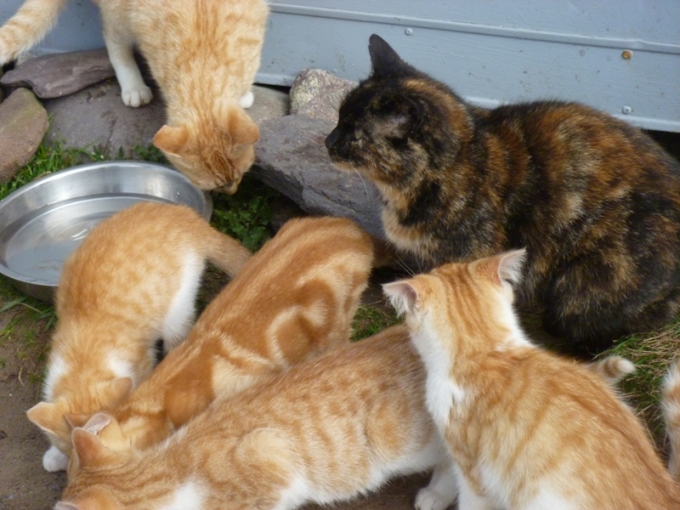
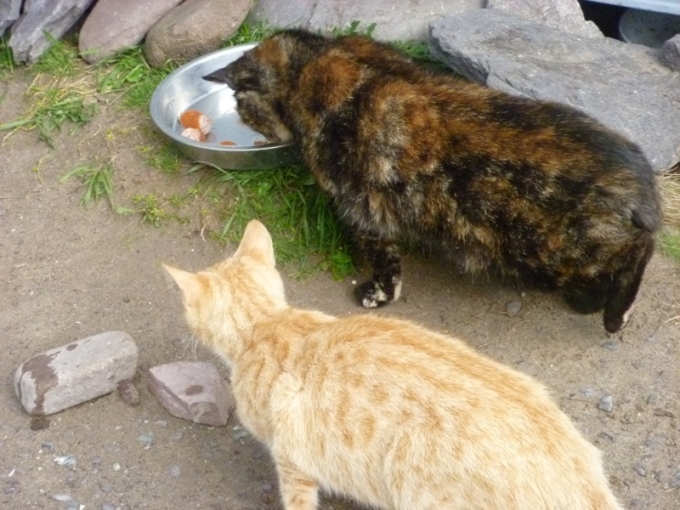
And after a coffee and some delicious cake we headed back to Tralee, leaving behind this inscription on the wall of the cafe at the beach.
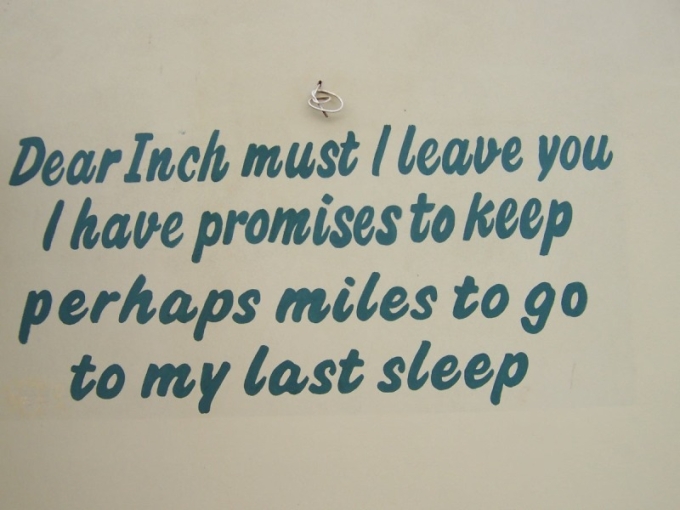
DAY 3: On this day Fr Jim led us on a lovely walk along the cliffs overlooking Dingle bay. This photograph is of a rock separated from the mainland known as Tuirin Ban (pronounced toorene bawn and meaning "Litle white tower")
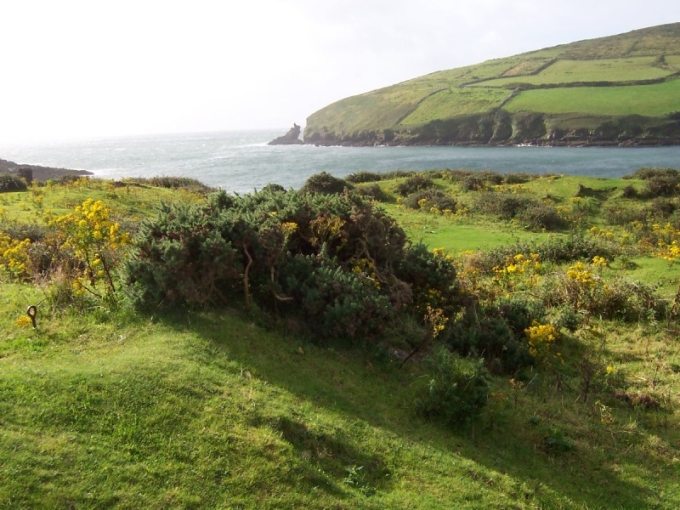
On the cliff opposite the Tuirin Ban is this lighthouse where we stopped for some photos. The lighthouse is now unmanned but still functioning.
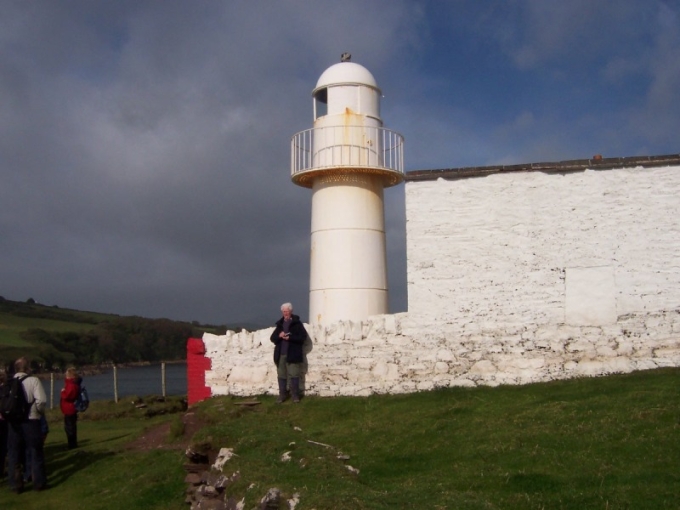
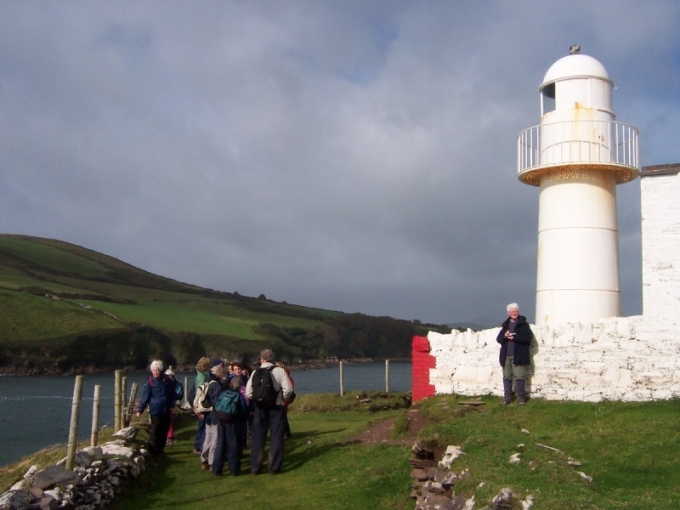
The weather was clear and we had good views of the bay with the town of dingle in the background.
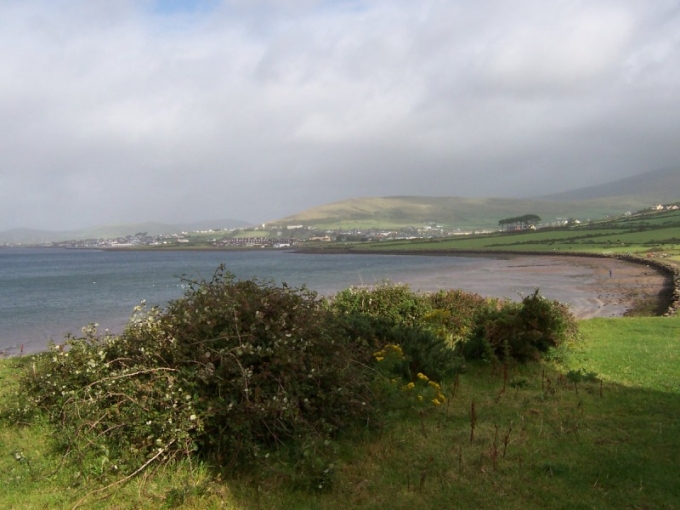
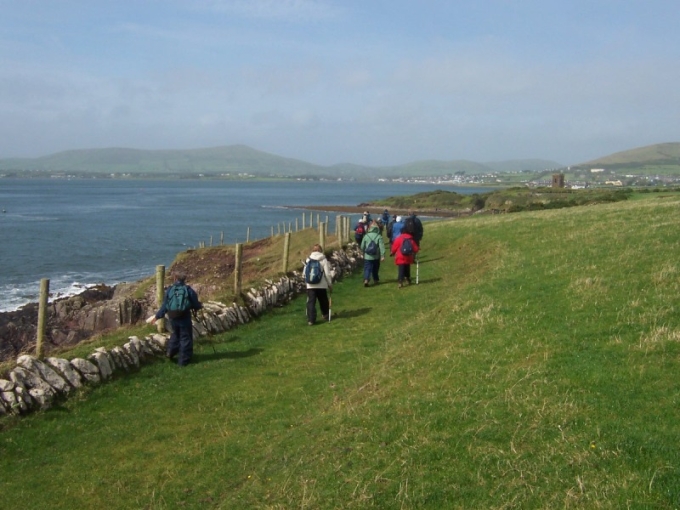
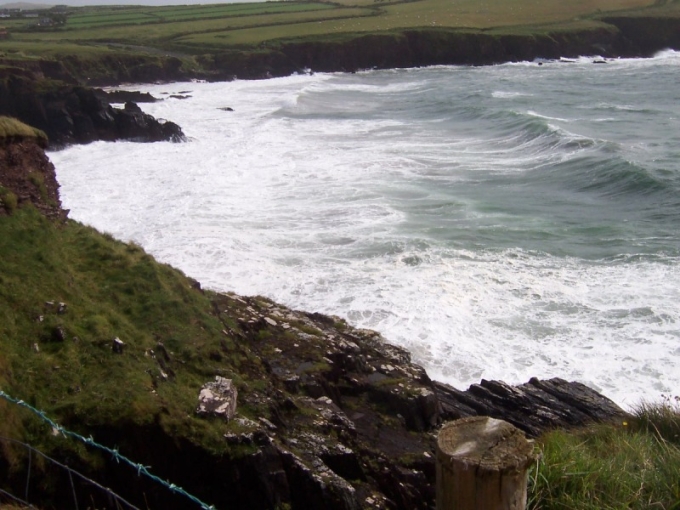
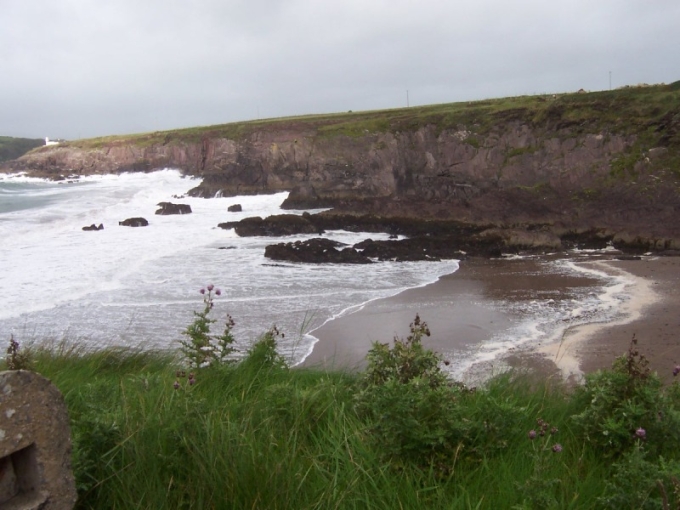
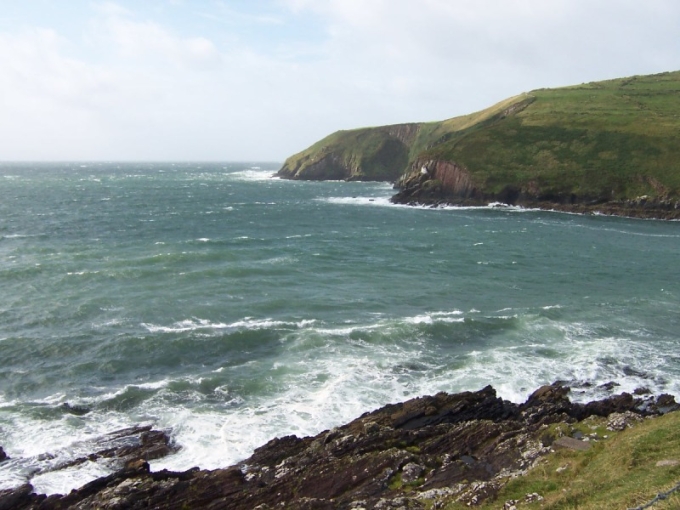
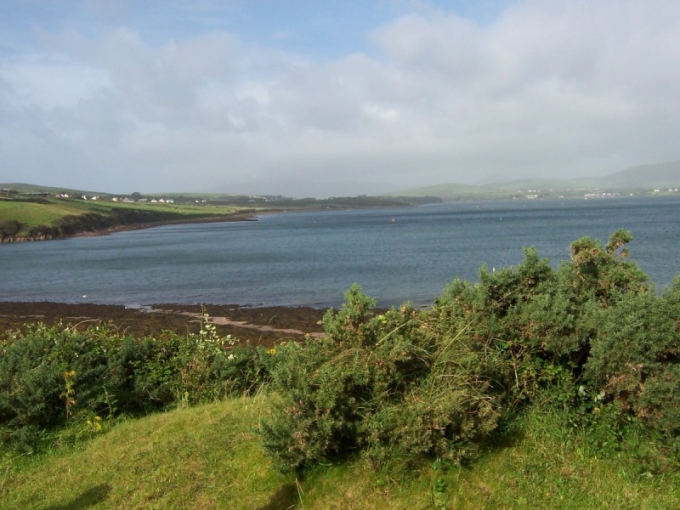
This is a local folly known as Husey's folly after the local lord's agent who had it built. We had a distant view of it at first and Ant was at the ready with her I phone camera
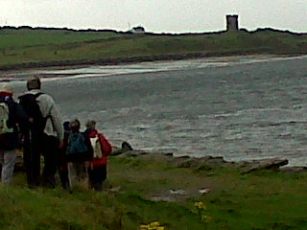
Then we got up close.
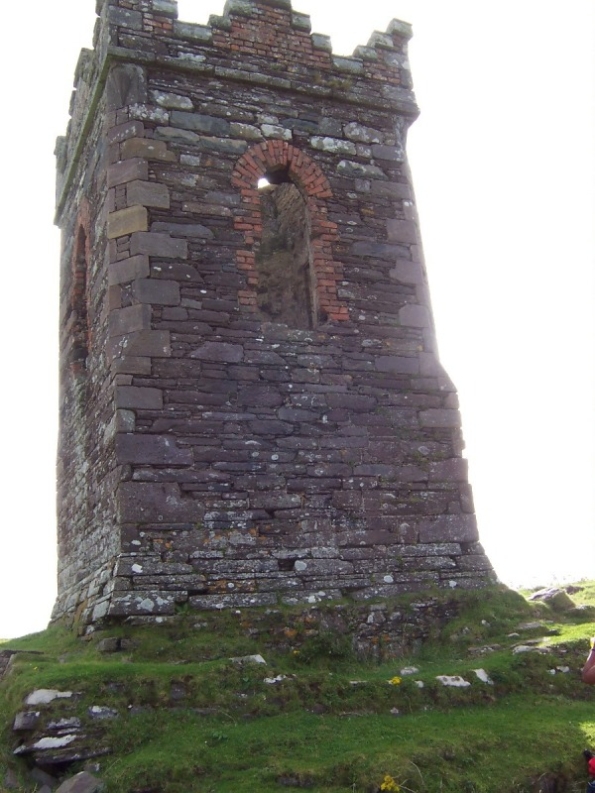
And later the real camera got some larger shots which Ant titled "Windy Walk by Sea"
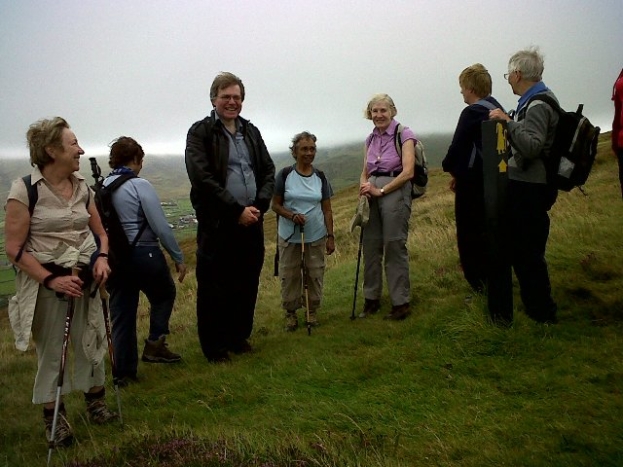
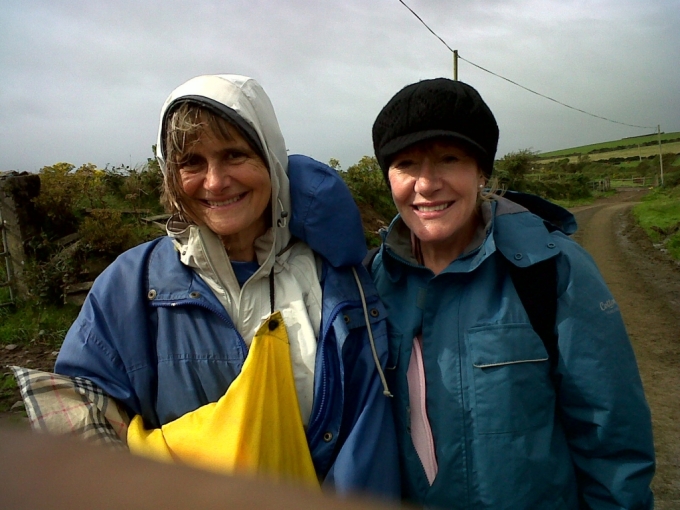
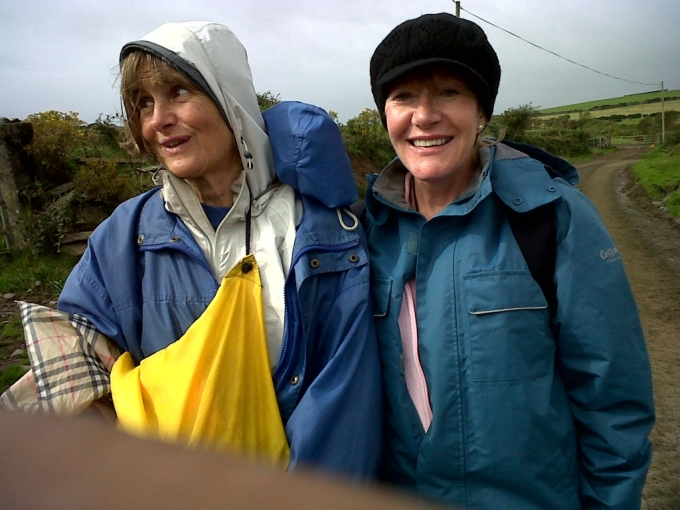
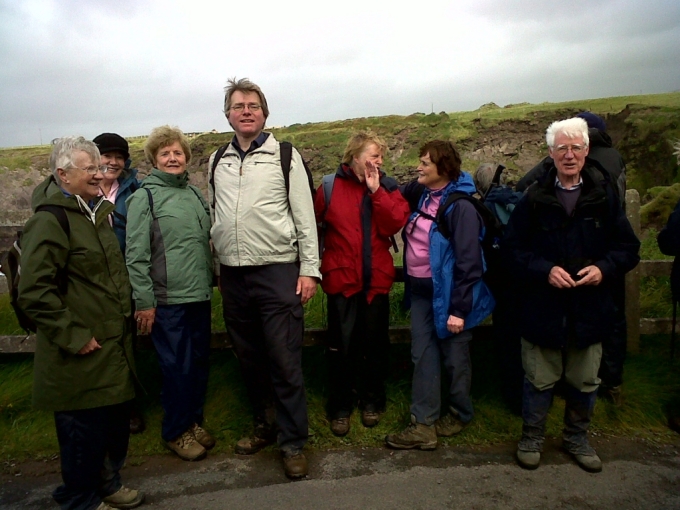
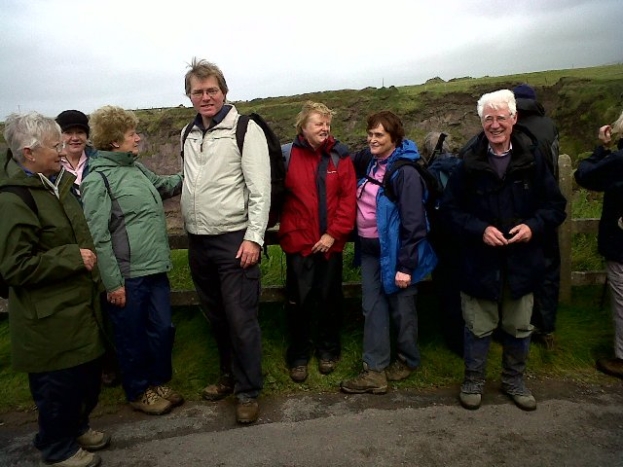
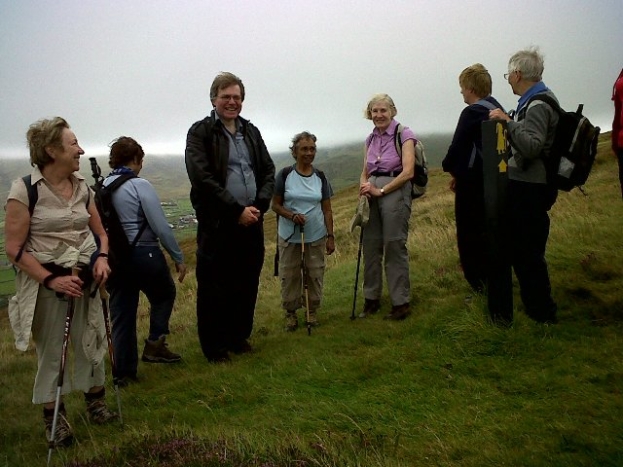
This cove is known as "Chuas na Muck", probably an Irish version of "Bay of Pigs".
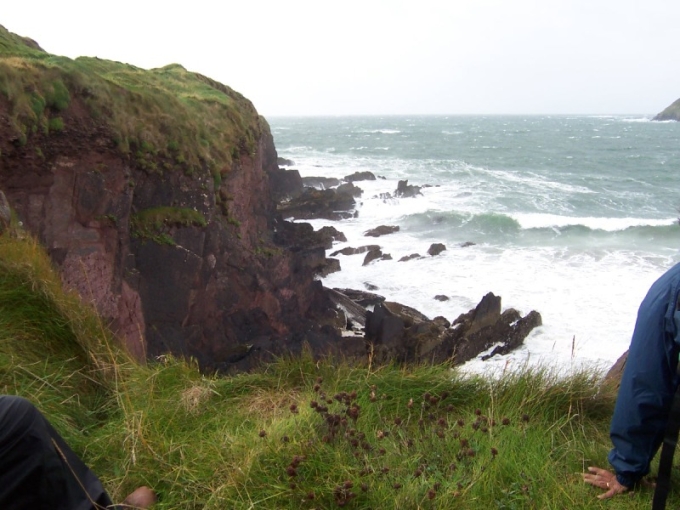
SUNDAY: On Sunday we had a visit to the Diseart Centre in Dingle. This is a centre of culture and spirituality which now has the status of a university. It occupies this building formerly a presentation convent and within the Centre are displays and paintings of Nano Nagle, the foundress of the presentation order and to whom the expression "great oaks from little acorns grow" is attributed.
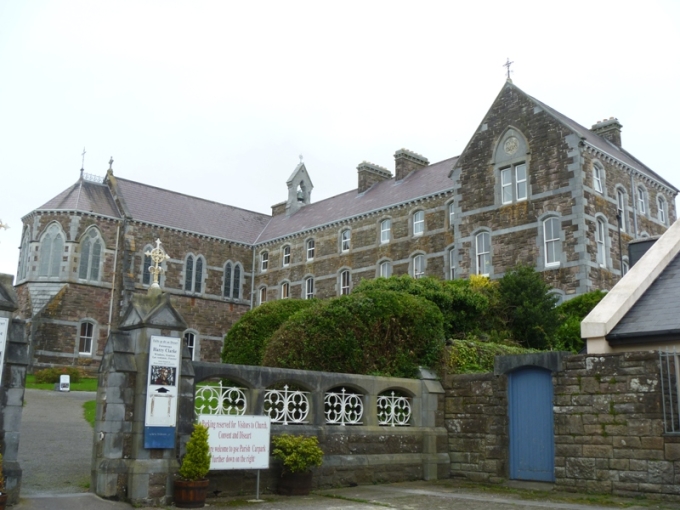
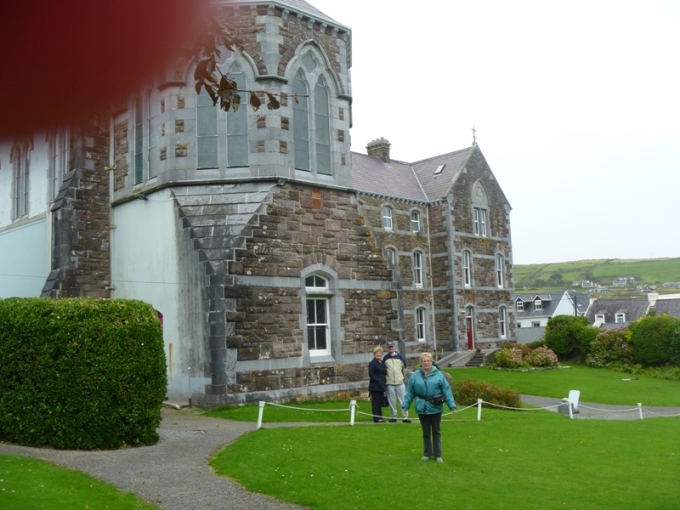
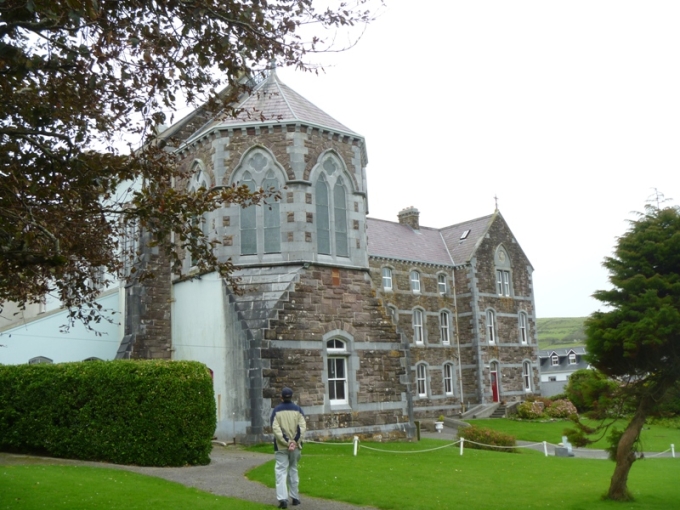
The windows in the oratory in the Centre were of Harry Clark who died of lead poisoning, probably as a result of ingestion when creating works of art like this.
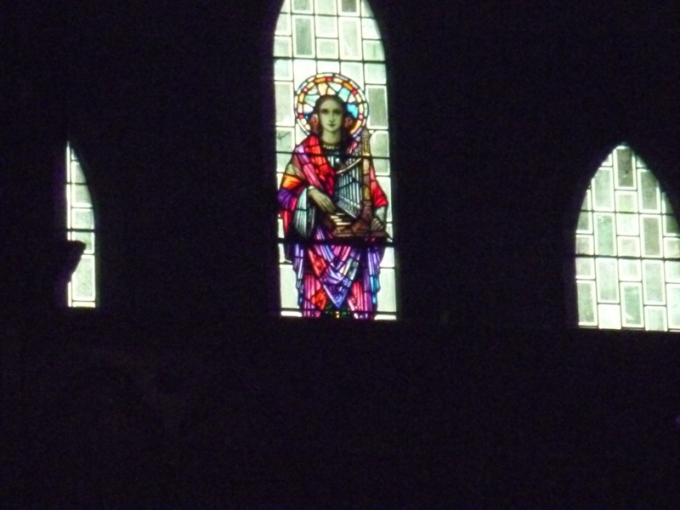
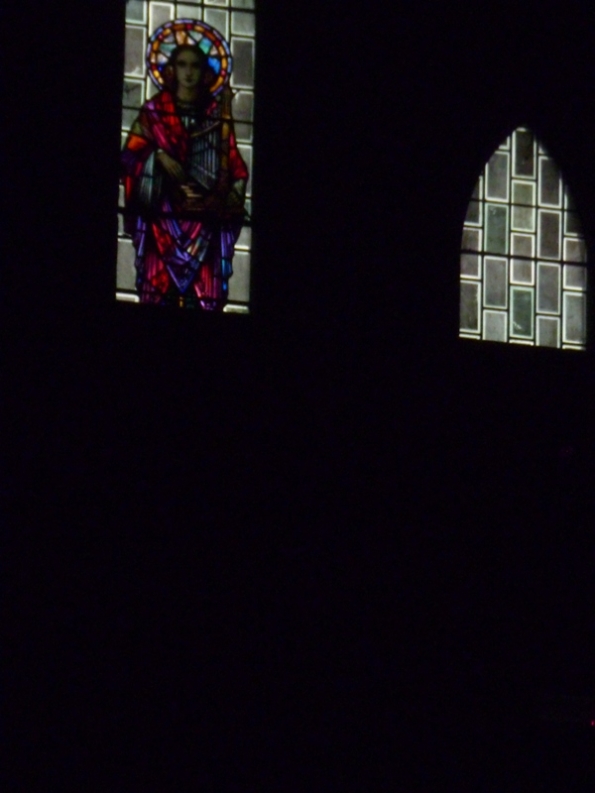
In the grounds of the Centre is this interesting mound
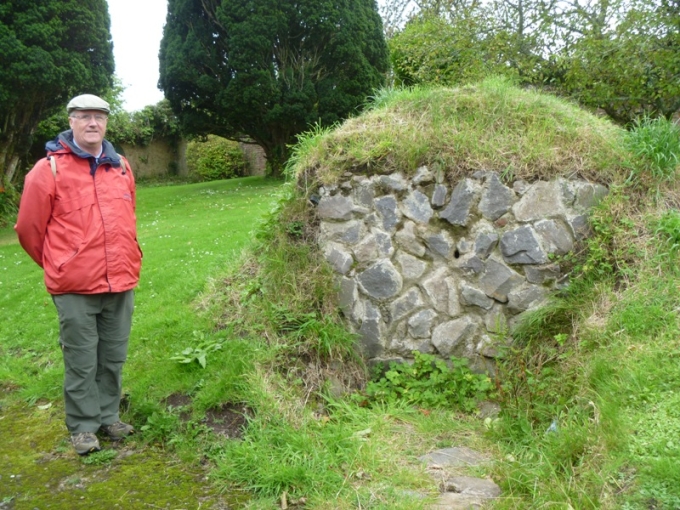
And a walled garden in need of some attention
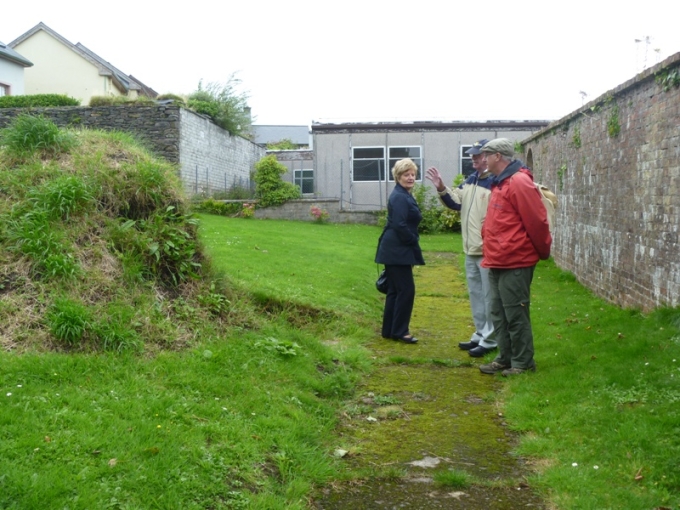
Next to the Centre is this beautiful Church
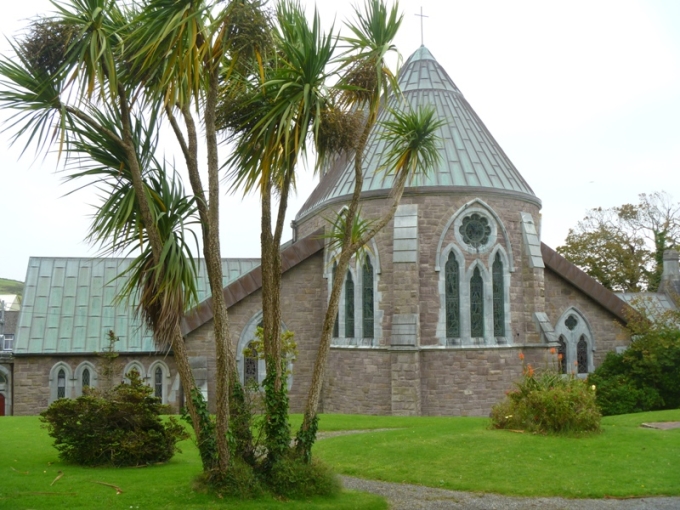
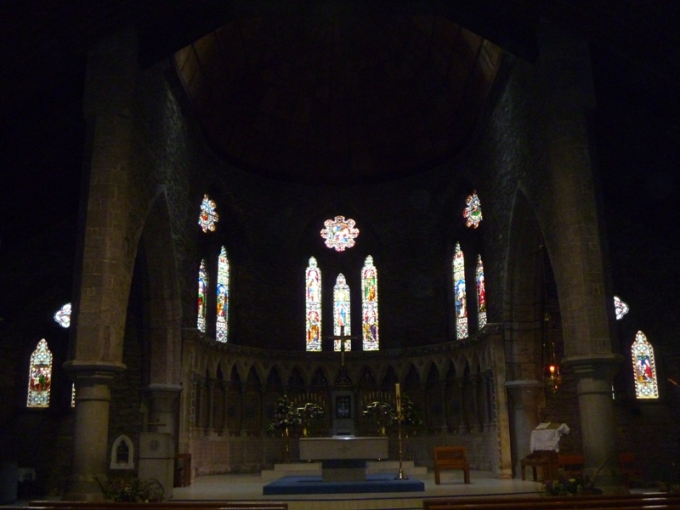
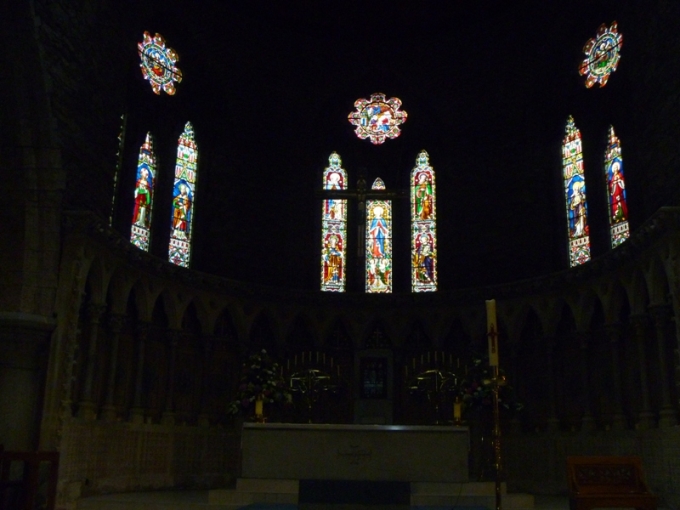
Alongside the Church is this streetside grotto.
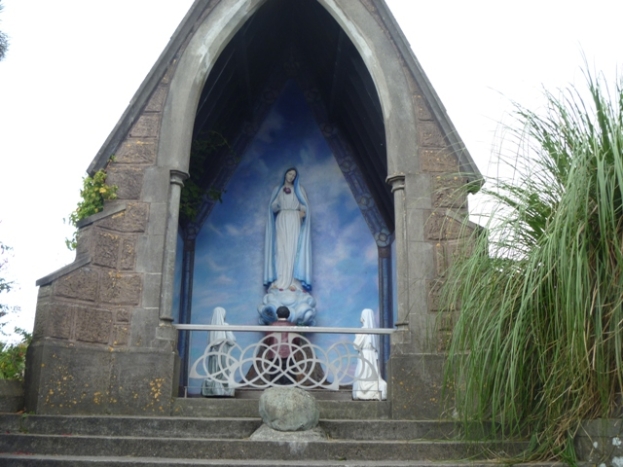
After an interesting expose of the archeology of the Dingle Peninsula (delivered by a lady who was born in Enniscorthy in my home county of Wexford) we were driven to Ballyferriter where we visited the Regional Museum and enjoyed a session of traditional Irish music. Unfortunately photography was not allowed in the museum.
On more than one of days during our week we visited the town of Dingle and these next photos were taken on the harbour front there.
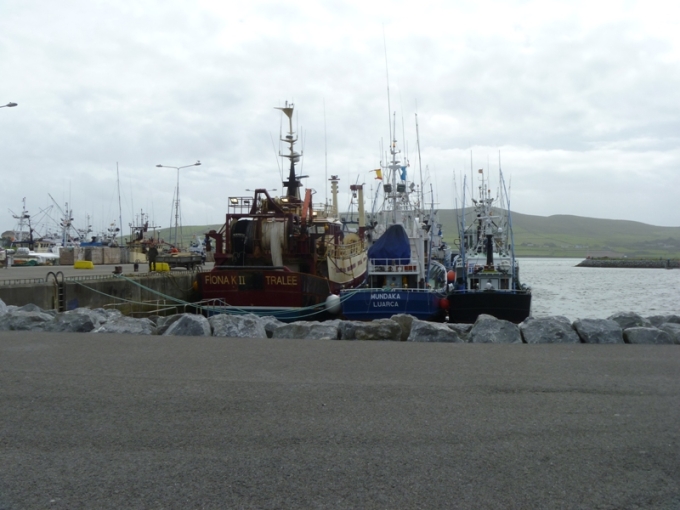
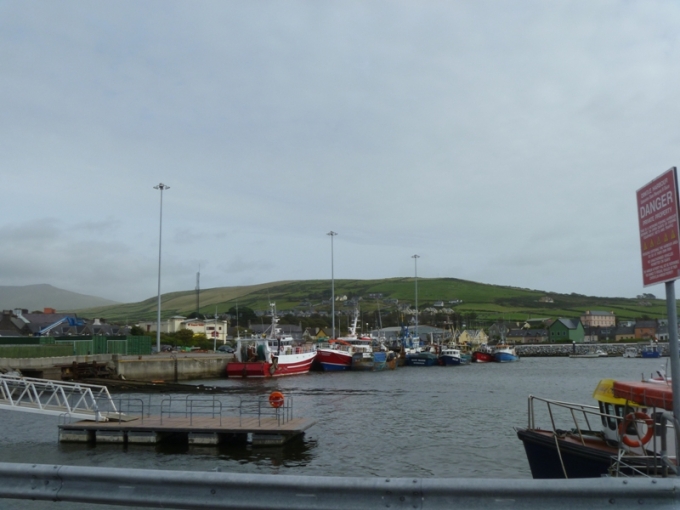
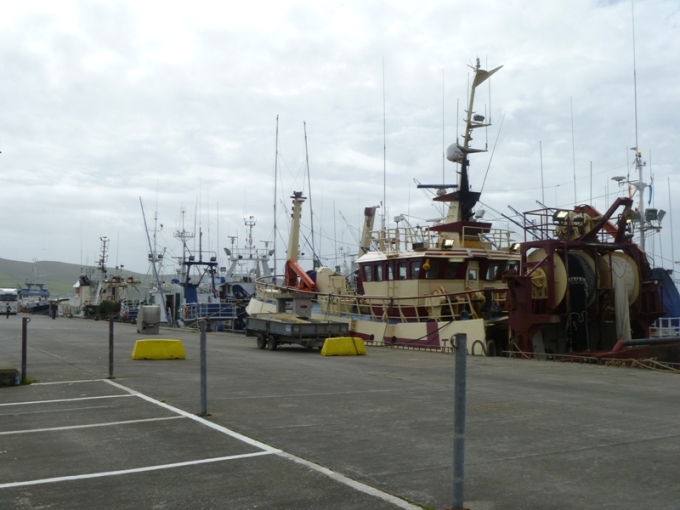
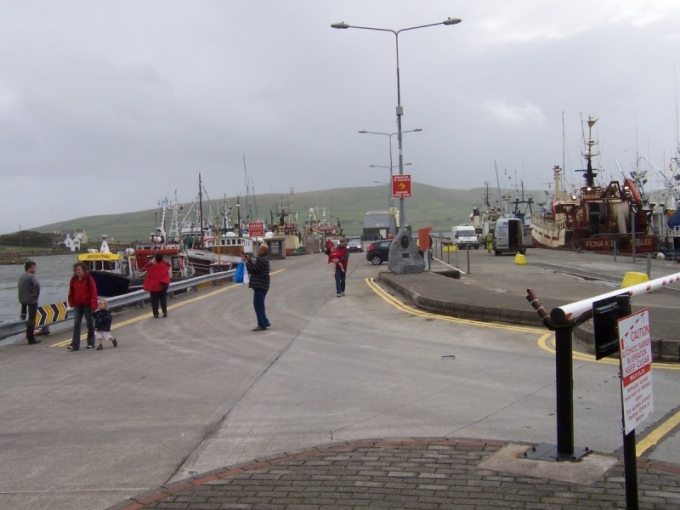
On one of the days when we were walking Helen and Jim visited the windmill in Tralee and took the following photographs there.
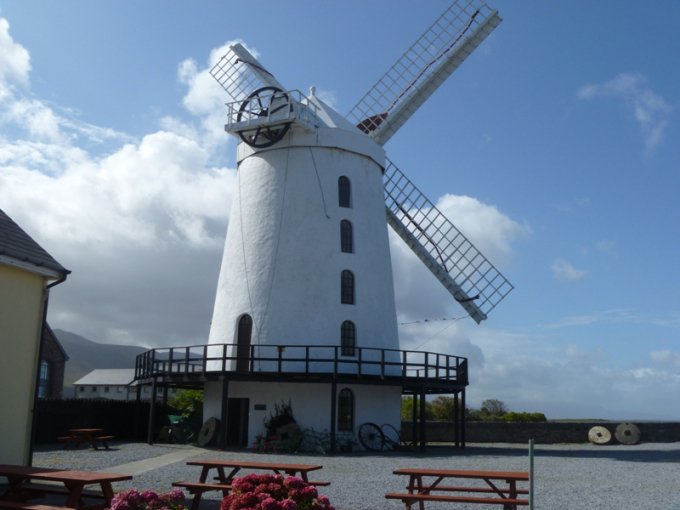
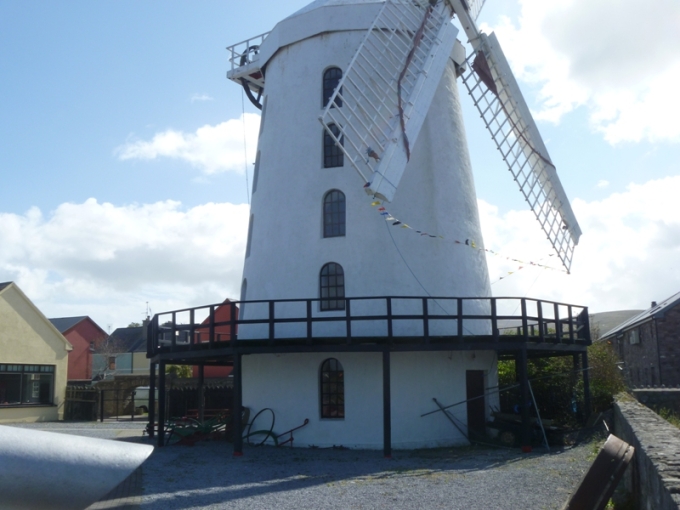
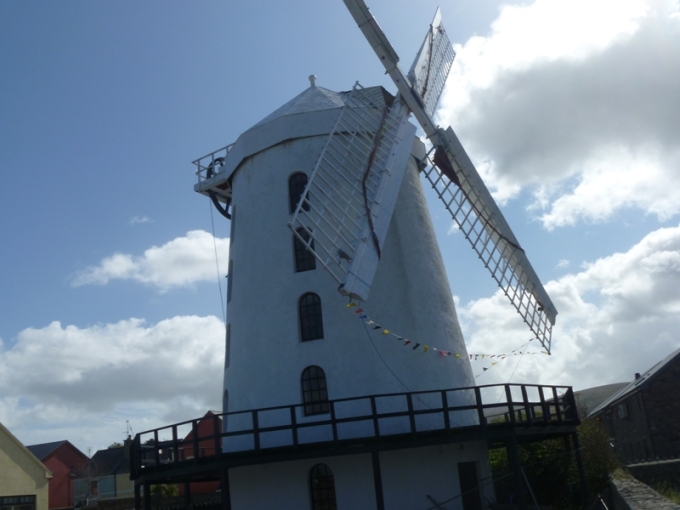
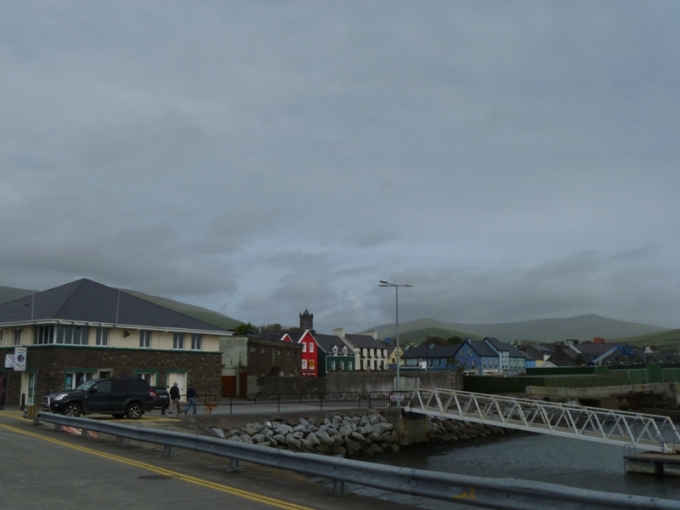
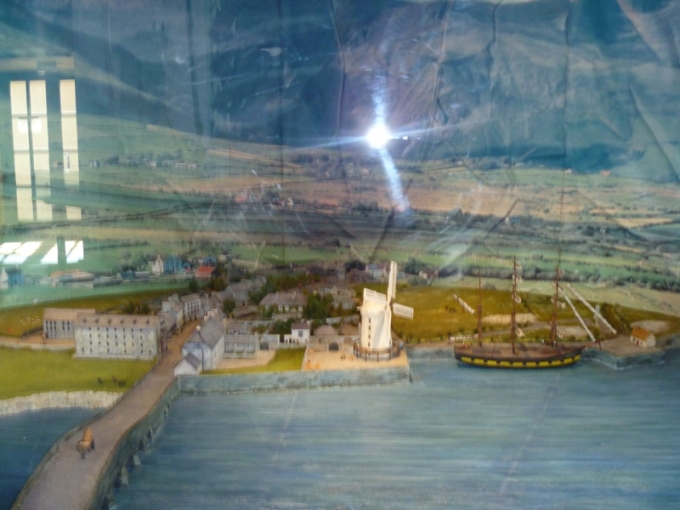
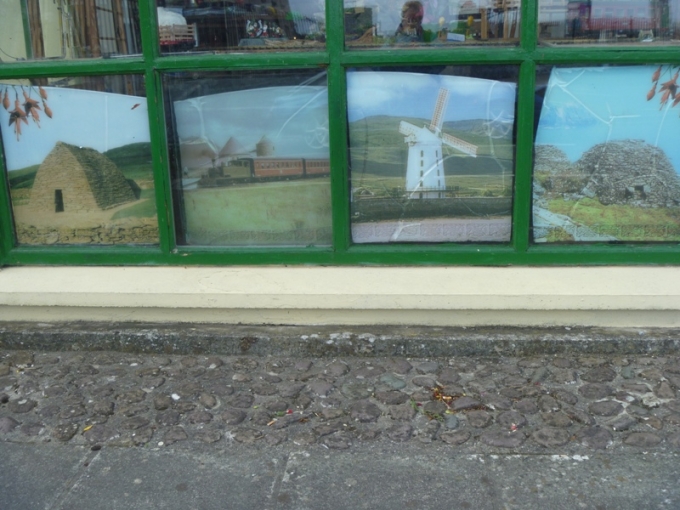
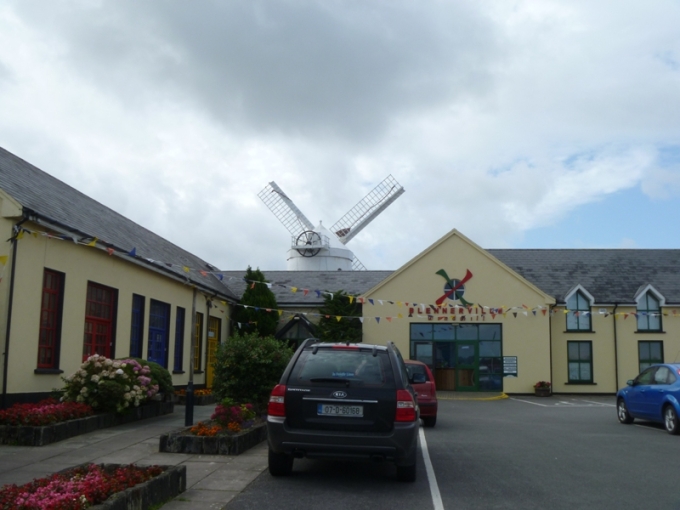
Inside the museum were many antique objects representing a way of life in Kerry in years gone by.
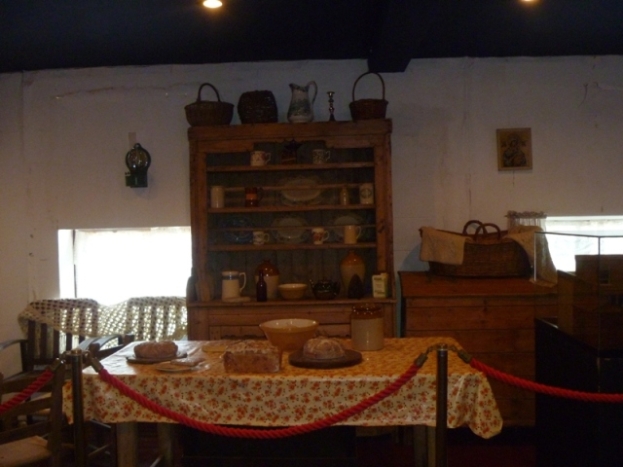
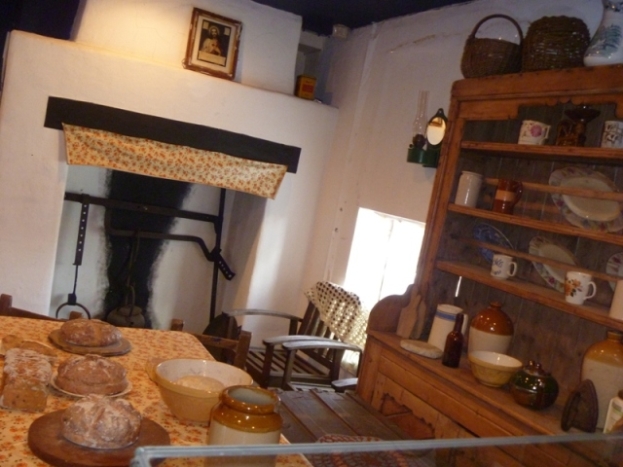
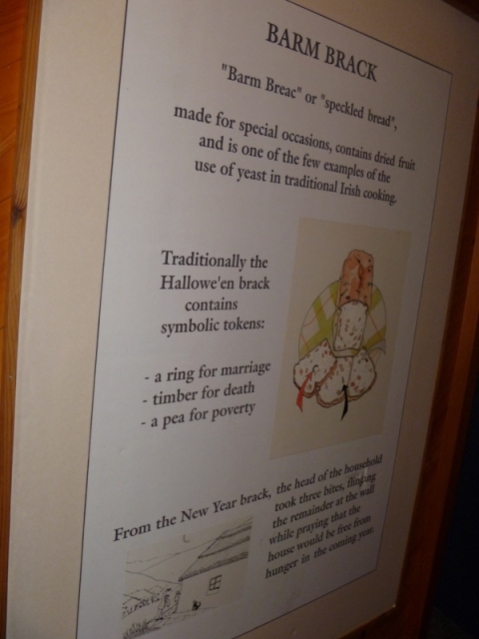
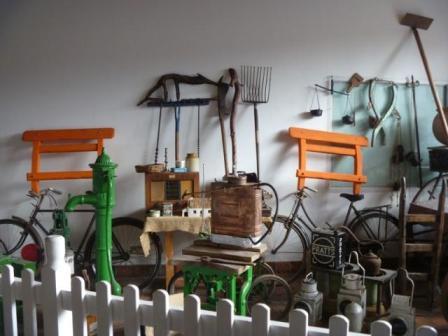
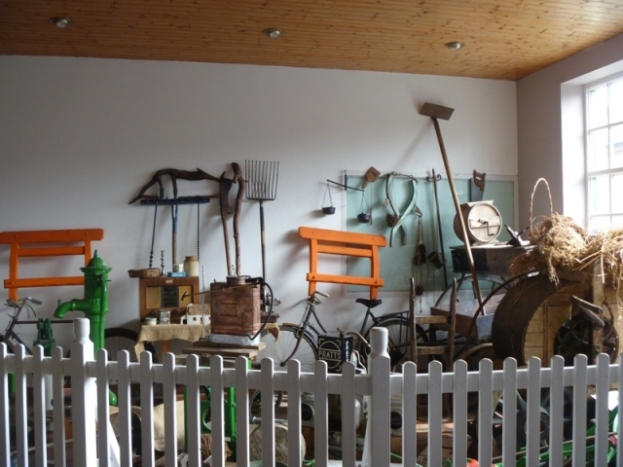
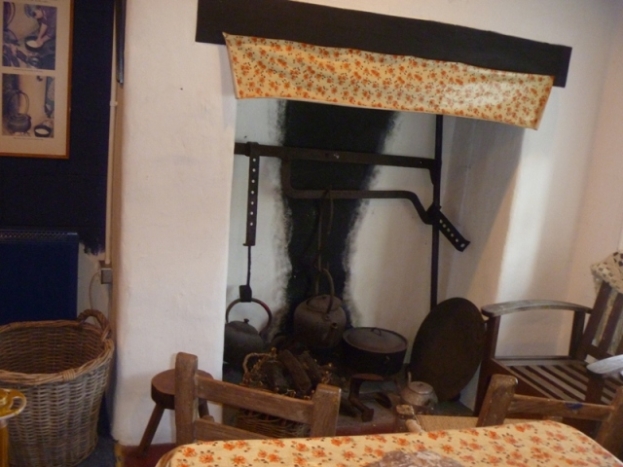
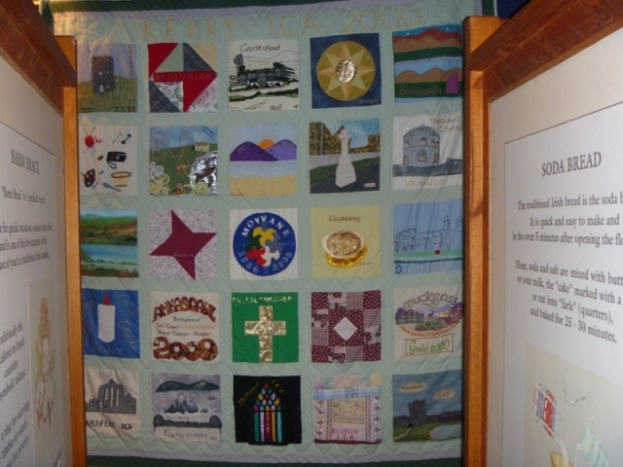
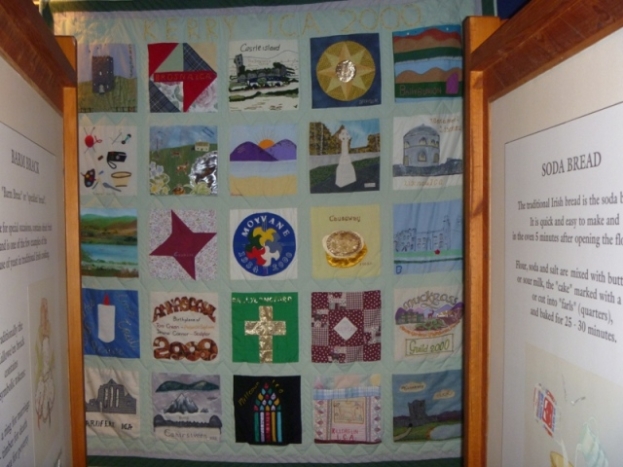
DAY 5: On the Tuesday of our week Fr Jim led us on a memorable walk to visit the house where Tom Crean lived, the graveyard where he is buried in a grave he built himself and Anascaul Lake where we saw an excellent example of a Mass Rock on which Mass was celebrated during penal times. My camera had decided not to function any more so I could take no photographs on the walk. But Helen got these photographs of the Tom Crean monument and the South Pole pub which Tom owned.
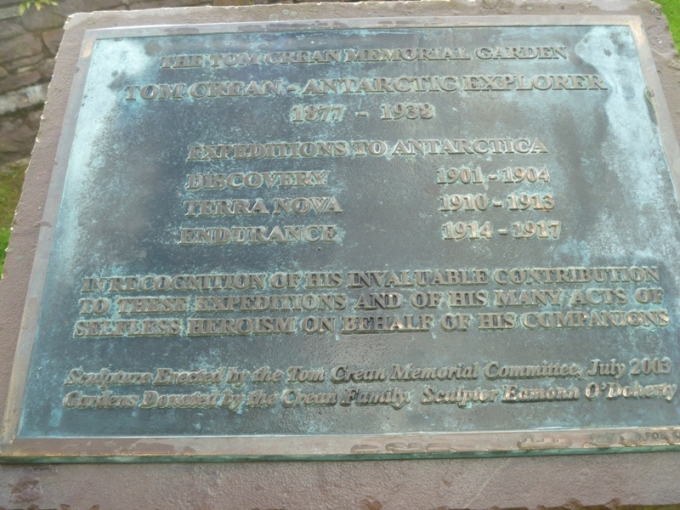
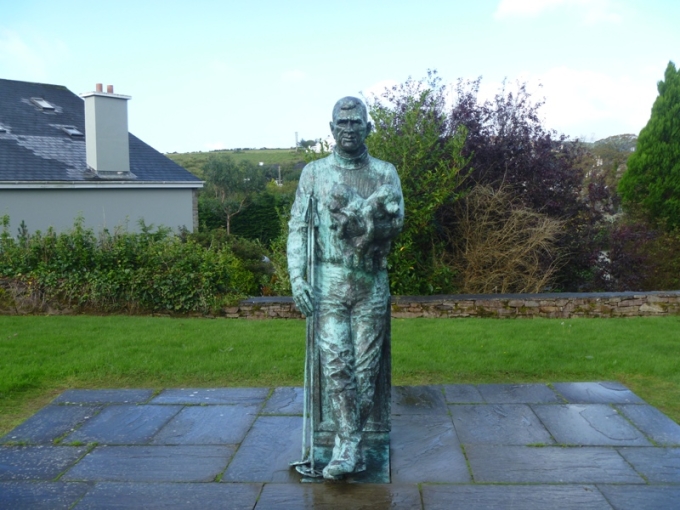
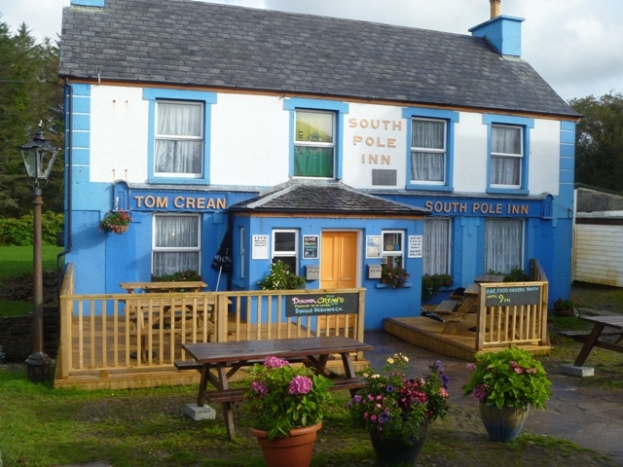
Here we had a nice lunch washed down with a welcome pint of Guinness and said farewell and thanks a milion to Fr Jim for all his work in preparation for our visit and for his leadership and guidance during the week.
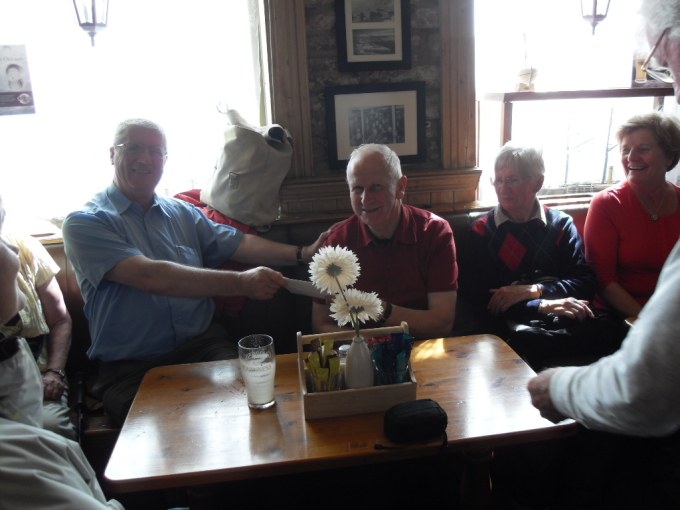
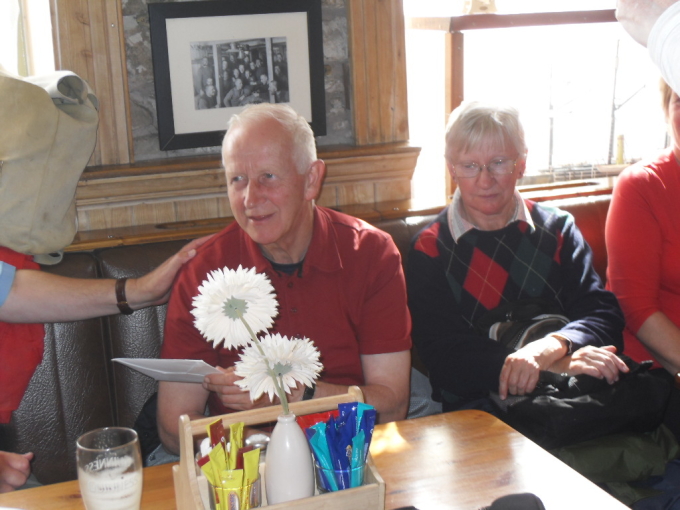
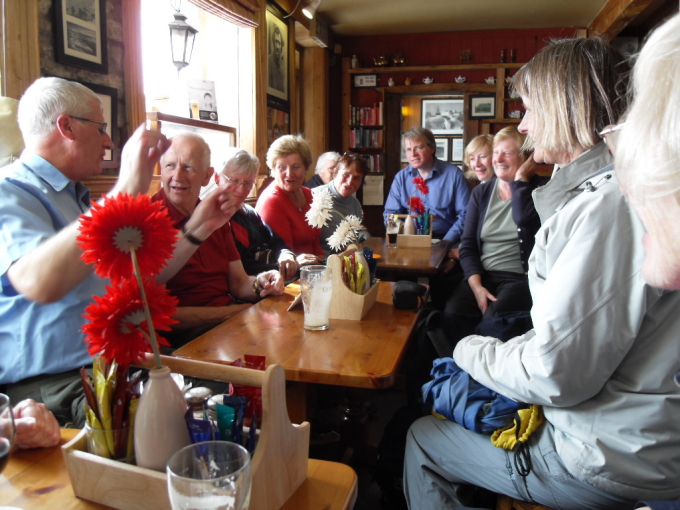
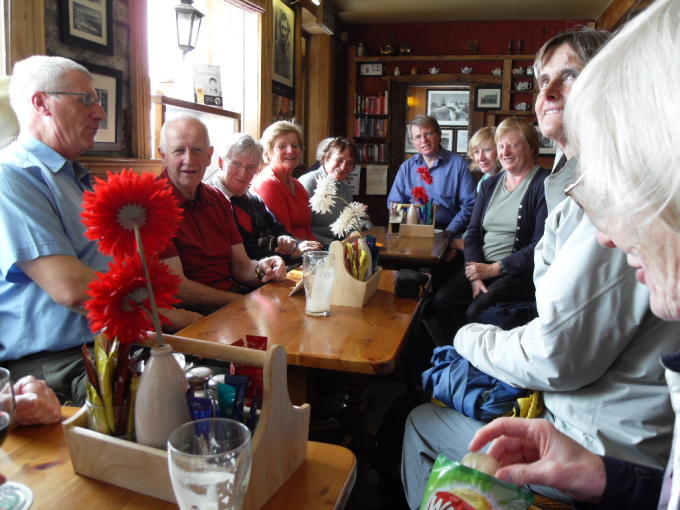
This plaque was on display in the Anascaul Post Office.
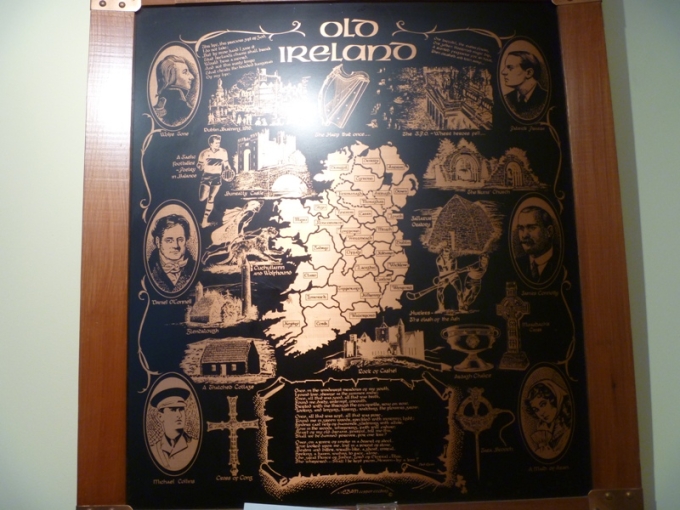
Fortunately Ant's camera recorded some scenes on the walk itself including these ones of the ramblers descending to Anascaul Lake.
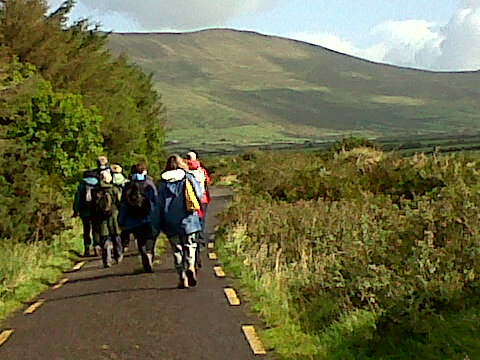
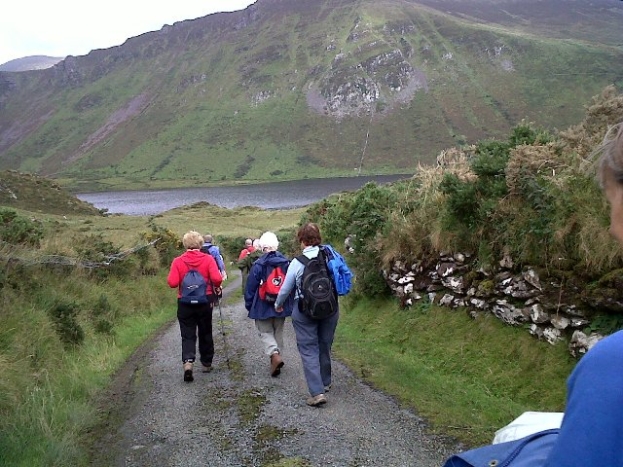
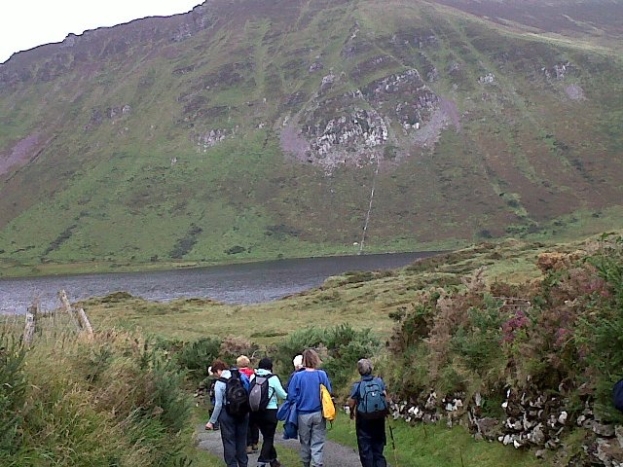
Anascaul Lake itself is named after "Scal na Mhurnain", one of the women associated in legend with Cuchalainn. The legend is that a giant entered into combat with Cuchulainn at the request of Scal. In a boulder throwing contest!! Cuchulainn was hit and, thinking him dead, Scal drowned herself in the lake.
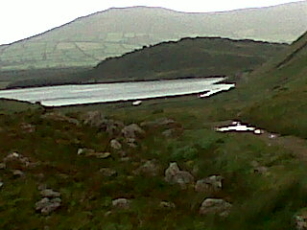
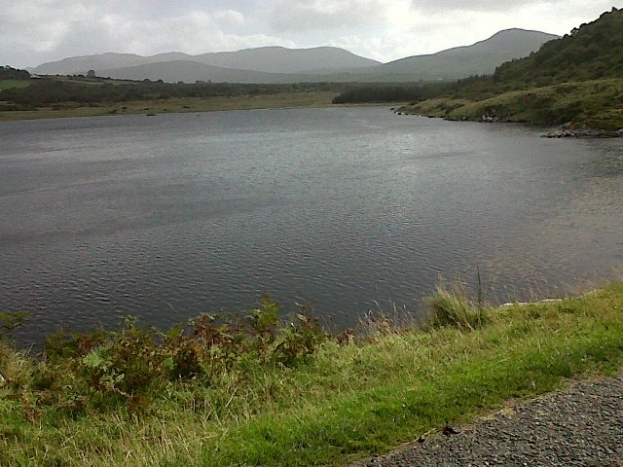
Weather was kind to us and we did not experience any of the notorious Kerry "soft days". But once or twice the rain gear was donned and shelter taken.
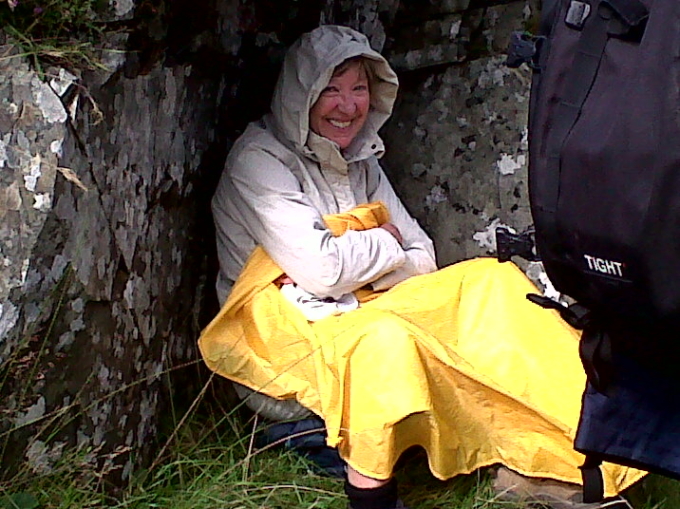
We finished this day's walk with lunch at the South Pole pub and here we said our sad farewell and thank yous to Fr Jim who had made this week possible and devoted much time to preparing and executing our programme for the week.
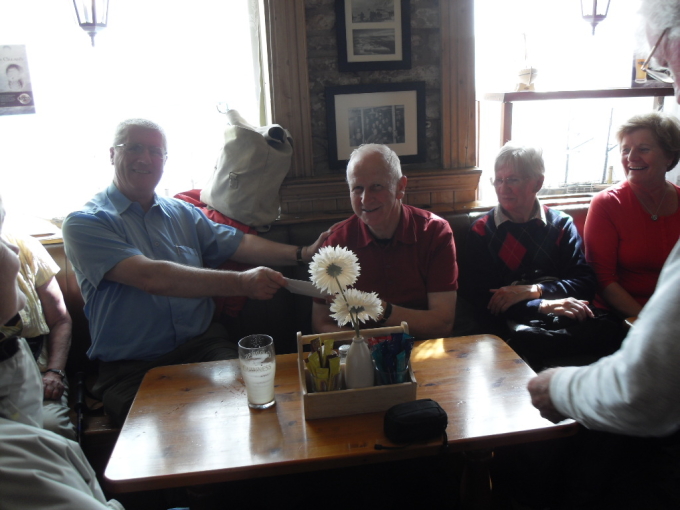
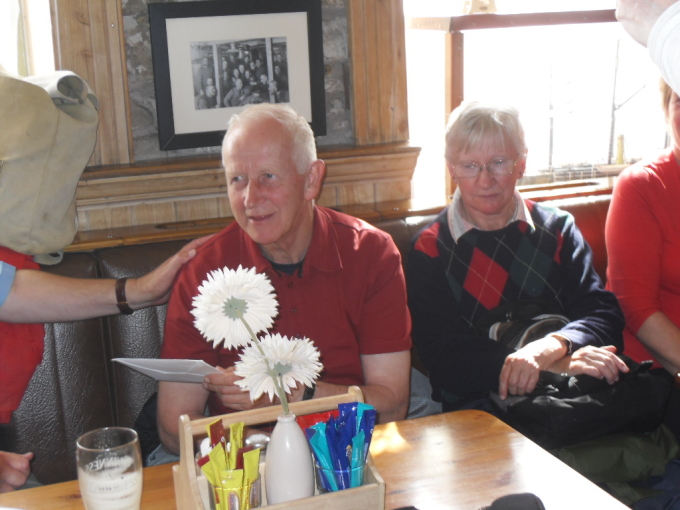
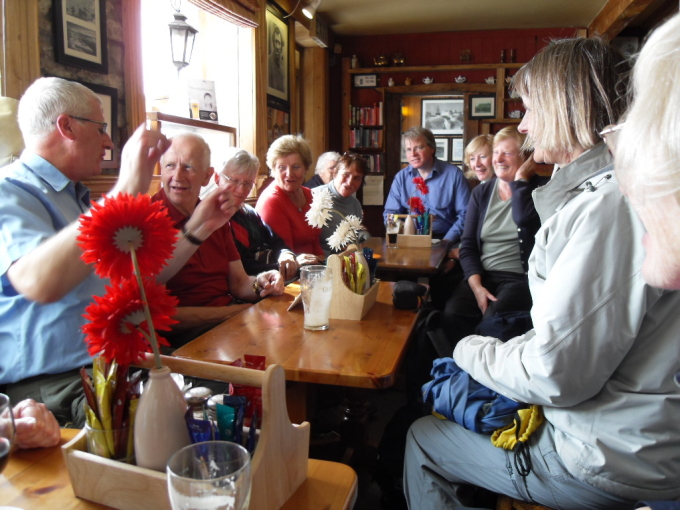
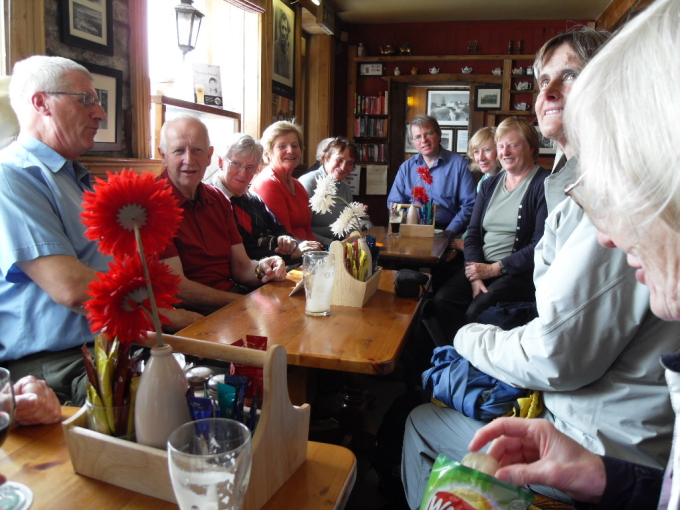
DAY 4: A bad weather forecast caused us to shelve the planned walk on this day and Brendan took us instead on a tour of the Ring of Kerry, probably one of the most enjoyed tours on the world tourist map. Obviously the cameras were well used on that trip and the following are the resulting photographs.
Brendan gallantly volunteered to take group photographs with our cameras.
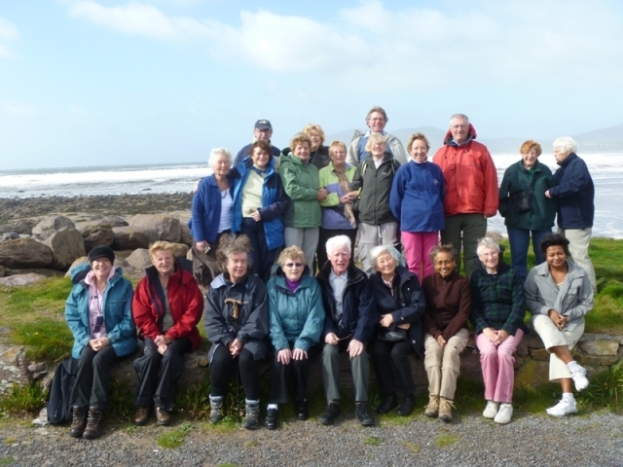
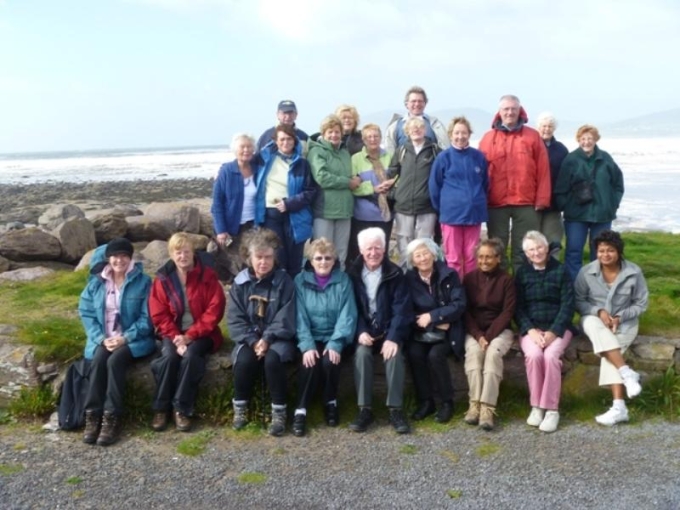
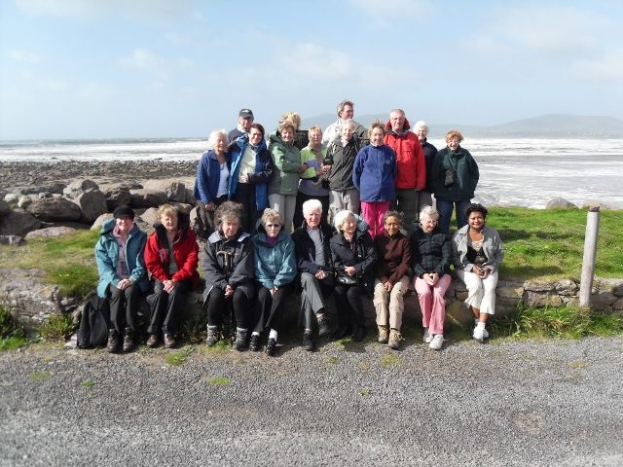
Helen and Brendan have a chat against the background of Waterville Beech.
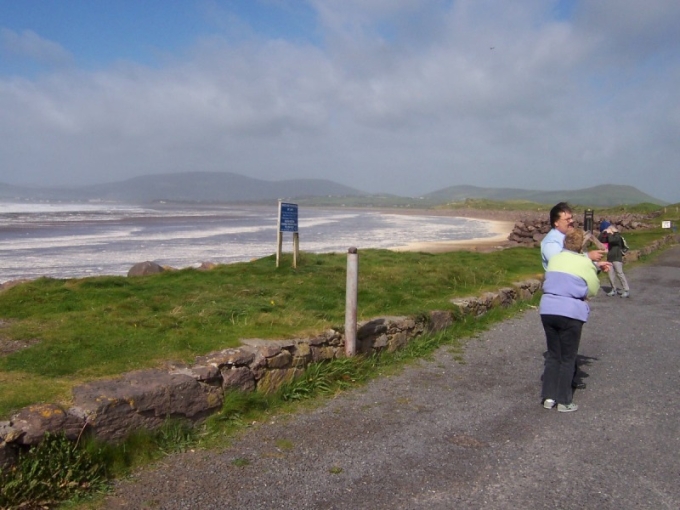
Nearby was this interesting modern example of a carved standing stone.
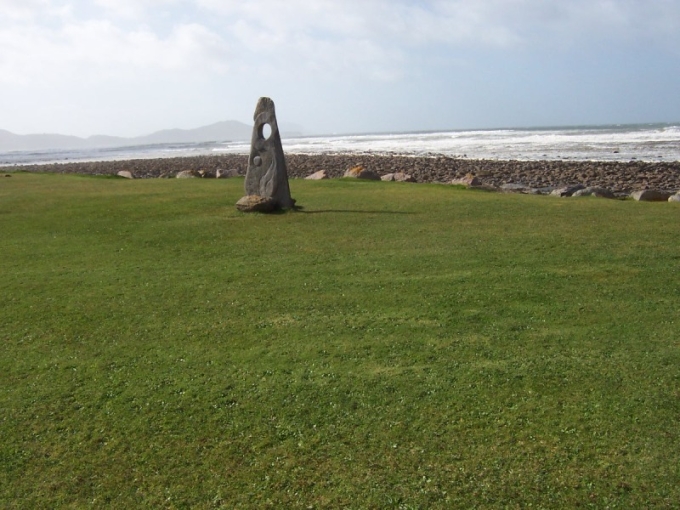
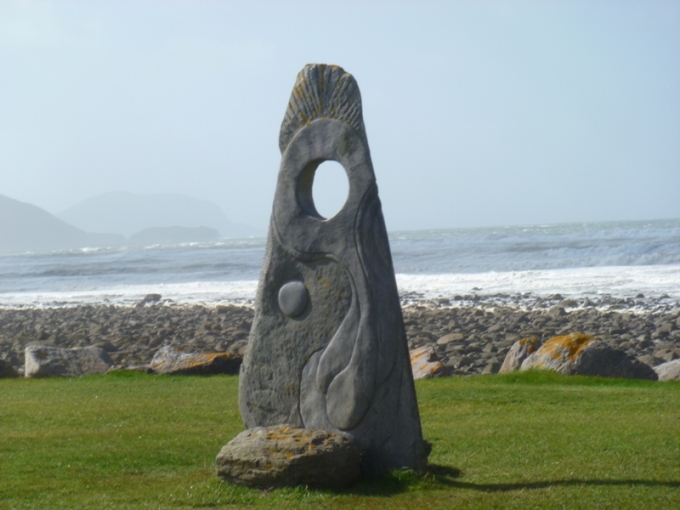
Photocall over we reboard our bus.
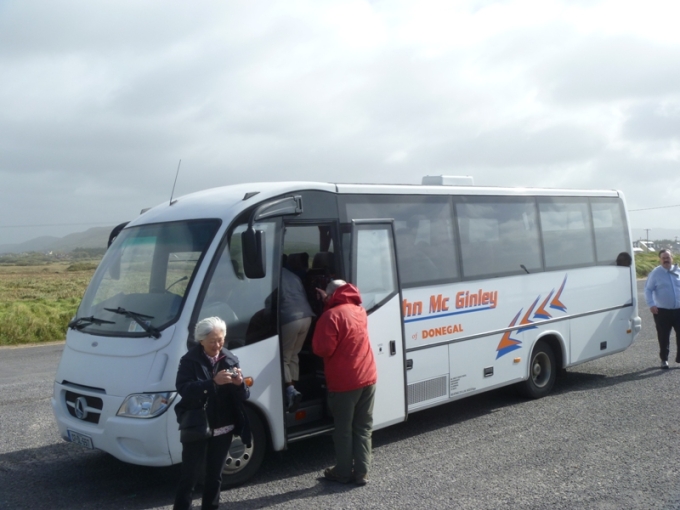
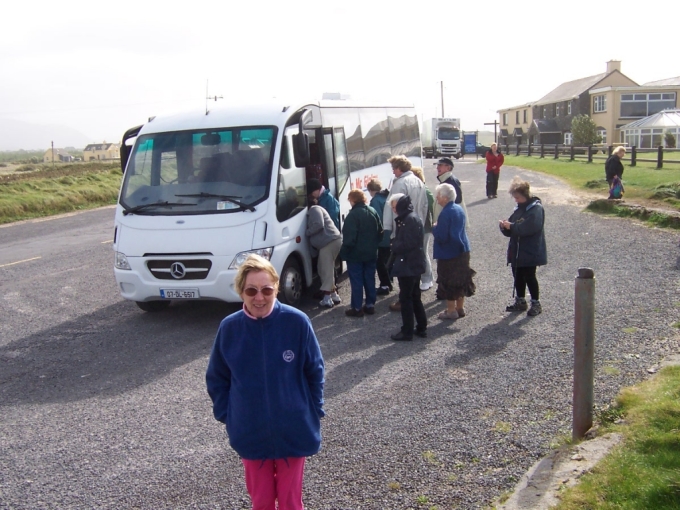
Not forgetting our trusty driver Brendan.
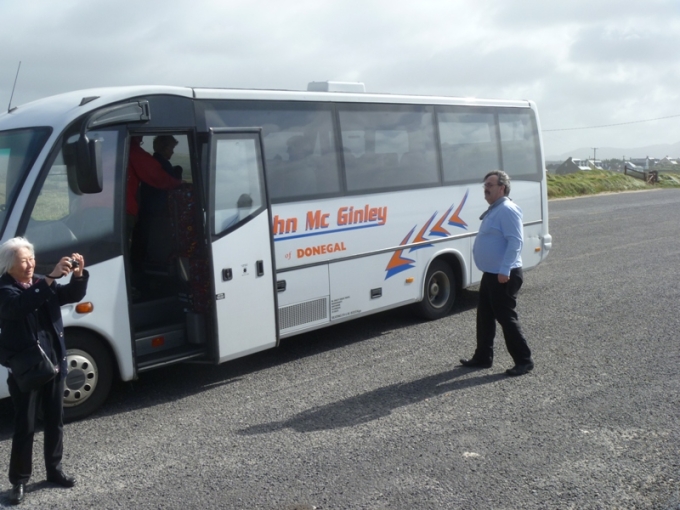
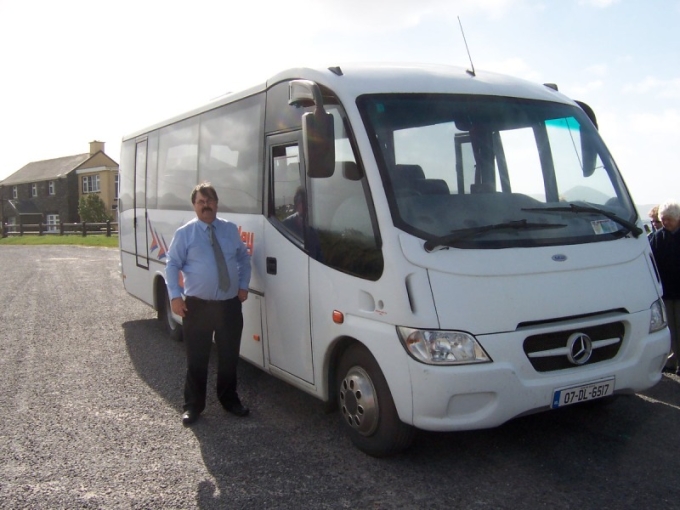
Driving on towards the town of Waterville we passed the local Church on the hill.
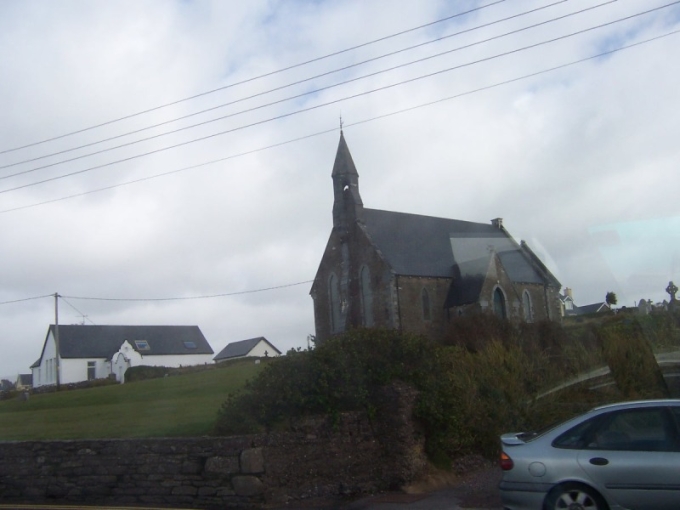
Then a stop at Waterville seafront to view the rough sea and local points of interest.
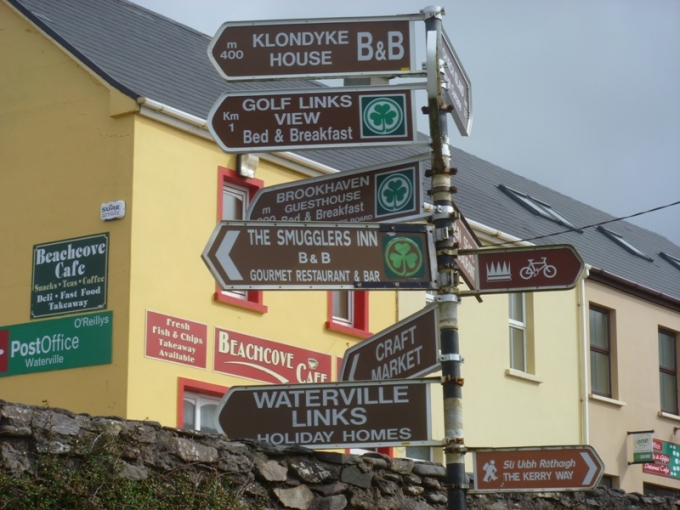
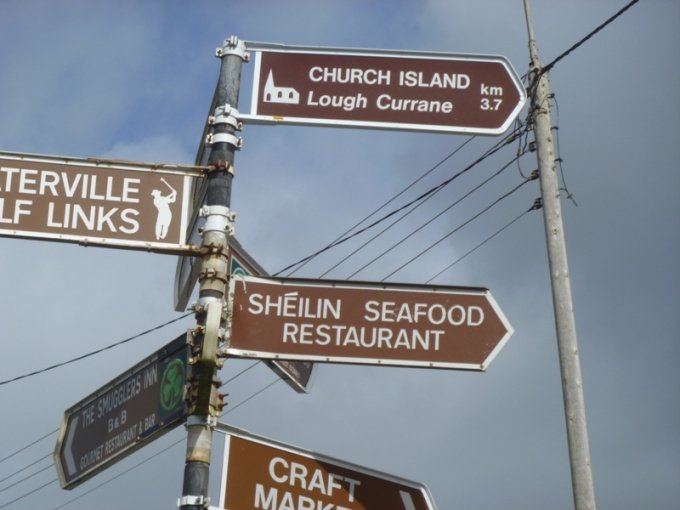
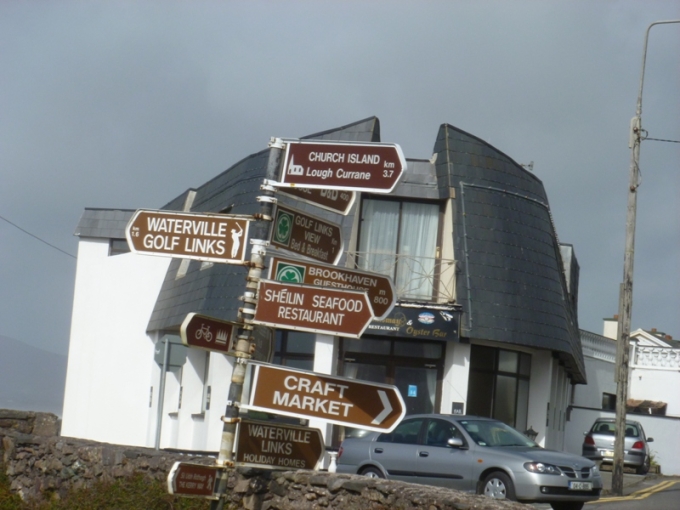
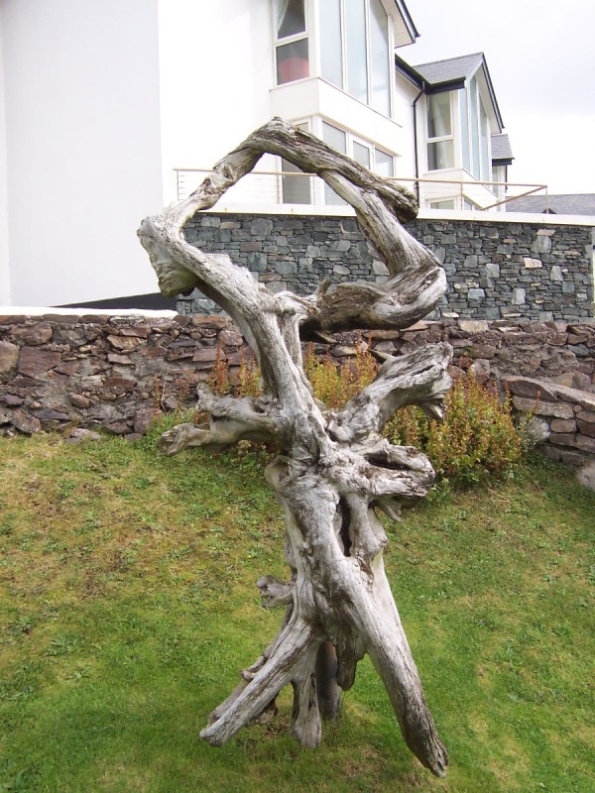
The remains of an old tree made an interesting natural seafront sculpture
No remarks about old relics sticking together please!!
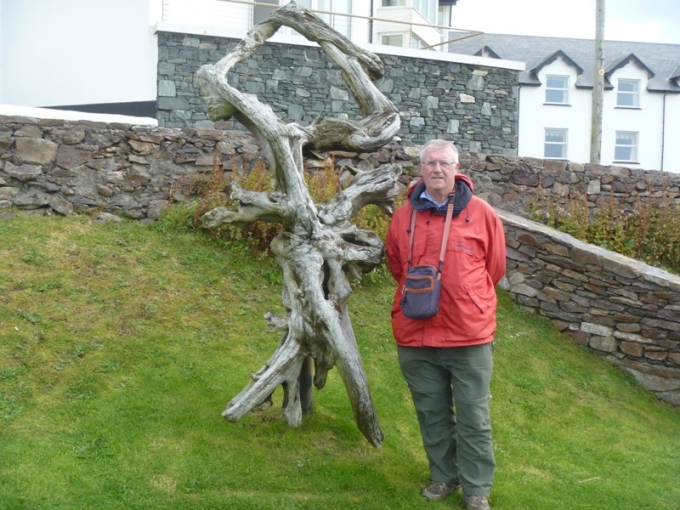
And Views of and from Waterville seafront
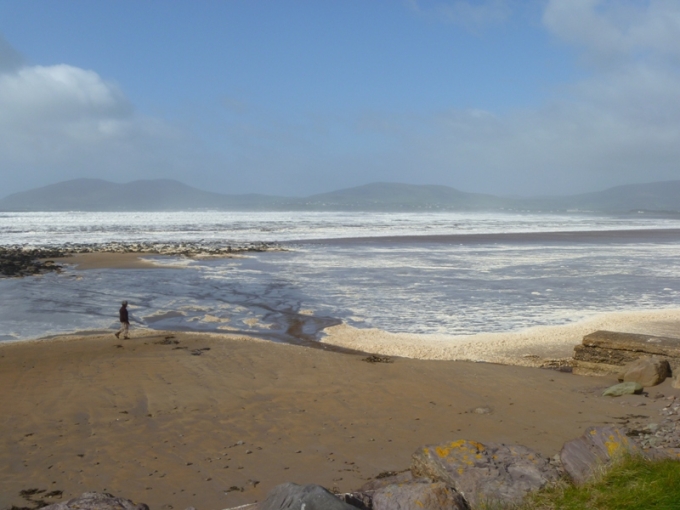
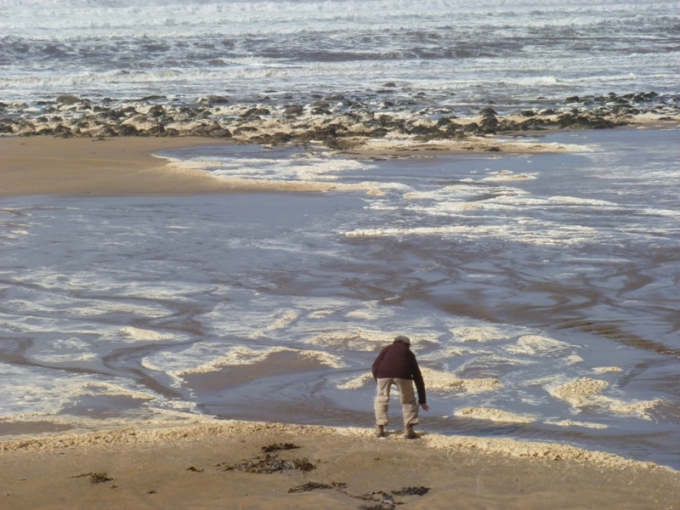
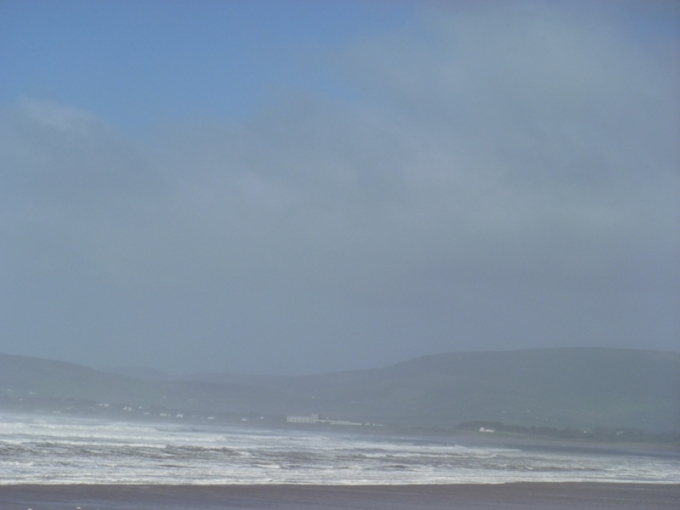
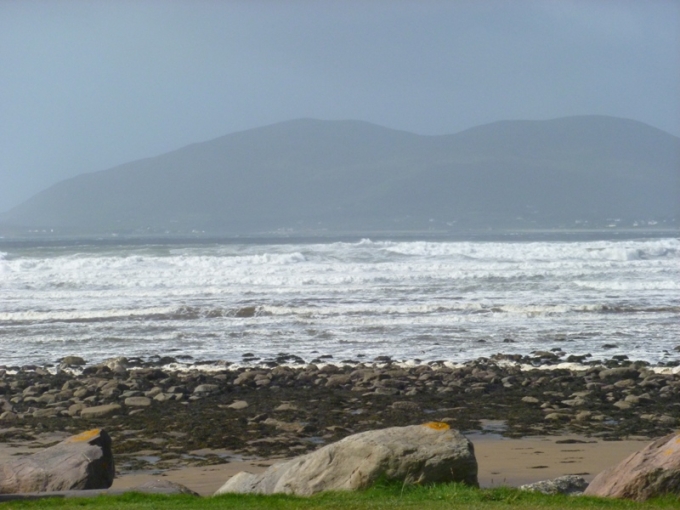
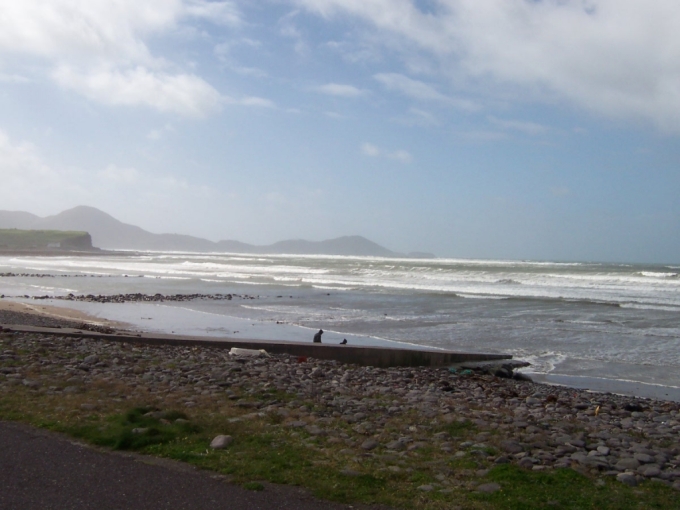
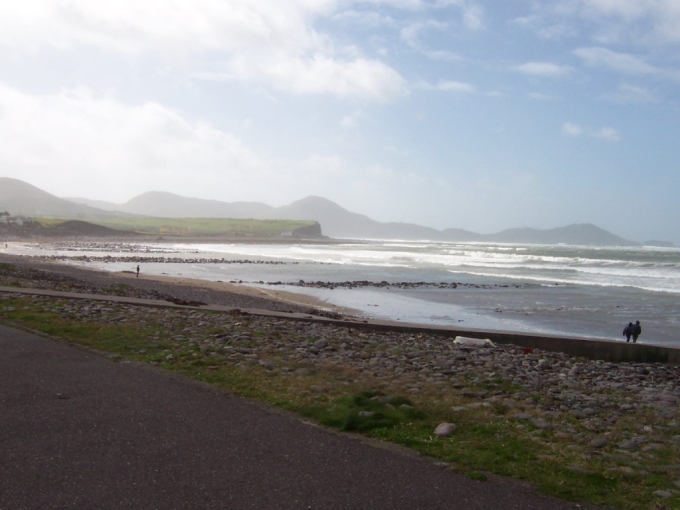
Leaving Waterville behind us we had a scenic drive to Scarrif
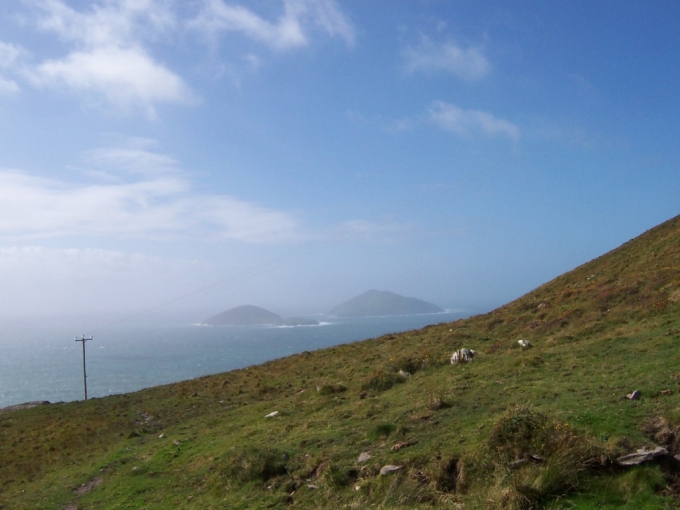
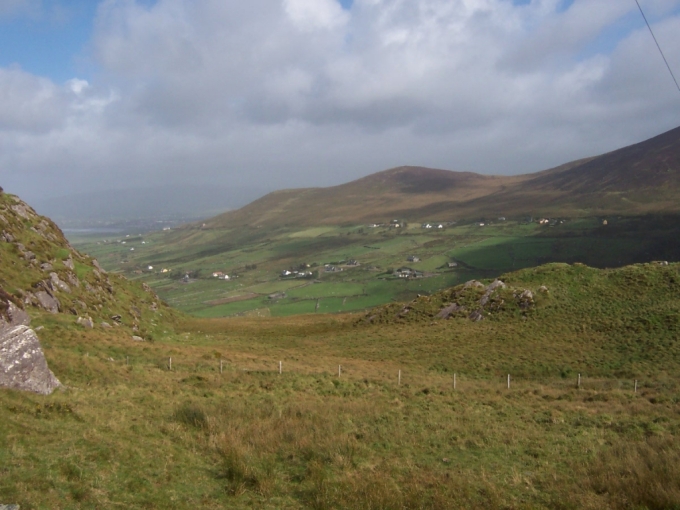
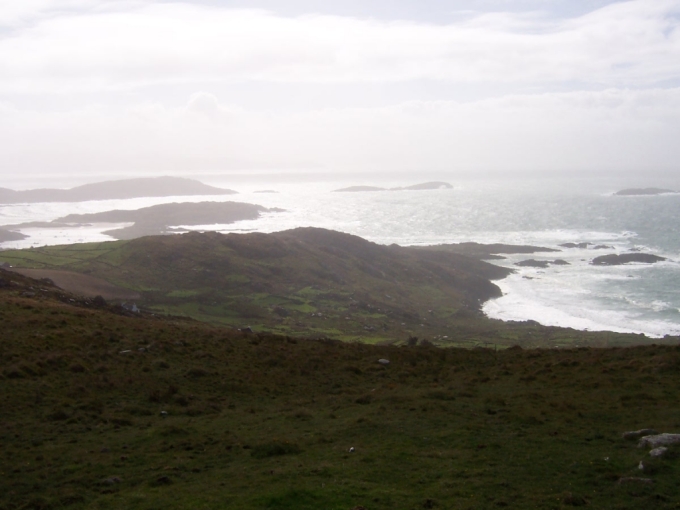
We stopped at a viewing point where we saw the statue known as the "Back to Front Statue" because it is facing inland unlike most sea side statues which face out to sea
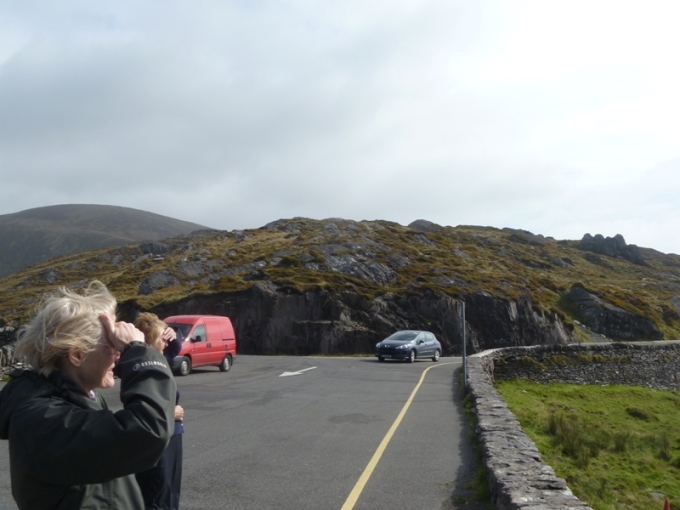
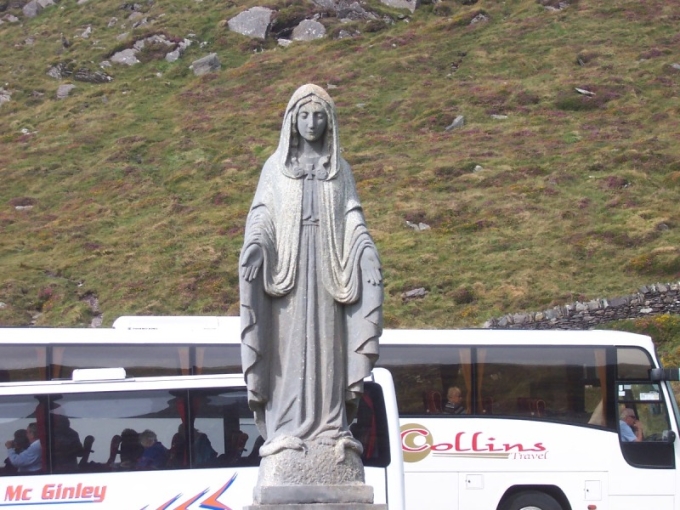
The inscription on the statue reads in English "Put up by the people of this parish and their friends near and far in honour of the immaculate conception in the Marian Year 1954"
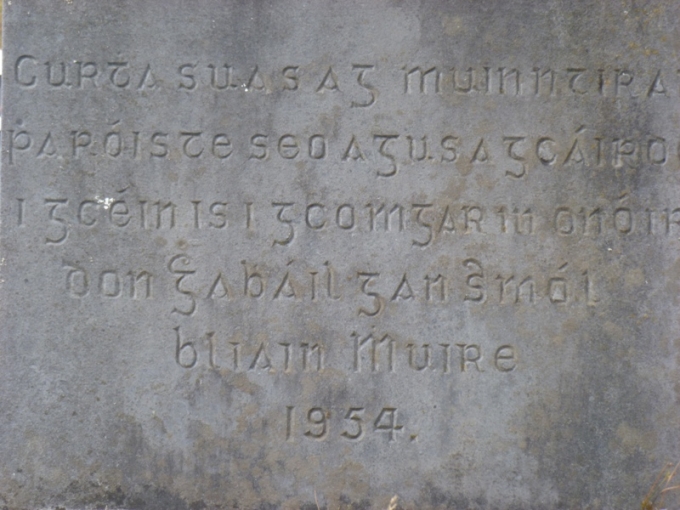
Carrying on with our scenic drive we looked down on Scarrif Bay, which the roadside notice proclaimed to be the best known view in Ireland, surprising perhaps to those of us who were brought up on pictures of Ladies View (see below), Gap of Dunloe etc.
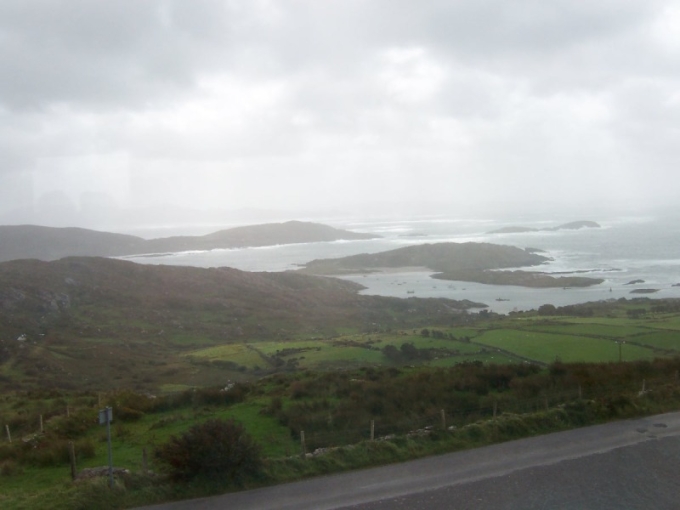
But we saw lots more sights also.
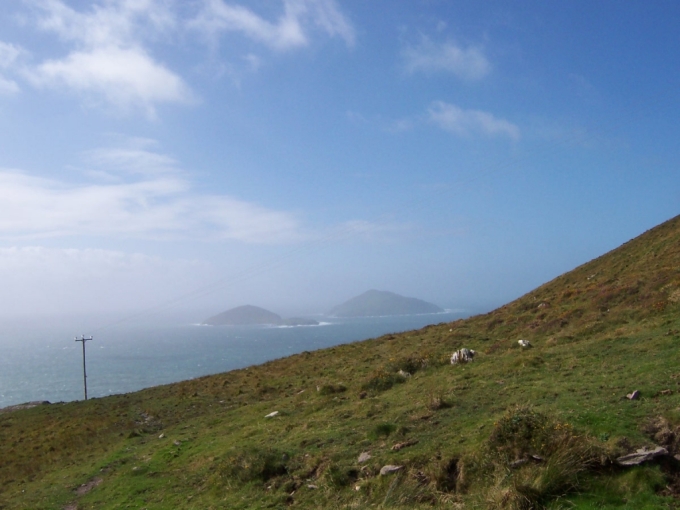
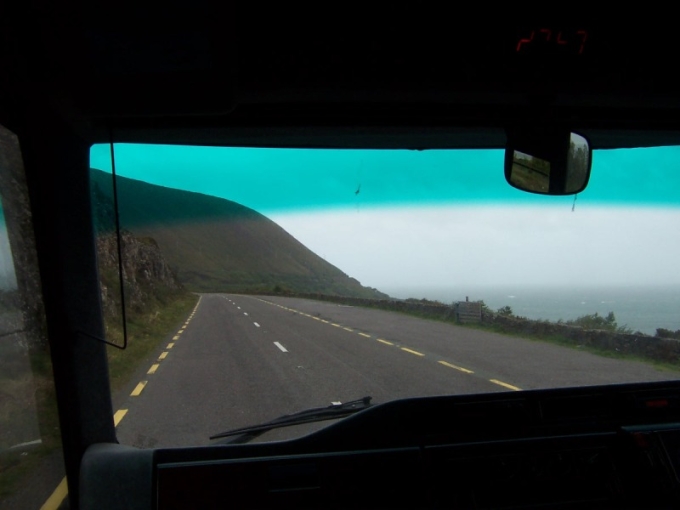
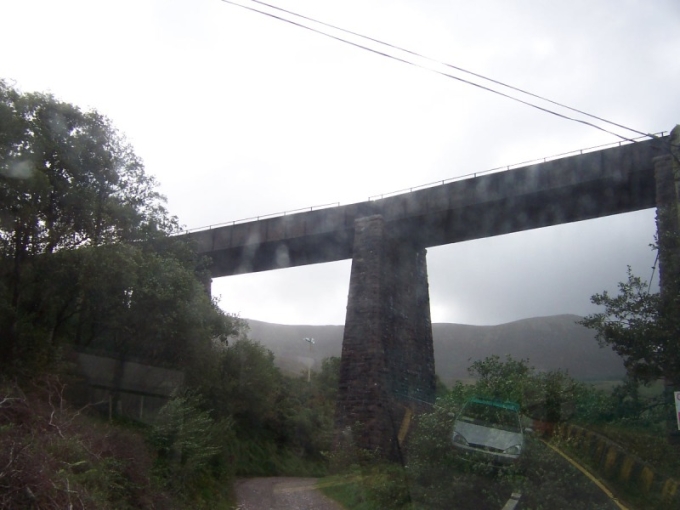
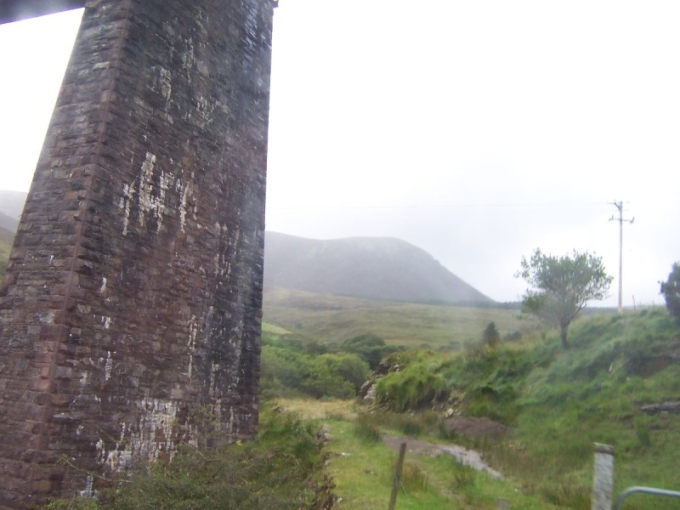
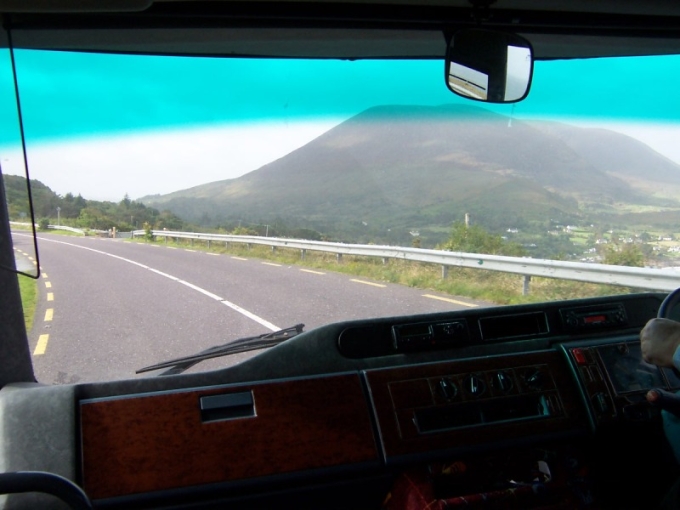
At Scarrif Brendan had arranged for us to have lunch and we got a real Irish welcome from the restaurant management.
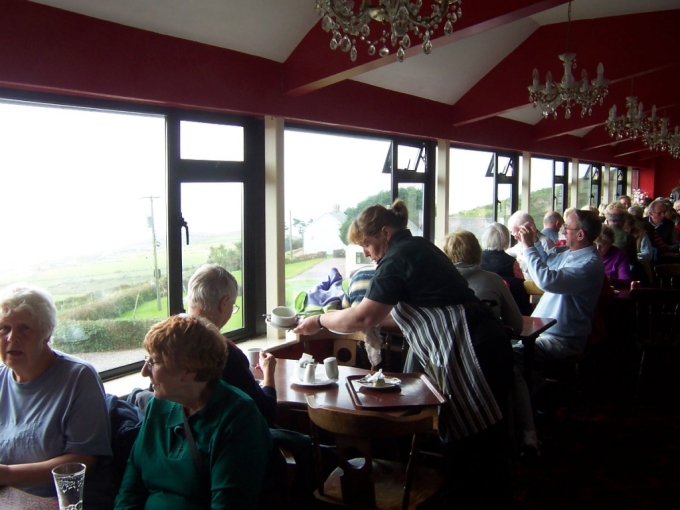
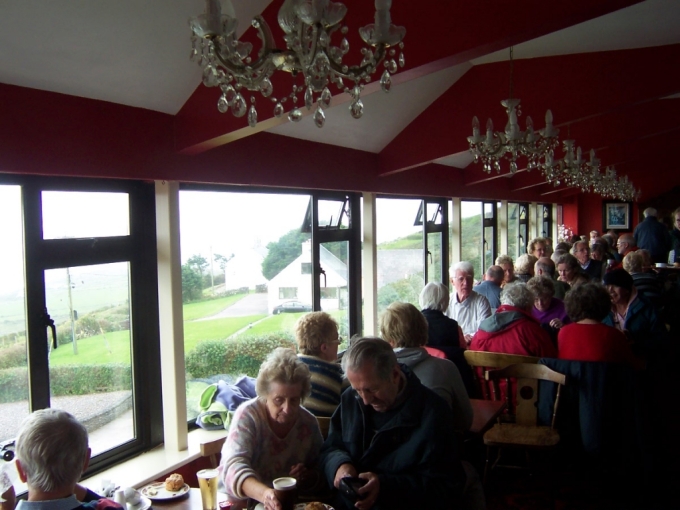
And then a last few views of Scarrif before setting out for the afternoon drive
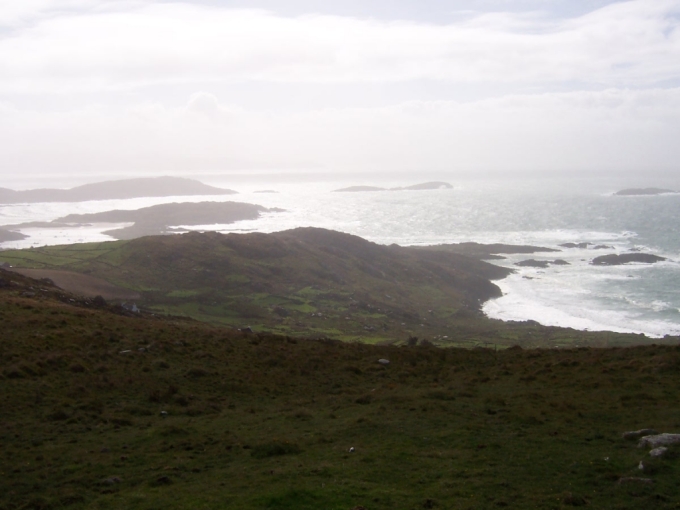
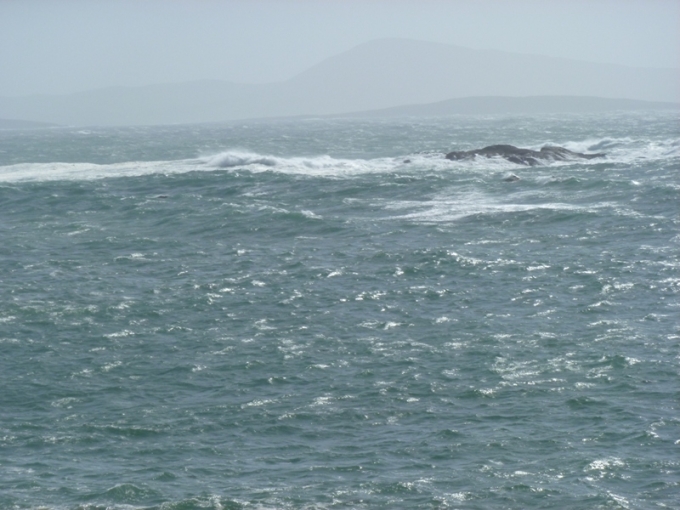
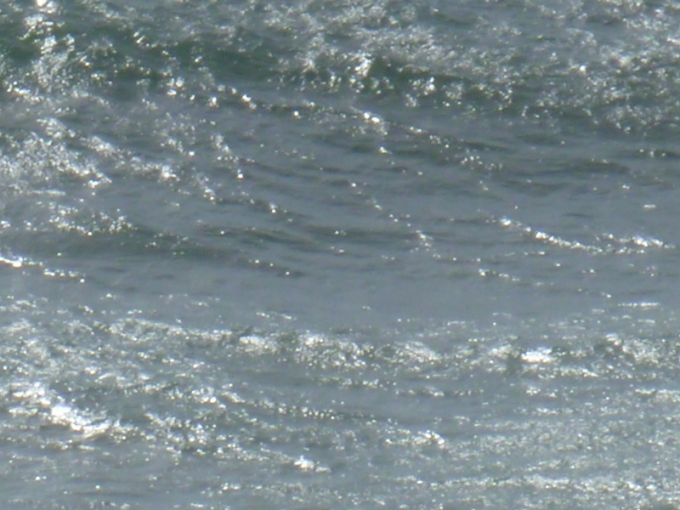
The afternoon drive took us to such world renowned beauty spots as Ladies View, Moll's Gap and Muckross, although time pressures did not allow us to spend much time at these.
These next few shots were taken in the vicinity of Ladies View by Helen and Ant.
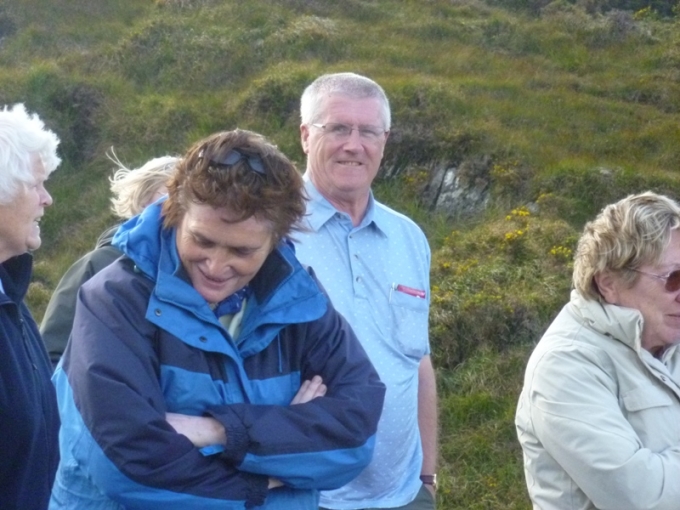
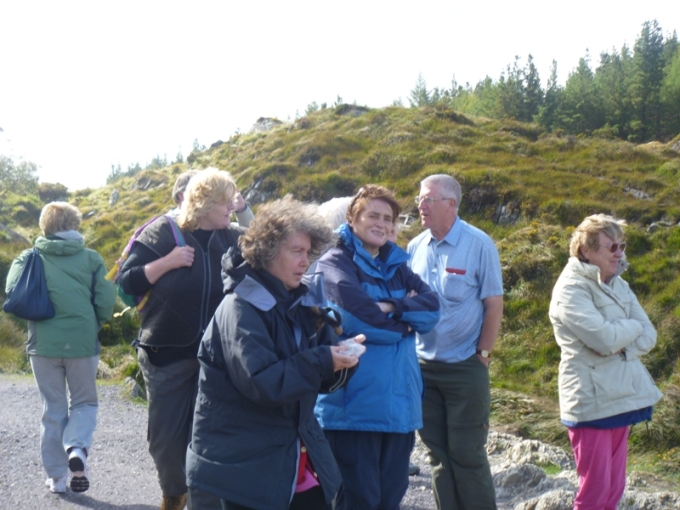
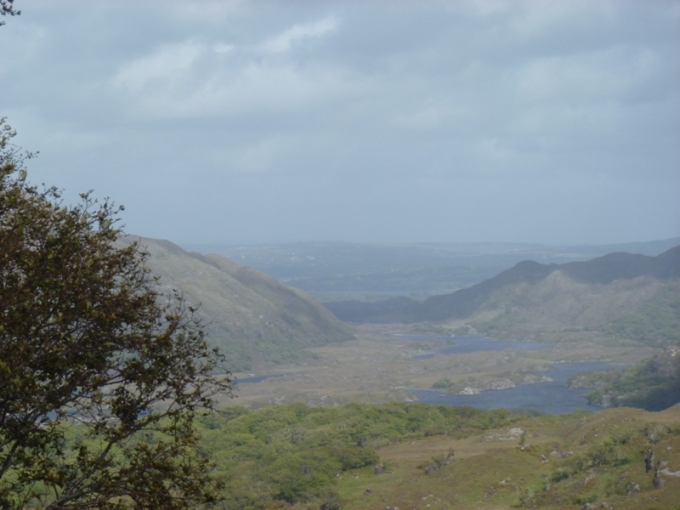
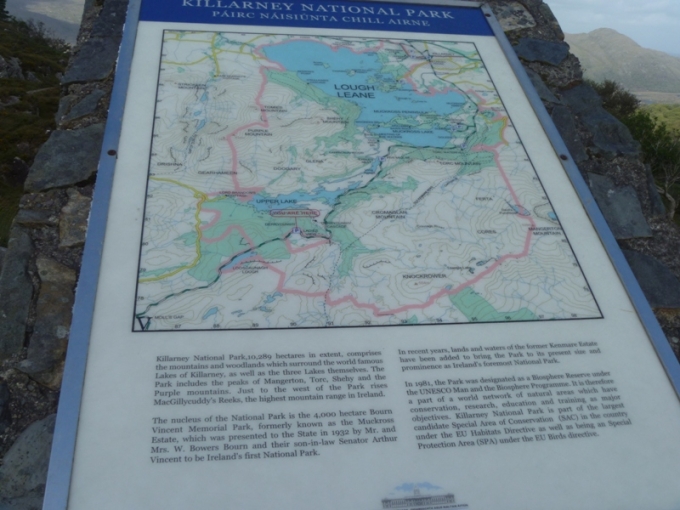
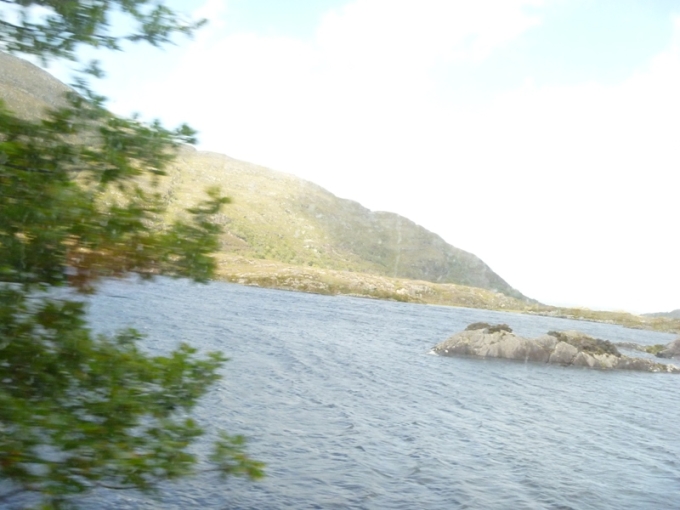
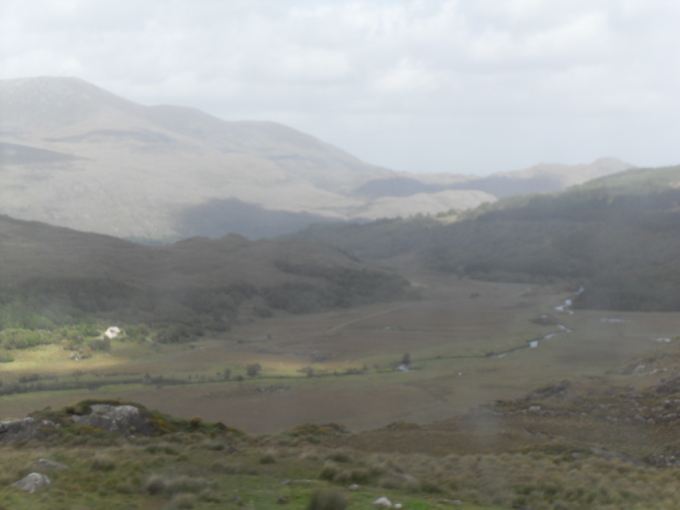
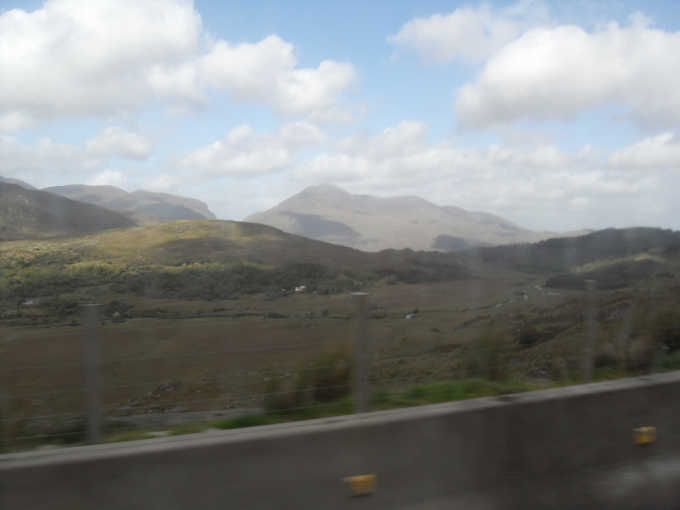
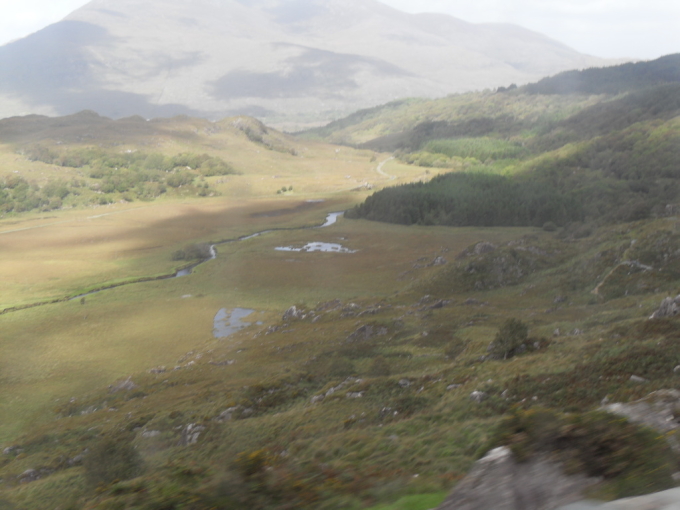
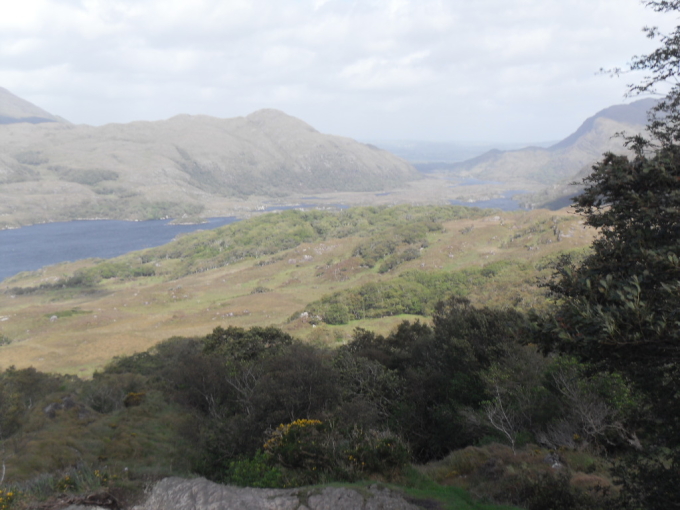
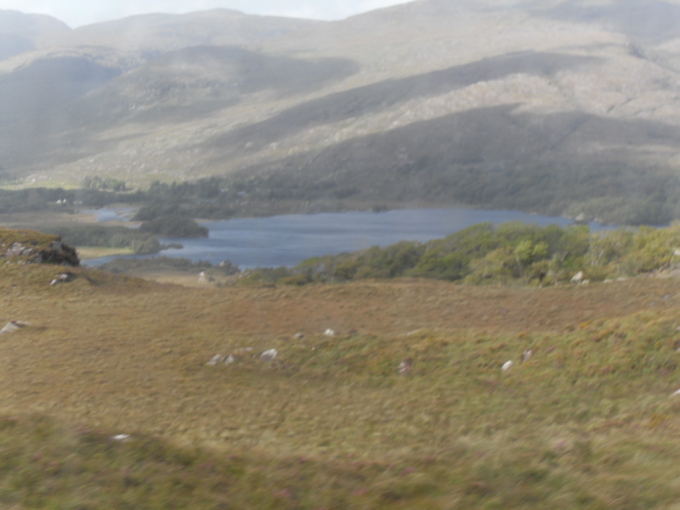
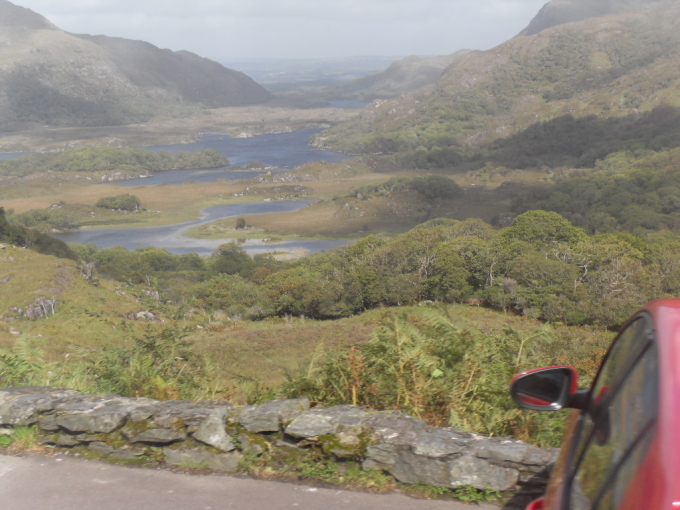
A few of our group managed to get to Muckross Lake itself and Ant got a couple of shots
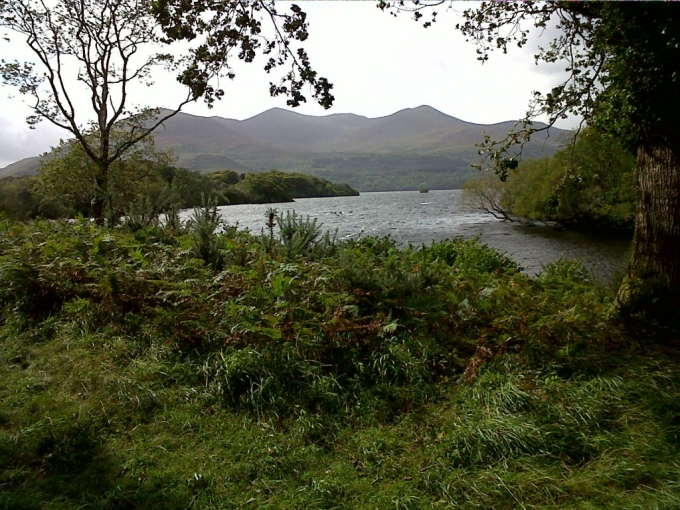
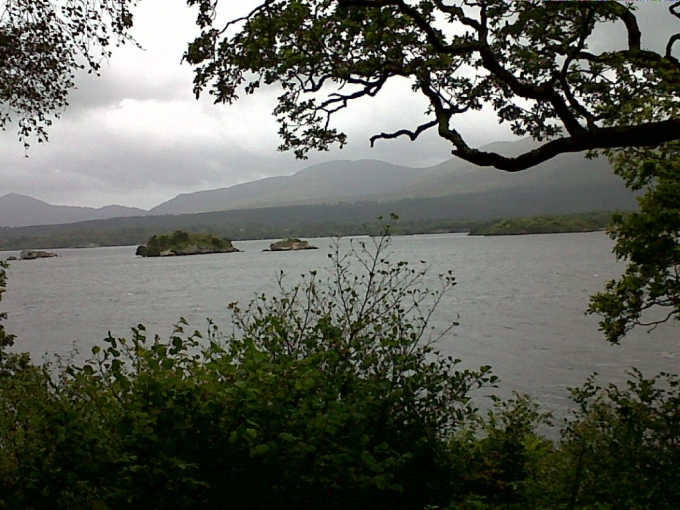
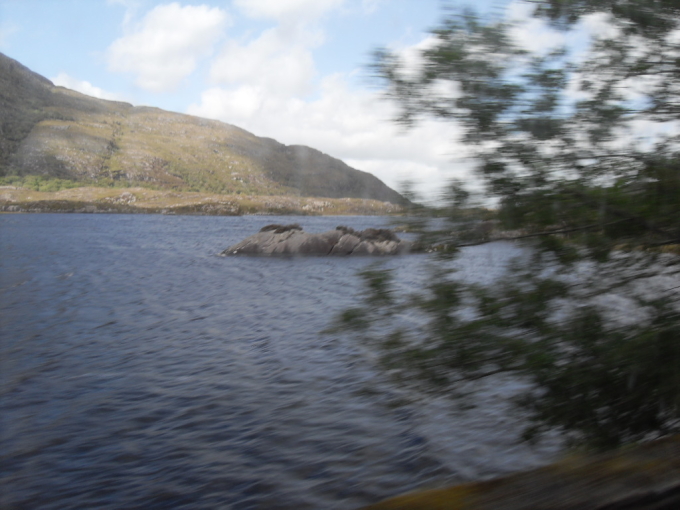
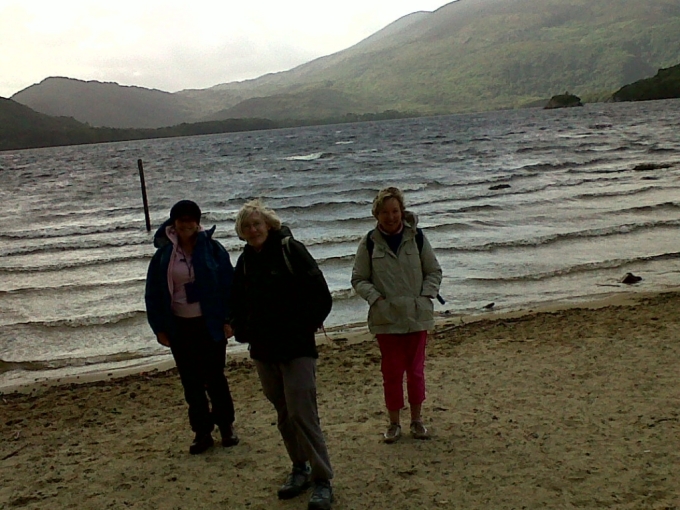
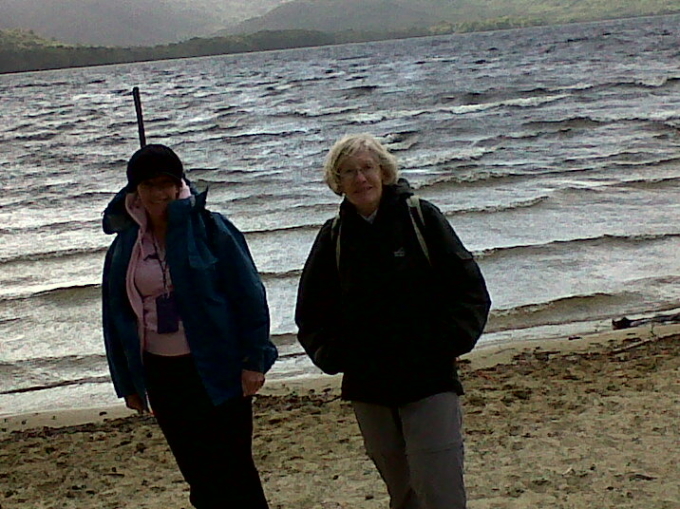
Earlier in the day we had visited the Bog museum and the Foxhunter pub where the foxhunter was presented as a stuffed fox with booty under one arm and a shotgun under the other!!
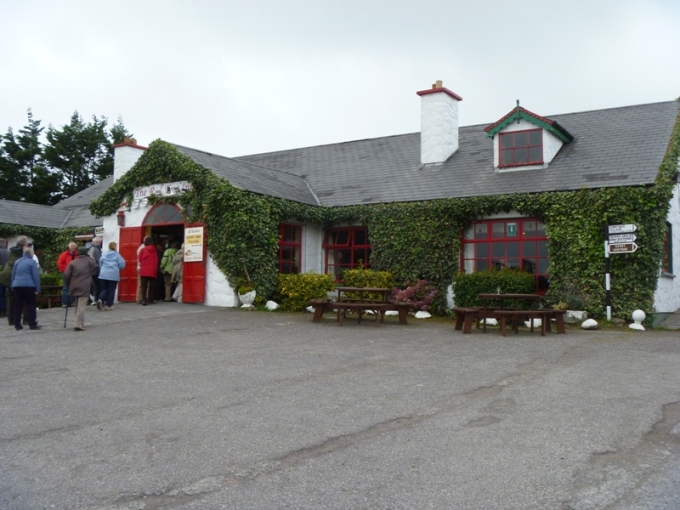
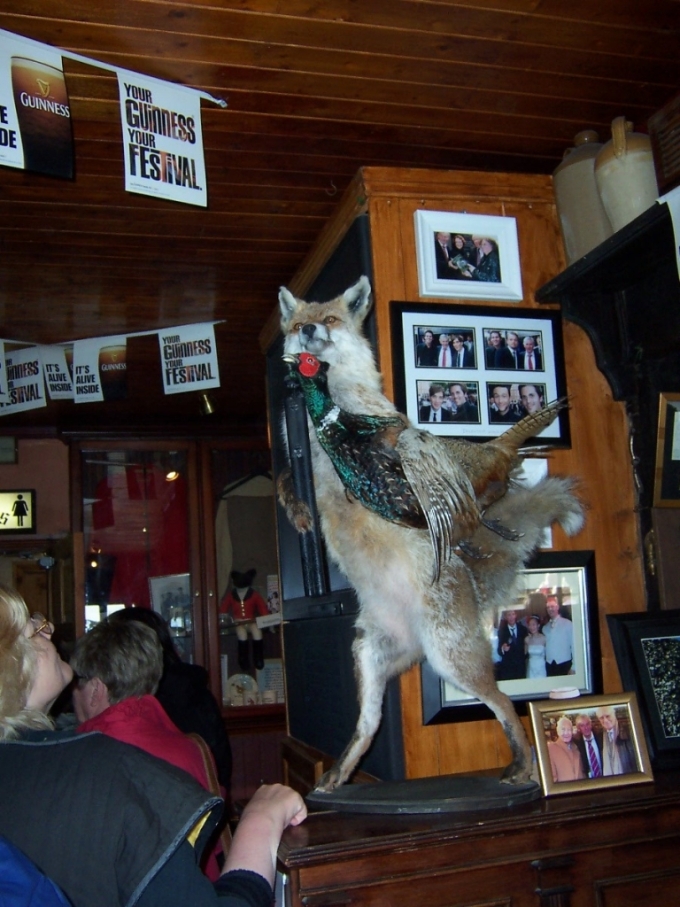
The Foxhunter also hosts the Irish Bog museum presenting the history of the development of the bogs over thousands of years.
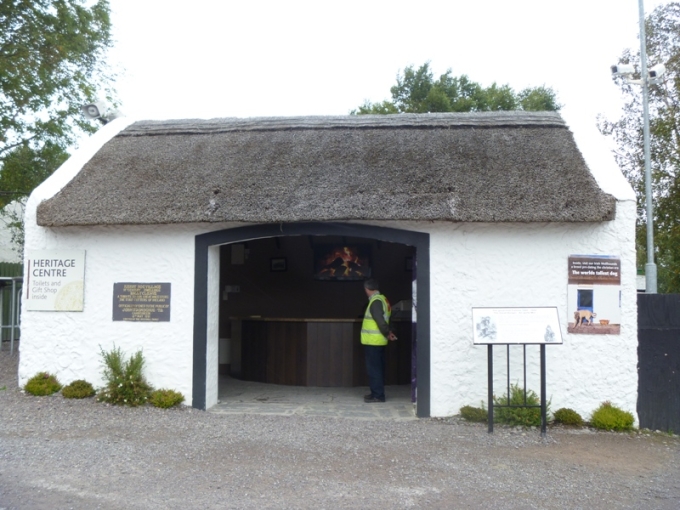
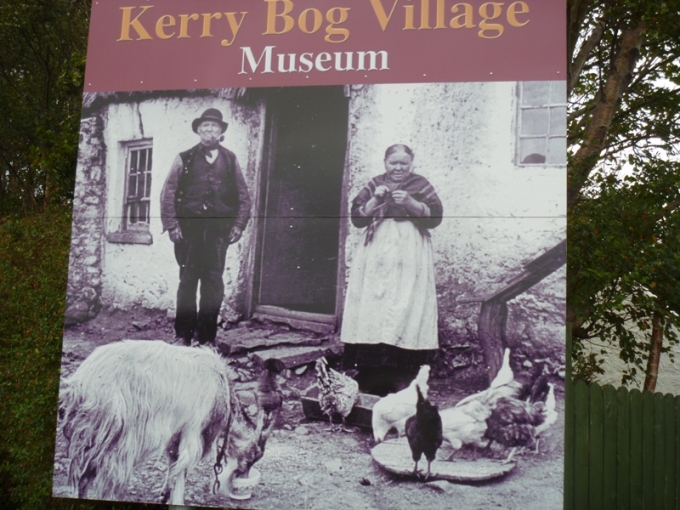
On our way back from Tralee to Dublin Airport we passed Monegal, the town from which Barak Obama's ancesters emigrated to America in the nineteenth century and Brendan allowed some time to see the commemoration of the President in the town
